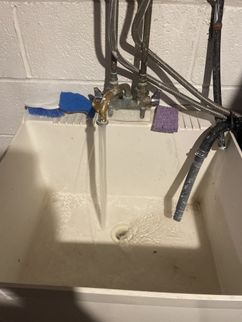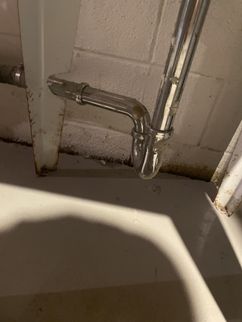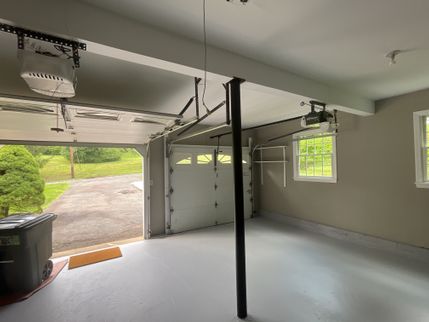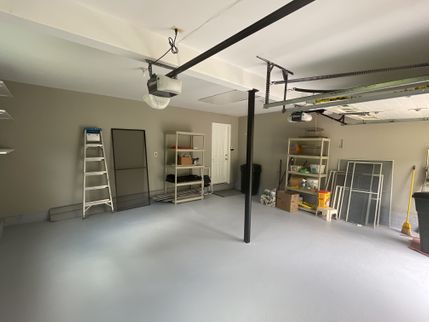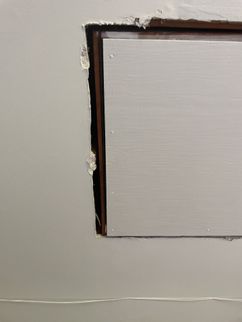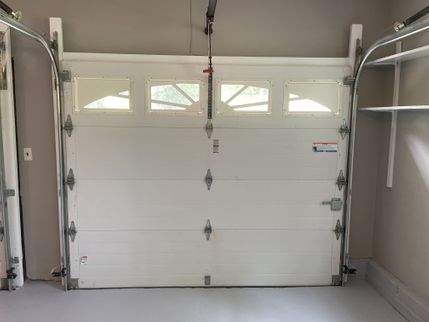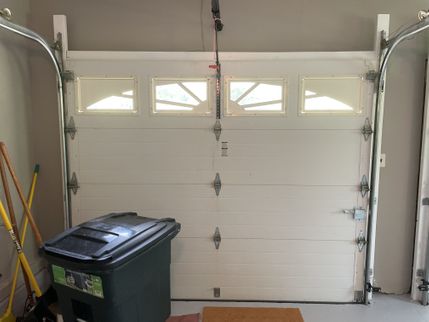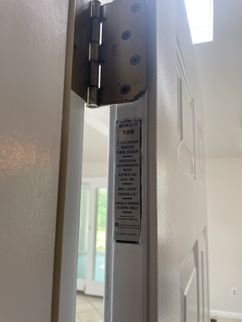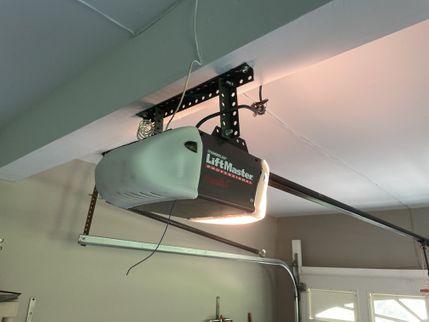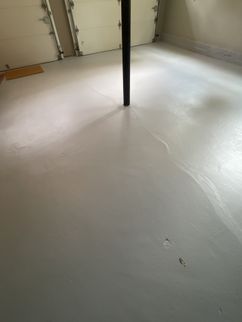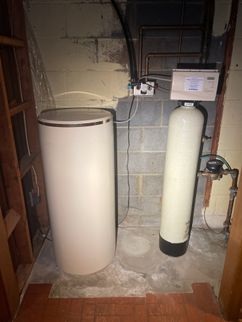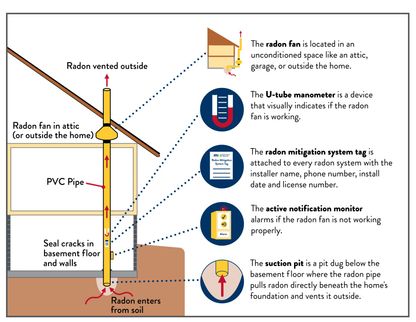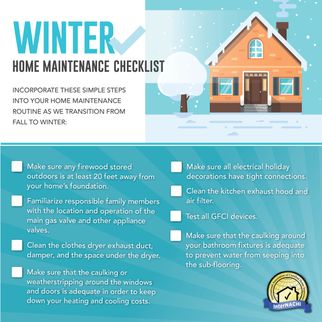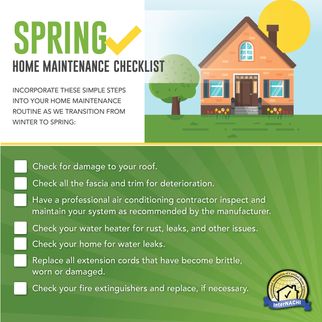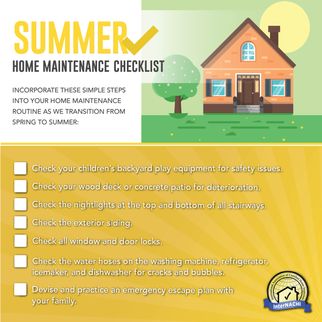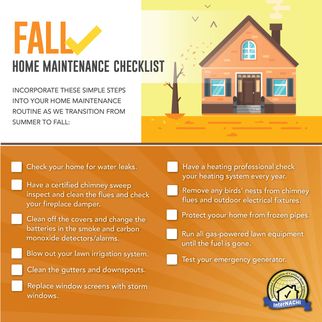
Andrew Merriweather, NJ State License #24GI00200600
The Scope and Purpose of a Home Inspection
Purchasing Property Involves Risk
The purpose of a home inspection is to help reduce the risk associated with the purchase of a structure by providing a professional opinion about the overall condition of the structure. A home inspection is a limited visual inspection and it cannot eliminate this risk. Some homes present more risks than others. We cannot control this, but we try to help educate you about what we don’t know during the inspection process. This is more difficult to convey in a report and one of many reasons why we recommend that you attend the inspection in person.
A Home Inspection is Not a Guarantee, Warranty, or Insurance Policy
This report does not substitute for or serve as a warranty or guarantee of any kind regarding the operation, function, or future reliability of the home and its components, and it should not be relied upon as such. This report is only supplemental to the Sellers Disclosure and Pest (WDI) Inspection Report and should be used alongside these documents, along with quotes and advice from the tradespeople recommended in this report to gain a better understanding of the condition of the home and expected repair costs. Some risk is always involved when purchasing a property and unexpected repairs should be anticipated, as this is unfortunately, a part of home ownership. Home warranties can be purchased separately from insuring firms that provide this service, and are highly recommended as they may cover future repairs on major items and components of the home.
A Home Inspection is Not an Appraisal or Value Judgement
The inspection does not comment on the suitability of the property for any specialized use, the market value of the property or its marketability, the advisability or inadvisability of purchase of the property, or of the insurability of the structure or any of its items or components. It is an objective assessment of the condition of the property at the time of inspection.
A Home Inspection is Visual and Not Destructive
The descriptions and observations in this report are based on a visual inspection of the structure. We inspect the aspects of the structure that can be viewed without dismantling, damaging or disfiguring the structure and without moving furniture and interior furnishings. Areas that are concealed, hidden or inaccessible to view are not covered by this inspection. Some systems cannot be tested during this inspection as testing risks damaging the building. For example, overflow drains on bathtubs are generally not tested because if they were found to be leaking they could damage the finishes below. Our procedures involve non-invasive investigation and non-destructive testing which will limit the scope of the inspection.
This is Not an Inspection for Code Compliance
This inspection and report are not intended for city / local code compliance. During the construction process structures are inspected for code compliance by municipal inspectors. Framing is open at this time and conditions can be fully viewed. Framing is not open during inspections of finished homes, and this limits the inspection. All houses fall out of code compliance shortly after they are built, as the codes continually change. National codes are augmented at least every three years for all of the varying disciplines. Municipalities can choose to adopt and phase in sections of the codes on their own timetables. There are generally no requirements to bring older homes into compliance unless substantial renovation is being done.
A Home Inspection is Not Quantitative
A home inspection is not quantitative, when multiple or similar parts of a system, item, or component are found to have a deficiency, the deficiency will be noted in a qualitative manner such as "multiple present" etc. A specific number of deficient parts, pieces, or items will not be given as the repairing contractor will need to evaluate and ascertain the full amount or extent of the deficiency or damage. This is not a technically exhaustive inspection.
This Report is My Opinion
Construction techniques and standards vary. There is no one way to build a house or install a system in a house. The observations in this report my opinions based on my training and experience. Other inspectors and contractors are likely to have some differing opinions. You are welcome to seek opinions from other professionals.
The Scope of This Inspection
This inspection will include the following systems: exterior, roof, structure, drainage, foundation, attic, interior, plumbing, electrical and heating & cooling systems. The evaluation will be based on limited observations that are primarily visual and non-invasive. This inspection and report are qualitative and not quantitative and are not intended to be technically exhaustive.
When systems or components designated in the Standards of Practice were present but were not inspected, the reason(s) the item was not inspected will be stated.
There may be comments made in this report that exceed the required reporting of the NJ Standards of Practice, these comments (if present) were made as a courtesy to give you as much information as possible about the home. Exceeding the Standards of Practice will only happen when I feel I have the experience, knowledge, or evidence to do so. There should be no expectation that the Standards of Practice will be exceeded throughout the inspection, and any comments made that do exceed the standards will be followed by a recommendation for further evaluation and repairs by applicable tradespeople.
I inspect homes to today's safety and building standards. Therefore some recommendations made in this report may have not been required when the home was constructed. Building standards change and are improved for the safety and benefit of the occupants of the home and any repairs and/or upgrades mentioned should be considered for safety, performance, and the longevity of the homes items and components. Although I will address some recommended upgrades in the report, this should not be construed as a full listing of items that could potentially be upgraded.
There are items that are not inspected in a home inspection, including but not limited to: fences and gates, pools and spas, outbuildings or any other detached structure (with the exception of garages or carports), refrigerators, washers / dryers, storm doors and storm windows, screens, window AC units, gas furnace heat exchangers, central vacuum systems, water softeners, alarm and intercom systems, and any item that is not a permanent attached component of the home. Drop ceiling tiles are not removed, as they are easily damaged. Subterranean systems are also excluded, including but not limited to: sewer lines, septic tanks, water delivery systems, and underground fuel storage tanks.
In the report, there may be specific references to areas and items that were inaccessible or only partly accessible. I can make no representations regarding conditions that may be present in these areas that were concealed or inaccessible for review.
Water and fuel shut off valves are not operated under any circumstances. Circuit breakers are not tripped or reset. Any component or appliance that is unplugged or "shut off" is not turned on or connected for the sake of evaluation. I don't have knowledge of why a component may be shut down, and will not risk damage that may result from activating said components/appliances.
Also not reported on are the causes of the need for a repair; The methods, materials, and costs of corrections; any component or system that was not observed; or the strength, adequacy, design, or efficiency of any system or component.
Lastly, the inspector will not enter any area or perform any procedure that may damage the property or its components or be dangerous to the home inspector or other persons; operate any system or component that is shut down or otherwise inoperable; operate any system or component that does not respond to normal operating controls; Disturb insulation, move personal items, panels, furniture, equipment, plant life, soil, snow, ice, or debris that obstructs access or visibility.
Your Expectations
The overall goal of a home inspection is to help ensure that your expectations are appropriate with the house you are proposing to buy. To this end we assist with discovery by showing and documenting observations during the home inspection. This should not be mistaken for a technically exhaustive inspection designed to uncover every defect with a building. Such inspections are available but they are generally cost-prohibitive to most homebuyers.
This inspection is not equal to extended day-to-day exposure and will not reveal every concern or issue that may be present, but only those significant defects that were accessible and visible at the time of inspection. This inspection cannot predict future conditions, or determine if latent or concealed defects are present. The statements made in this report reflect the conditions existing at the time of inspection only. Time, seasonal changes, and differing weather conditions may reveal deficiencies that were not present at the time of inspection, including but not limited to: roof leaks, water infiltration into crawl spaces or basements, leaks beneath sinks, tubs, and toilets; additionally, the walls, doors, and flooring, may be damaged during moving, etc. Refer to the NJAC at the end of the report and the Inspection agreement regarding the scope and limitations of this inspection.
Your Participation is Requested
Your presence is requested during this inspection. A written report will not substitute for all the possible information that can be conveyed verbally by a shared visual observation of the conditions of the property.
Who Should Perform Repairs?
In my narrative observations, I may recommend evaluation, repair, or other actions be performed by "a qualified professional." The intention is that, for a trade that requires a license - electrical work, plumbing, HVAC, engineering, pest control application, general contractors, etc. - a licensed individual is contracted to perform the work. For work that does not require a professional license, the person hired should nonetheless be qualified to make the appropriate repairs. I encourage you to get multiple estimates for all repairs. Any suggested causes of damage, defects, or methods of repair mentioned in this report are included as courtesy to assist you in better understanding the condition of the home, and are my opinion only from the standpoint of a visual inspection. Contractors or other licensed professionals will have the final determination on the causes of damage/deficiencies, and the best methods of repairs, due to being invasive with their evaluation. Their evaluation supersedes the information found in this report.
Notice to Third Parties
This report is solely for the use of 1965 Single Family Sample (the Client). Unauthorized use or distribution to any third parties is prohibited. The report and its supporting inspection represent the state of the property at the time of inspection, and was created under contract for the sole use of the named Client. It should not be relied upon by any other parties for any other purposes. Liability under this report is limited to the party for whom it was originally prepared.
How to Read This Report
Getting the Information to You
This report is designed to deliver important and technical information in a way that is easy for anyone to access and understand. If you are in a hurry, you can take a quick look at our "Summary Page” and quickly get critical information for important decision making. However, we strongly recommend that you take the time to read the full Report, which includes digital photographs, captions, diagrams, descriptions, videos and hot links to additional information.
The best way to get the layers of information that are presented in this report is to read your report online (the HTML version), which will allow you to expand your learning about your house. You will notice some words or series of words highlighted in blue and underlined – clicking on these will provide you with a link to additional information. The HTML version of this report also contains streaming videos. Short video clips often contain important information and critical context and sounds that can be difficult to capture in words and still pictures.
For the most reliable viewing experience, I recommend viewing the report on as large a screen as practical, as much detail can be lost on small devices like smart phones. For similar reasons, reports should only be printed in color to retain as much detail as possible and minimize misinterpretation of photographs.
This report can also be printed on paper or to a PDF document.
Chapters and Sections
This report is divided into chapters that parcel the home into logical inspection components. Each chapter is broken into sections that relate to a specific system or component of the home. You can navigate between chapters with the click of a button on the left side margin.
Most sections will contain some descriptive information done in black font. Observation narrative, done in colored boxes, will be included if a system or component is found to be significantly deficient in some way or if we wish to provide helpful additional information about the system or the scope of our inspection. If a system or component of the home was deemed to be in satisfactory or serviceable condition for its age, there may be no narrative observation comments in that section and it may simply say “present,” or “inspected.”
Observation Labels
All narrative observations are colored, numbered and labeled to help you find, refer to, and understand the severity of the observation. Observation colors and labels used in this report are:
- Description:Detailed description of various aspects of the property noted during the inspection.
- Note:Refers to aside information and /or any comments elaborating on descriptions of systems in the home or limitations to the home inspection.
- Marginal Defect:These items may be considered defective, in need of repair or replacement, show obvious signs of concern and damage, or may be unsafe. If not addressed, these items will inevitably lead to or directly cause conditions that may adversely affect the value of the property or pose unreasonable safety risks. They require a qualified professional to address properly.
- Minor / Maintenance:This section includes routine maintenance items or handyman / do-it-yourself repairs. It may also include observations of normal wear and aging. These observations are informational in nature and represent more of a future to-do list rather than items of immediate concern. Neglecting these items in the long term, however, may lead to more serious conditions.
- Improve:Observations that are not necessarily defects, but which could be improved for safety, efficiency, or reliability reasons.
- Monitor:Items that should be watched to see if correction may be needed in the future.
- Due Diligence:Observations such as recommending a Level II Chimney Inspection or signs of a buried oil tank that may require further investigation prior to the end of your contingency period to determine the severity and / or urgency of repair.
Pest Inspection
All items with the bug logo () are part of a structural pest inspection. If your inspector included a structural pest inspection as a part of the scope of your home inspection, you can distinguish pest inspection items by this logo. You can also go to the pest inspection summary page to see a summary of the items that are part of a pest inspection.
Summary Page
The Summary Page is designed as a bulleted overview of all the observations noted during inspection. This helpful overview is not a substitution for reading the entire inspection report. The entire report must be read to get a complete understanding of this inspection report as the Summary Page does not include photographs or photo captions.
Component Life Expectancy
Components may be listed as having no deficiencies at the time of inspection, but may fail at any time due to their age or lack of maintenance, that couldn't be determined by the inspector. A life expectancy chart is included in this report. Note that these are average life expectancies and that any component can fail unexpectedly at any time.
Photographs
Photographs are included in your inspection report. These photos are for informational and illustrative purposes only and do not attempt to show every instance or occurrence of a defect. For example, on a roof with damaged shingles, a representative photo or photos of the type of damage observed will be included - every damaged shingle will not be documented.
Moisture Meter Testing
Where moisture meter testing is indicated in this report a Klein ET140 Pinless Meter is used for initial assessments, with follow up by a Flir MR160 in pin mode if needed.
Thermal Images
Thermal images may be included in your report as a courtesy. Thermography exceeds the scope of a home inspection and these images (if present) are for illustrative and informational purposes only. They are intended to convey general information about systems or components and not quantitative analysis. Determining the effectiveness or calibration of any system is beyond the scope of a home inspection and requires evaluation by the appropriate professional.
Typographical Errors
This report is proofread before sending it out, but typographical errors may be present. If any errors are noticed, please feel free to contact me for clarification.
Your Job as a Homeowner
Now that you've bought your home and had your inspection, you may still have some questions about your new house and the items revealed in your report. I am always happy to speak with you, so please don't hesitate to contact me if you need anything.
Home maintenance is a primary responsibility for every homeowner, whether you've lived in several homes of your own or have just purchased your first one. Staying on top of a seasonal home maintenance schedule is important, and I can be a resource for you to help you figure out a maintenance checklist for your home so that you never fall behind. Don't let minor maintenance and routine repairs turn into expensive problems later due to neglect or simply because you aren't sure what needs to be done and when.
Your home inspection report is a great place to start. In addition to the written report, checklists, photos, and what the inspector said during the inspection, not to mention the seller's disclosure and what you noticed yourself, it's easy to become overwhelmed. However, it's likely that your inspection report included mostly maintenance recommendations, the life expectancy for the home's various systems and components, and minor imperfections. These are useful to know about.
The issues that really matter fall into four categories:
- major defects, such as a structural failure;
- things that can lead to major defects, such as a small leak due to a defective roof flashing;
- things that may hinder your ability to finance, legally occupy, or insure the home if not rectified immediately; and
- safety hazards, such as an exposed, live buss bar at the electrical panel.
Anything in these categories should be addressed as soon as possible. Often, a serious problem can be corrected inexpensively to protect both life and property (especially in categories 2 and 4).
Most sellers are honest and are often surprised to learn of defects uncovered during an inspection. It's important to realize that sellers are under no obligation to repair everything mentioned in your inspection report, and that a system or component being old is not in itself a defect. No house is perfect - even brand new homes have things that can be repaired or improved. Keep things in perspective as you move into your new home.
And remember that homeownership is both a joyful experience and an important responsibility, so be sure to call on your InterNACHI Certified Professional Inspector to help you devise an annual maintenance plan that will keep your family safe and your home in good condition for years to come.
Summary
Notes
- ED-4 Exteriors and Decks:
Note that the wood cladding of the front bay window will require regular paint maintenance to protect it from moisture and pests.
- ED-15 Exteriors and Decks:
The deck and landing were under construction at the time of inspection. The completed portions - the posts and footings, ledger boards, flashing, joists, and attachment methods - were satisfactory. Ensure the deck and landing are completed to your satisfaction prior to closing.
- ARC-7 Attic and Roof Cavity:
I did not crawl the attic spaces where there was no ramp or safe way to access the space. Crawling in the V of trusses or on top of framing risks damaging thermal barriers and ceiling finishes and is not a safe way to access an attic. This limited inspection of this space.
- ARC-8 Attic and Roof Cavity:
Note that parts of this house have a vaulted ceiling configuration - there is no attic space and no access to inspect roof framing, thermal barriers or fans exhaust ductwork in these vaulted parts of the house.
- ARC-16 Attic and Roof Cavity:
The attic and roof cavity ventilation look to be non-standard. Proper attic ventilation is important for the roofing materials to perform as intended and to reduce chances for condensation problems and heat build-up in the attic. The problem here is the use of ridge vents and gable vents. Most ridge vent manufacturers recommend ridge and soffit vents only to get convective ventilation across the roof decking; the gable wall vents can disrupt this convective air flow. No evidence of problems from this configuration was noted to date and depending on occupant behavior this may not ever cause a problem. If you wish to correct, consult with a qualified general contractor about blocking off existing gable vents.
- HC-3 Heating and Cooling:
Advanced features of digital or smart thermostats, such as programmed schedules, mobile app control, or internet connectivity are not evaluated or tested and are beyond the scope of this inspection. Inquire with the seller for any information or documentation on the full feature set of digital or smart thermostats, and make sure to request any PINs, codes, or logins required.
- HC-19 Heating and Cooling:
The air conditioner compressor system currently uses the R-22 type of refrigerant. On January 1, 2010, the Environmental Protection Agency placed a ban on the manufacture of new HVAC systems using R-22 refrigerant. General phase out of R-22 refrigerant is estimated to be complete by the year 2020. New, more efficient systems will utilize non-ozone-depleting refrigerants such as 410-A. Unfortunately, 410-A cannot be utilized in some older systems which previously used R-22 without making substantial and costly changes to the equipment. A loophole in current regulations allowed the manufacturer of units after 2010 that were delivered with no refrigerant. These units were designed for R-22 refrigerant to be installed in the field. Maintenance of this unit could pose unexpected challenges due to the growing scarcity of R-22 refrigerant and replacement of the unit may become necessary prior to the end of its expected life.
- HC-20 Heating and Cooling:
This AC was operating at the time of inspection but is past its average expected service life of 20 years. Compressors have fairly unpredictable service lives that can range from as little as 7 to as many as 30 years or more. Keep the cooling system clean and well serviced to prolong the service life of this unit and budget to replace at any time. I recommend having this system serviced and have the refrigerant charged checked to ensure there are no leaks in the refrigerant system.
- HC-24 Heating and Cooling:
The air conditioner compressor system currently uses the R-22 type of refrigerant. On January 1, 2010, the Environmental Protection Agency placed a ban on the manufacture of new HVAC systems using R-22 refrigerant. General phase out of R-22 refrigerant is estimated to be complete by the year 2020. New, more efficient systems will utilize non-ozone-depleting refrigerants such as 410-A. Unfortunately, 410-A cannot be utilized in some older systems which previously used R-22 without making substantial and costly changes to the equipment. A loophole in current regulations allowed the manufacturer of units after 2010 that were delivered with no refrigerant. These units were designed for R-22 refrigerant to be installed in the field. Maintenance of this unit could pose unexpected challenges due to the growing scarcity of R-22 refrigerant and replacement of the unit may become necessary prior to the end of its expected life.
- HC-25 Heating and Cooling:
This AC was operating at the time of inspection but is past its average expected service life of 20 years. Compressors have fairly unpredictable service lives that can range from as little as 7 to as many as 30 years or more. Keep the cooling system clean and well serviced to prolong the service life of this unit and budget to replace at any time. I recommend having this system serviced and have the refrigerant charged checked to ensure there are no leaks in the refrigerant system.
- P-6 Plumbing:
Copper water supply pipes were installed. Copper pipes installed prior to the late 1980s may be joined with solder that contains lead, which is a known health hazard especially for children. Laws were passed in 1985 prohibiting the use of lead in solder, but prior to that solder normally contained approximately 50% lead. The client should be aware of this, especially if children will be using this water supply system. Note that the inspector does not test for toxic materials such as lead. The client should consider having a qualified lab test for lead, and if necessary take steps to reduce or remove lead from the water supply. Various solutions include:
- Flush water taps or faucets. Do not drink water that has been sitting in the plumbing lines for more than 6 hours
- Install appropriate filters at points of use
- Use only cold water for cooking and drinking, as hot water dissolves lead more quickly than cold water
- Treat well water to make it less corrosive
- Have a qualified plumber replace supply pipes and/or plumbing components as necessary
- ED1-6 Electric Distribution:
No exterior receptacles were noted during the inspection, though there were places where they had possibly once been and had been removed. Consult with a qualified electrician to install exterior receptacles as desired. Modern standards call for one GFCI protected electrical receptacle at the front and another at the rear of the home.
- I-18 Interior:
During inspection today I inspected the headers and sills around all windows where accessible. I spot checked around windows using a moisture meter. No water stains, signs of leakage or elevated readings were found. This is good. It is always a good practice to monitor any exposed windows, especially those with south and west exposures to check for leaks during heavy wind-driven rains.
- G1-6 Garage:
Typical cracks were noted in the concrete garage slab. No control joints were used in the pour here so the concrete will crack. You can fill the cracks with a masonry rated caulking, but no repair is needed at this time; this is a cosmetic defect.
Marginal Defects
- G-4 Grounds:
The grade of the yard is slopping toward the building - see east side. Standards recommend a quarter inch / foot slope away from the building or better to prevent water draining toward the house. Over time, negative grading, as this is often called, can lead to moisture and even structural problems with the house. Have this repaired as feasible by a qualified contractor. Often, a swale is used to create a low point away from the house into which water can be diverted away from and around the building.
- G-6 Grounds:
Portions of the walkway flatwork around the home are settling and uneven, and could be trip hazards - see the paver walkway on the east and the natural stone walkway on the west. Hire a qualified general contractor to further investigate and repair to eliminate all trip hazards and ensure a reliable walking surface.
- G-7 Grounds:
The asphalt driveway flatwork needs to be re-surfaced - see cracking and surface deterioration. Have the driveway and parking surface further investigated and repaired as recommended by a qualified contractor.
- G-8 Grounds:
The driveway drains were corroded. This will eventually lead to failure. Have the drains evaluated and corrected as needed by a qualified professional, or updated as part of work on the driveway itself.
- G-12 Grounds:
The exterior stairs are missing a graspable handrail for safety. This should be a round railing 1 and 1/4 inches - 2 inches in diameter. If the railing is not round it must have a finger groove that is 3/4 of an inch down from the tallest point of the rail. The graspable handrail should also be 1.5 inches from the wall and have returns into the wall. Have a qualified contractor build suitable railings to reduce the potential for falls.
- G-15 Grounds:
The railroad ties used for garden planter perimeters are rotting, creating a condition conducive to wood destroying insects - see west side and the rear of the upper yard. Removal is recommended to eliminate a condition conducive to wood destroying organisms. Consult with a contractor for removal and, if desired, replacement options.
- ED-5 Exteriors and Decks:
Incomplete flashing detail and missing caulking was noted on the west rear bay window. The gap could allow moisture and pest intrusion. Have the gap sealed as needed by a qualified professional.
- ED-9 Exteriors and Decks:
The weather stripping on the east sliding glass door is deteriorated. Replace the weather stripping for improved efficiency and reliable performance.
- ED-12 Exteriors and Decks:
The front windows require caulking maintenance. Caulking around the windows is an important part of the building envelope and vital to preventing moisture entry. Have the windows evaluated and caulking replaced as needed by a qualified professional.
- ED-13 Exteriors and Decks:
Damage was noted to the exterior of the sun room windows. This could allow moisture or pest intrusion. Have the windows evaluated and repaired as needed by a qualified professional.
- RCG-5 Roof, Chimney, and Gutters:
An area of heavier wear was noted on the rear slope of the east roof, between the skylights and the chimney. Granule loss leaves the asphalt exposed to UV, which deteriorates the shingle.
The roofing material on this building is done in an architectural grade composition shingle. These shingles are often rated as 30 year shingles though I find in practice, as a roof assembly, 22 - 27 years is more realistic depending on the quality of the installation, the amount of exposure and the pitch of the roof. Please note that roofs are not a shingle shingle, they are an assembly and they require regular maintenance to keep them performing reliably. Hire a licensed roofing contractor to further evaluate and make corrections as needed to ensure reliable roof performance.
- RCG-8 Roof, Chimney, and Gutters:
The masonry chimneys are missing reliable concrete caps and just has a mortar or cement wash to shed water. This is less reliable than a cap and can lead to premature water entry and water damage of the masonry. I recommend having this chimney further investigated and repaired as recommended by a qualified chimney sweep or mason.
- RCG-12 Roof, Chimney, and Gutters:
Missing kick-out flashings were noted between the roof and wall junctures at the two location indicated below. These are important to divert water away from the siding and onto the roof to prevent water from running behind the siding. No signs of water damage were found during inspection, so repair may not be urgent, but problems at roof to wall junctures can cause serious water damage if they develop. Contact the company that installed your roof to have them install the kickout flashings.
- RCG-13 Roof, Chimney, and Gutters:
The gutters are not properly sloped to drain and are holding water in a few places. This can lead to premature deterioration and settlement of the gutters. Repair as needed so the gutters are reliably collecting and shedding water.
- ARC-10 Attic and Roof Cavity:
The insulation and wood framing in the attic over the garage is stained in places. This indicates the attic may have experience condensation problems at one time. As this is an older building, it is difficult to know how much of an on-going problem this could be. During inspection today I noted a few items that could help prevent on-going problems: Incomplete air sealing, especially around the access hatch, and improvements that could be made to the ventilation. The logical repair here would be to begin with what you know and then monitor to see if any additional repairs are needed. Consult with a qualified contractor as needed to further evaluate and repair.
- HC-8 Heating and Cooling:
This gas forced air furnace is close to the end of its useful design life. The average service life of natural gas and propane forced air furnaces is 15-20 years. The risk of running a gas forced air furnace past its useful design life is that the furnace could continue to operate with a cracked heat exchanger. This is a safety hazard that can allow products of combustion enter the supply air to the home. Furnace heat exchangers are not visible to inspection without expensive diagnostics, so is it difficult to know when the furnace could be posing a safety hazard to the occupants. Older furnaces like this are also less reliable and subject to the need for constant repairs. It can be more cost-effective to simply replace these furnaces on a 20 years schedule. I recommend having this furnace serviced and the heat exchanger inspected by a qualified heating contractor. If this furnace is kept in service, keep it on a regular service schedule and budget to update at any time and install carbon monoxide alarms in the home. Standards for CO alarms are 1 / floor and 1 outside all sleeping areas.
- HC-13 Heating and Cooling:
This gas forced air furnace is close to the end of its useful design life. The average service life of natural gas and propane forced air furnaces is 15-20 years. The risk of running a gas forced air furnace past its useful design life is that the furnace could continue to operate with a cracked heat exchanger. This is a safety hazard that can allow products of combustion enter the supply air to the home. Furnace heat exchangers are not visible to inspection without expensive diagnostics, so is it difficult to know when the furnace could be posing a safety hazard to the occupants. Older furnaces like this are also less reliable and subject to the need for constant repairs. It can be more cost-effective to simply replace these furnaces on a 20 years schedule. I recommend having this furnace serviced and the heat exchanger inspected by a qualified heating contractor. If this furnace is kept in service, keep it on a regular service schedule and budget to update at any time and install carbon monoxide alarms in the home. Standards for CO alarms are 1 / floor and 1 outside all sleeping areas.
- HC-21 Heating and Cooling:
The insulation for the refrigerant lines for the AC is damaged or missing and requires repair. This should be done to ensure reliable and efficient performance from this unit.
- P-5 Plumbing:
The supply pipe insulation is incomplete in the crawl space. Be sure all supply lines in unheated spaces have been adequately insulated to protect from freezing conditions that could damage the pipes and to prevent heat loss.
- ES-3 Electric Service:
Trees and vegetation are impacting the overhead electric service drop. This can fray through insulation and cause damage to the conductors and even arcing and fires. I recommend additional inspection of this drop by the utility. Remove trees, limbs and vegetation as needed and repair conductors if needed.
- ES-5 Electric Service:
The white conductors inside the electric sub-panel at the breakers are not correctly identified as hot or ungrounded conductors - these should be painted in black or red ink for correct identification and improved safety.
- ED1-4 Electric Distribution:
The use of GFCI (Ground Fault Circuit Interruption) protection is inconsistent with modern minimum standards for safety. No GFCI protection was noted in the Primary Bathroom, the basement, or the garage.
GFCI protection is recommended for the electrical receptacles in the following locations: the two dedicated kitchen appliance circuits, all receptacles within 6 feet of a sink, bathrooms, exterior, garage, unfinished basements, laundry and all wet and damp locations. GFCI's protect against electrocution by limiting the duration of an electrical shock. These are an important modern safety feature that have proven to save lives. Hire a licensed electrician to further evaluate and update GFCI protection for improved safety. Examples of observations noted during inspection include:
- ED1-5 Electric Distribution:
The GFCI protected receptacle in the Family Bathroom was not operative - the mechanism may have failed. Have this receptacle repaired as needed by a qualified electrician.
- ED1-10 Electric Distribution:
No CO alarms were noted. The installation of carbon monoxide alarms is recommended for all homes that have fuel burning appliances such as gas or oil furnaces, gas water heaters, gas ovens and cook-tops, gas fireplaces and wood stoves. Carbon monoxide is a colorless, odorless gas that can cause sickness, nausea and even death. For more information, consult the Consumer Product Safety Commission at 1-800-638-2772 (C.P.S.C.) Modern standards in many states now recommend one CO alarm outside of all bedrooms and at least 1 per floor of the house.
- ED1-11 Electric Distribution:
No smoke alarms were noted anywhere. Smoke alarms are an important safety feature and are recommended inside all bedrooms and in hallways outside of all sleeping areas. It is also recommended that there be at least one smoke alarm on each floor of the house. I recommend having smoke alarms installed to meet modern safety standards.
- B-9 Bathrooms:
The shower arm - the piping coming out of the wall for the master bathroom shower head - is loose and should be secured to prevent accidental damage to the pipes.
- B-10 Bathrooms:
The shower door in the primary bathroom does not reliably latch. Have the door repaired as needed.
- G1-3 Garage:
An unprotected opening was found in the garage ceiling finishes. This should be repaired to complete the fire separation between the house and the garage. Large holes should be repaired with the proper sheetrock materials. Small holes and openings should be sealed with mud or high temperature of "fire stop" caulking. Openings with doors should employ listed fire-rated doors.
Minor / Maintenance Items
- G-14 Grounds:
The retaining wall is not stable at the junction between the block wall and the natural stone wall on the west side - the blocks are stacked in a tower and not interwoven for stability. Have the wall evaluated and improved as needed by a landscaping contractor to ensure reliable performance.
- RCG-7 Roof, Chimney, and Gutters:
The NFPA (National Fire Protection Association) recommends an annual inspection of all chimneys, fireplaces, solid fuel-burning appliances, and vents. They also recommend an NFPA 211 Standard, Level II inspection upon sale or transfer of the property. A Level II inspection includes, not only cleaning the interior of the chimney pipe, but also the use of specialized tools and testing procedures such as video cameras, etc. to thoroughly evaluate the serviceability of the entire flue lining and fireplace/chimney system. Level II inspections are not always needed, especially for short simple flues that can be inspected visually after a cleaning. If a chimney cleaning has not been performed over the past 12 months, such an inspection is recommended before home changes ownership---for fire safety reasons. Implement any repairs as recommended.
- HC-7 Heating and Cooling:
Annual servicing of the gas forced air furnace is recommended for safe and reliable heat. I could not find recent service records on the furnace, so a servicing is recommended. The furnace was tested during inspection and was operational.
- HC-12 Heating and Cooling:
Annual servicing of the gas forced air furnace is recommended for safe and reliable heat. I could not find recent service records on the furnace, so a servicing is recommended. The furnace was tested during inspection and was operational.
- HC-18 Heating and Cooling:
Annual servicing of the AC system is recommended for safe and reliable performance of the cooling system. I could not find recent service records on the AC system, so servicing by a qualified professional is recommended. The system was tested during inspection and was operational.
- P-15 Plumbing:
Testing of the plumbing system today, the water tested as too hot - 125 degrees F. This is a scald hazard. To prevent scalding, standards recommend indoor hot water temperatures do not exceed 120 degrees. There is some evidence that hot water temperatures should be greater than 130 degrees to prevent Legionaries' disease from developing in the water heater. If this is a concern, you can heat the water in the tank to 140 degrees F and have a tempering valve installed at the hot water tank. Have this further evaluated and repaired by a licensed plumber or simply turn down the temperature as desired to eliminate a scald hazard. Please note that during inspection it is difficult to accurately test the water temperature as it can vary between fixtures. Testing is done in multiple locations during inspection and a median temperature is taken.
- L-7 Laundry:
The dryer exhaust ductwork is dirty and needs to be cleaned for improved safety. This is important regular maintenance to eliminate a potential fire hazard.
Improves
- RCG-11 Roof, Chimney, and Gutters:
One or more of the downspouts on the upper gutter system are terminating onto the lower roof. This is industry standard practice but it will prematurely deteriorate the roofing shingles in these locations and increases the risk of moisture intrusion. I recommend extending the downspouts into lower gutters to better protect the roof.
- ARC-6 Attic and Roof Cavity:
The attic access hatches and doors require insulation and weather stripping to prevent heat loss and heat migration into the attic.
- ARC-12 Attic and Roof Cavity:
The attic insulation could be improved to modern standards, which recommend R-49 on the floor and R-21 on walls. R-value is the measure of resistance to heat loss; the higher the R-value the better the insulation. During insulation repairs it is best practices to implement any air seal-up repairs to seal air leakage. Also, be sure you have completed any wiring or other projects that are needed in the attic. Then, hire an insulation contractor to improve thermal barriers.
- B-13 Bathrooms:
A bath fan that ducts to the exterior would be a logical improvement for the bathrooms in this home. This can help reduce indoor relative humidity in the home and help facilitate better indoor air quality and reduce conditions conducive to molds. I recommend fans on timers or with automatic humidity sensors so that the fan will run after you get out of the shower to better control relative humidity.
- L-4 Laundry:
A moisture alarm with water shut-off features is recommended under the washing machine to protect against accidental leaks in the supply hoses. Pans can be effective when there is a drain, but even these will not protect against a burst supply connector. A moisture alarm with automatic shut-off will. Watts is a brand I have seen installed: Link.
Monitors
- ED-11 Exteriors and Decks:
Many of the wood windows in this home will require regular painting and sealing maintenance to preserve the windows and prevent decay. The windows were in satisfactory condition at the time of this inspection. I checked the windows for wood decay and damage during inspection.
- I-20 Interior:
The stairs to the basement are old non-conforming stairs. Modern stairs have specific safety requirements regarding the size and configuration of the stair treads, risers, guardrails and handrails. This is typical of older stairs and it will not be cost effective to correct. Use caution when navigating these stairs. Improvements could be made to the handrail system to improve the safety of the stairs. Consult with a qualified general contractor about options for improvements as feasible. Examples of observations noted during inspection include:
- Narrow stair treads
- Handrail ends do not return into the wall
Due Diligences
- G-10 Grounds:
An arborist should be hired to further evaluate the large trees on the property and prune or remove as recommended, especially the tree that overhangs the roof and the large tree in the back yard. Whenever large trees are located near a house a higher level of maintenance should be expected to keep trees safe and healthy and to eliminate the risks of damage to the home or building materials and to eliminate rodent entry points. With larger trees such as firs pruning is recommended to eliminate the sail effect and reduce strain on these tress during high winds. If an arborist has not been out in the last few years, I recommend a new consultation.
- P-10 Plumbing:
A video camera sewer scope is recommended. An evaluation of the sewer line below the ground is beyond the scope of this inspection. Due to the age and location of the building, a sewer scope is recommended to further evaluate the sewer line and the below ground connections between the house and the municipal sewer line. Sewer scopes are done using video cameras and can reveal the materials, condition and reliability of the sewer line. If that has been done recently, I recommend having a sewer scope performed.
- L-9 Laundry:
A sewer gas smell was noted at the laundry sink. Since the house is vacant, this is likely due to the water in the trap evaporating. If the smell persists have the sink evaluated and corrected as needed by a qualified plumber.
- M-2 Miscellaneous:
An alarm system was noted in the home. It was not tested - these systems are beyond the scope of this inspection. I recommend inquiring with the seller for any additional information:
- Is this system functioning?
- Is there a service contract that would need to be transferred?
- Are there any manuals or other documentation available?
Additionally, make sure you are given any codes or keys the system requires.
- M-3 Miscellaneous:
A water softening system was noted in the house - see in the basement. Evaluation of this system and water quality is beyond the scope of this inspection. I recommend inquiring with the seller for any additional information:
- Is this system generally functioning?
- Is there any documentation available, such as installation records, manuals, warranties, or service contracts?
- Are there extra supplies for the system on hand that can be left behind?
- Are there any other recommended maintenance or servicing tips for keeping the system clean and functioning?
- CC-1 Closing Comments:
Remember to ask the seller for:
- All keys and codes
- Paint chips / extra stored paint
- Manuals and warranty information
- Maintenance or repair records
- Permitting or renovation records
- Extra tile, carpet, or flooring set aside for future repairs
- CC-2 Closing Comments:
When you move into your new home, remember to:
- Change all locks and and keypad codes
- Reset any smart devices to factory defaults and / or change their access codes
- Check the ages of all smoke detectors - any more than 10 years old should be replaced, and all should get fresh batteries
- Check the ages of Carbon Monoxide detectors (and combo CO / smoke detectors) - any older than 5 years should be replaced, and all should get new batteries
- If you don't already have a safe place for your mortgage and other related documents, consider a fire-rated document safe or safe deposit box.
- Make sure you know where the main electrical, gas, and water shut-offs are, in case of emergency. Shutoff locations are noted in this report in the Utility Shutoff Locations section.
- CC-3 Closing Comments:
Here are some basic seasonal maintenance tips for your reference.
Future Projects
- P-9 Plumbing:
Some of the waste plumbing used in this building is old metal piping. While no leaks were noted at the time of inspection, updating and on-going repairs should be expected. Old metal pipes are subject to internal corrosion which can cause problems at any time. During any renovations to the home be sure to have this old piping evaluated and updated as recommended by a licensed plumber. As a general rule the old cast iron pipe often lasts a very long time - even as much as 100 years, galvanized waste pipe can have a shorter useful service life - sometime 50 years.
The Full Report
Grounds
General Notes and Limitations
General Grounds Photos
Grading, Drainage, and Site
Driveway, Walkways, and Flatwork
Trees, Vegetation, and Grounds
Exterior Stairs
Retaining Walls
Exteriors and Decks
General Notes and Limitations
General Exterior Photos
Siding and Trim
Eaves
Exterior Vent and Exhaust Terminations
Exterior Doors
Exterior Window Frames
Deck
Roof, Chimney, and Gutters
General Notes and Limitations
General Roof Photos
Roof Materials
Chimneys
Skylights
Gutters and Downspouts
Attic and Roof Cavity
General Notes and Limitations
General Attic Photos
Attic Access
Roof Framing and Sheathing
Attic Insulation
Attic Fan Exhaust Vents
Attic and Roof Cavity Ventilation
Moisture Conditions
Structure and Basement
Scope, Purpose, and Limitations
General Basement Photos
Foundation
Floor, Wall and Ceiling Framing
Basement Access
Basement
Basement Moisture
Crawlspace
Scope, Purpose, and Limitations
General Crawlspace Photos
Crawl Space Access
Posts and Footings
Crawl Space Insulation
Crawl Space Ventilation
Crawl Space Vapor Barrier
Crawl Space Moisture
Heating and Cooling
Scope, Purpose, and Limitations
Thermostat(s)
Heating System - Main
Heating System - Addition
Vents and Flues
Air Filters
Cooling System - Main
Cooling System - Addition
Heating and Cooling Distribution Systems
Mechanical Ventilation Systems
Fuel Storage and Distribution
General Notes and Limitations
Gas Meter and Supply Piping
Gas, Propane and Oil Piping
Plumbing
General Notes and Limitations
Water Meter
Water Service Supply
Distribution Pipe
Waste Pipe and Discharge
Water Heater
Water Temperature
Exterior Hose Bibs
Sump Pumps and Drains
Electric Service
General Notes and Limitations
Electric Service Voltage Tested
Electric Service Entrance
Electric Service Equipment
Generator Equipment
Appliance Disconnects
Electrical Grounding System
Electrical Bonding System
Electric Distribution
General Notes and Limitations
Branch Wiring
Receptacles and Fixtures
Ceiling Fans
Smoke and Carbon Monoxide Alarm Systems
Interior
General Notes and Limitations
General Interior Condition
Bedroom 1 Overview
Bedroom 2 Overview
Bedroom 3 Overview
Bedroom 4 Overview
Living Room Overview
Dining Room Overview
Family Room Overview
Sun Room Overview
Addition Living Room Overview
Addition Bedroom Overview
Common Area Photos
Floors and Floor Materials
Walls, Ceilings, Trim, Hallways and Closets
Interior Doors
Interior Windows
Stairs and Railings
Wall Insulation and Air Bypass
Bathrooms
General Notes and Limitations
Primary Bathroom Overview
Family Bathroom Overview
Half Bath Overview
Addition Bathroom Overview
Sinks and Cabinets
Shower / Bathtub
Toilets
Bathroom Ventilation
Kitchen
Kitchen Overview
Kitchen Sink(s)
Cabinets and Countertops
Dishwasher
Ranges, Ovens, and Cooktops
Microwave
Refrigerators
Ventilation Method
Pests and Environmental
Scope, Purpose, and Limitations
Wood Destroying Insects
Wood Decay, Mold, and Fungi
Rodents
Other Pests
Radon
Asbestos
Lead
Inspection Information
Building Characteristics, Conditions, and Limitations
Type of Building : Single Family (2-story)
Approximate Square Footage: 2300
Approximate Year of Original Construction: 1965
Attending the Inspection: Buyer and Buyer's Agent
Occupancy: Unoccupied
Animals Present: No
Weather during the inspection: Light Rain
Approximate temperature during the inspection: Over 70[F]
Rain in the Last 24 Hours: Yes
Ground/Soil surface conditions: Damp
For the Purposes of This Report, the Front Door Faces: North
The approximate square footage listed here is listed as a courtesy and is based off of public records and disclosure. An evaluation of square footage of the buildings and property lines is beyond the scope of this inspection.
Unless the wiring in the building has been fully updated, this building likely has wiring that predates the late 1980's. Branch circuit wiring installed in buildings built prior to the late 1980s is typically rated for a maximum temperature of only 60 degrees Celsius. This includes non-metallic sheathed (Romex) wiring, and both BX and AC metal-clad flexible wiring. Knob and tube wiring, typically installed in homes built prior to 1950, may be rated for even lower maximum temperatures. Newer electric fixtures including lighting and fans typically require wiring rated for 90 degrees Celsius. Connecting newer fixtures to older, 60-degree-rated wiring is a potential fire hazard. Repairs for such conditions may involve replacing the last few feet of wiring to newer fixtures with new 90-degree-rated wire, and installing a junction box to join the old and new wiring. It is beyond the scope of this inspection to determine if any such incompatible components are installed. Based on the age of this building, be aware that such components may be present.
In 1978, federal laws were passed to prohibit use of lead and asbestos in building materials. Manufacturers of building materials were allowed to sell existing stocks of materials that were manufactured with lead and asbestos, so even buildings constructed as late as the mid-1980's could possibly contain lead or asbestos. Identification and testing for lead and asbestos and other environmental testing is beyond the scope of this home inspection. If you wish to seek additional information, I recommend contacting an environmental lab or industrial hygienist.
Solid conductor aluminum wiring was used in residential construction for 15 and 20-amp circuits in the 1960's through the 1970's. This wiring has proven to be problematic and a fire hazard, primarily due to problems with loose connections and metal fatigue. I looked hard to find any signs of solid conductor aluminum here. No signs were found. There is always a chance that solid conductor aluminum wiring exists and is concealed from view. If this wiring is ever uncovered during subsequent renovation work, I recommend removal and replacement.
This house was vacant / unoccupied at the time of inspection. Vacant and unoccupied houses present unique challenges for home inspection, especially the piping and wiring systems which have not be subject to regular use prior to the inspection. While these systems can be tested during inspection, this one-time test is different than regular use and it is difficult to know how these systems will respond to regular use after the inspection. For example, septic systems may initially function and then fail under regular daily use. Plumbing traps may operate with no signs of leaks and then let go when being actively used for a few days. Shower pans may only leak when someone is standing in the shower and taking a shower. Seals for plumbing fixtures can dry up and leak when not is use. Sewer lines with roots may allow water flow, but then fail when waste and tissue are flushed; it can take a few days for that to backup. Please understand we are trying our best to look for clues of past or existing problems to paint a realistic best-guess as to the reliability of these systems during inspection.
Utility Shutoff Locations
Electric Service Disconnect
Electric Main Disconnect Location: At Meter, Basement
Water Shutoff Valve
Main Water Shutoff Valve Location: At Meter, Basement
Grounds
General Notes and Limitations
Grounds Inspection Information: The visible and accessible grounds and surfaces adjacent to the residence were inspected with respect to their immediate effect on the structure of the home and for functional and safety concerns. Any observed defects, such as negative grading, vegetation encroachment, significant cracking, displacement, pooling, or other damage will be reported on.
Outbuildings (except Garages or Carports, which are addressed separately), fences, geological and/or soil conditions, sea walls, break-walls, bulkheads, docks, erosion control or earth stabilization are beyond the scope and capacity of a general home inspection and are excluded by the New Jersey Standards of Practice. Any comments regarding excluded systems or components present on the grounds are our casual observations and opinions and are presented as a courtesy only.
General Limitations: The inspection of the grounds and surfaces adjacent to the residence is limited to conditions visible at the time of inspection. Typically, this includes inspection of the surfaces themselves. Concealed material defects are always a possibility. For example, areas concealed by heavy vegetation, sub-surface conditions, or the determination if settling is complete or ongoing cannot be observed in the course of a home inspection or reported on. Concealed or latent defects are excluded from a home inspection by the New Jersey Standards of Practice.
It is important that you inquire with the seller about any history of drainage issues or soil movement and read the Seller's Disclosure carefully.
Grading, Drainage, and Site
Notation: Inspected
Clearance to Grade: Standard
Downspout Discharge: Above and below grade
Site Description: Mild Slope, Grade Toward Building
The grounds immediately around the home were inspected by examining them for any negative grading or for downspout discharge too close to the foundation. The grading and drainage were in satisfactory condition at the time of inspection unless otherwise noted in this report.
The grade of the yard is slopping toward the building - see east side. Standards recommend a quarter inch / foot slope away from the building or better to prevent water draining toward the house. Over time, negative grading, as this is often called, can lead to moisture and even structural problems with the house. Have this repaired as feasible by a qualified contractor. Often, a swale is used to create a low point away from the house into which water can be diverted away from and around the building.
Driveway, Walkways, and Flatwork
Notation: Inspected
Driveway Material: Asphalt
Walkway Material: Stone, Pavers
Flatwork Material: Concrete
The driveway, walkways, and other flatwork adjacent to the home were inspected by examining the visible surfaces for grading, cracks, spalling, tree root intrusion, and other damage or deficiencies. These surfaces were in satisfactory condition at the time of inspection unless otherwise noted in this report.
Portions of the walkway flatwork around the home are settling and uneven, and could be trip hazards - see the paver walkway on the east and the natural stone walkway on the west. Hire a qualified general contractor to further investigate and repair to eliminate all trip hazards and ensure a reliable walking surface.
Trees, Vegetation, and Grounds
Notation: Inspected
The trees and vegetation around the home were inspected by looking for adequate clearance to the structure and at their impact on the home, such as limbs overhanging the structure, damaged or dead trees near the home, and interference with other systems or components. The vegetation were in satisfactory condition at the time of inspection unless otherwise noted in this report.
NOTE: Plants and trees grow, age, and can become damaged or diseased, causing conditions around the home to change. A home inspection cannot predict future conditions. Care and maintenance of the plants and trees around the building is an important part of caring for your home.
An arborist should be hired to further evaluate the large trees on the property and prune or remove as recommended, especially the tree that overhangs the roof and the large tree in the back yard. Whenever large trees are located near a house a higher level of maintenance should be expected to keep trees safe and healthy and to eliminate the risks of damage to the home or building materials and to eliminate rodent entry points. With larger trees such as firs pruning is recommended to eliminate the sail effect and reduce strain on these tress during high winds. If an arborist has not been out in the last few years, I recommend a new consultation.
Exterior Stairs
Notation: Inspected
The exterior stairs were inspected by examining their construction, attachment method, walking surfaces, and hand and guard rails. Stairs should be sturdy and level, with adequately sized treads and even risers. Stairs with more than 3 steps should have a graspable handrail, and landings or other surfaces more than 30" above grade should have a guardrail. Wooden components should not be in contact with the soil. The exterior stairs were in satisfactory condition at the time of inspection unless otherwise noted in this report.
The exterior stairs are missing a graspable handrail for safety. This should be a round railing 1 and 1/4 inches - 2 inches in diameter. If the railing is not round it must have a finger groove that is 3/4 of an inch down from the tallest point of the rail. The graspable handrail should also be 1.5 inches from the wall and have returns into the wall. Have a qualified contractor build suitable railings to reduce the potential for falls.
Retaining Walls
Notation: Inspected
Retaining Wall Material: Stone, Block, Wood
The retaining walls on the property were inspected by examining their construction, drainage provisions, and general condition. Retaining walls should not bow or lean outward, and must have drainage provisions and be adequately supported in order to resist the hydrostatic pressure in the soils behind them. Only the visible portions of the retaining walls can be observed and reported on - components such as tie backs, the composition of backfill, and the presence or composition of footings, for example, are not visible. The retaining walls were in satisfactory condition at the time of inspection unless otherwise noted in this report.
The railroad ties used for garden planter perimeters are rotting, creating a condition conducive to wood destroying insects - see west side and the rear of the upper yard. Removal is recommended to eliminate a condition conducive to wood destroying organisms. Consult with a contractor for removal and, if desired, replacement options.
The retaining wall is not stable at the junction between the block wall and the natural stone wall on the west side - the blocks are stacked in a tower and not interwoven for stability. Have the wall evaluated and improved as needed by a landscaping contractor to ensure reliable performance.
Exteriors and Decks
General Notes and Limitations
Exterior Inspection Information: The visible and accessible siding and other exterior surfaces of the structure, the exterior doors and windows, and the attached or adjacent decks, balconies, stoops, steps, porches, and their stairs and railings were inspected to determine the materials used, with respect to diverting water away from the home, for damage, and for functional and safety concerns. Any observed defects, such as improper materials, installation deficiencies, cracking or splitting, or other damage will be reported on.
Shutters, screens, awnings or other seasonal accessories, storm doors, storm windows, and structures not attached or adjacent to the home, are beyond the scope and capacity of a general home inspection and are excluded by the New Jersey Standards of Practice. Any comments regarding excluded systems or components of the exterior of the home are our casual observations and opinions and are presented as a courtesy in order to provide you with as much information about the home as possible.
General Limitations: Many components of the exterior wall systems are hidden behind the siding materials and are not accessible for visual inspection without invasive methods. Accessible exterior components typically include the outermost layer of siding material, the exterior of the eaves and soffits, the trim and visible flashings, and the surfaces and visible structures of decks, balconies, and porches. Because the inspection is limited to visual and non-invasive methods under the conditions present at the time of inspection, concealed defects are a possibility. For example, wall framing and sheathing behind the siding or the underside of decks or porches that have inadequate access cannot be observed in the course of a home inspection or reported on. Future conditions, severe weather, or seasonal changes may reveal issues that were not visible on the day of inspection. Concealed or latent defects are excluded from a home inspection by the New Jersey Standards of Practice.
It is important that you inquire with the seller about any history of damage or moisture intrusion and read the Seller's Disclosure carefully.
Siding and Trim
Notation: Inspected
Siding Material: Vinyl, Brick, Wood
Trim Material: Plastic, Metal
The siding was inspected by examining it for damage, proper flashings, potential water entry points such as unsealed penetrations and gaps, and signs of water damage or rot. The siding and trim were in satisfactory condition at the time of inspection unless otherwise noted in this report.
NOTE: Many of the internal components of the wall assembly, including the wall sheathing, vapor barrier, insulation, and the majority of the flashings, are concealed by the exterior siding and not visible. This limits the inspection the the visible portions of the siding, flashing, and wall assembly. Functionality has to be determined by looking for moisture intrusion or damage to the visible surfaces.
Note that the wood cladding of the front bay window will require regular paint maintenance to protect it from moisture and pests.
Eaves
Notation: Inspected
Eave Type: Vinyl
The eaves, soffit, and fascia were inspected by examining the visible portions for any sagging, or missing sections and for water damage or other significant defects. They were in satisfactory condition at the time of inspection unless otherwise noted in this report.
NOTE: The inspection of the eaves, soffits, and fascia is limited to those sections that are accessible and readily visible. A home inspection is not an exhaustive evaluation and not all portions of these components can be seen or examined. Height, roof style and complexity, or lot configuration can conceal some portions of these elements from view.
Exterior Vent and Exhaust Terminations
Notation: Inspected
The exterior vent and exhaust terminations were inspected by examining their attachment, damper, and clearance from grade and other systems and components. The vents and exhaust terminations were in satisfactory condition at the time of inspection unless otherwise noted in this report.
Exterior Doors
Notation: Inspected
Exterior Door Type(s): Sliding glass
The exterior doors were inspected by examining the door frame, trim, threshold, flashings, and the door itself. The primary egress door should be able to be unlocked from inside without a key or other tool. The exterior doors were in satisfactory condition at the time of inspection unless otherwise noted in this report.
Exterior Window Frames
Notation: Inspected
Window Frame Material: Wood, Vinyl, Metal
The accessible exterior windows were inspected by examining them for proper flashings, trim, clearance to grade, their general condition and for installation deficiencies or damage. The exterior windows were in satisfactory condition at the time of inspection unless otherwise noted in this report.
Many of the wood windows in this home will require regular painting and sealing maintenance to preserve the windows and prevent decay. The windows were in satisfactory condition at the time of this inspection. I checked the windows for wood decay and damage during inspection.
Deck
Notation: Inspected
Structure: Treated Lumber
Ledger Board: Standard
Guardrail: Not Present
Decking Material: Not Present
Posts, Beams and Footings: Inspected
The deck and landing were under construction at the time of inspection. The completed portions - the posts and footings, ledger boards, flashing, joists, and attachment methods - were satisfactory. Ensure the deck and landing are completed to your satisfaction prior to closing.
Roof, Chimney, and Gutters
General Notes and Limitations
Roof Inspection Information: The visible and accessible portions of the roof surfaces, drainage systems, and penetrations were inspected to determine the materials used, with respect to diverting water away from the home, for signs of damage, and for functional and safety concerns. Any observed defects, such as improper materials, installation deficiencies, visible presence of water, or other damage will be reported on.
The interior of flues and chimneys, below ground drainage systems, and installed accessories such as antennae, solar heating or electric systems, lightning arresters, satellite dishes, or performing any procedure deemed unsafe are beyond the scope and capacity of a general home inspection and are excluded by the New Jersey Standards of Practice. Any comments regarding excluded systems or components present on the roof are our casual observations and opinions and are presented as a courtesy in order to provide you with as much information about the home as possible.
General Limitations: Many components of the roof systems are hidden behind the exterior roof covering materials and are not accessible for visual inspection. Accessible roof system components typically include the outermost layer of covering material, the exterior of the chimney and other penetrations, and above ground drainage components. Because the inspection is limited to visual and non-invasive methods under the conditions present at the time of inspection, concealed defects are a possibility. For example, leaks only present during heavy rain, underlayment hidden under shingles, the condition of below ground drainage piping, or defects in the chimney flue lining cannot be observed in the course of a home inspection or reported on. Future conditions, severe weather, or seasonal changes may reveal issues that were not visible on the day of inspection. Concealed or latent defects are excluded from a home inspection by the New Jersey Standards of Practice.
It is important that you inquire with the seller about any history of roof leaks or damage and read the Seller's Disclosure carefully.
Roof Materials
Notation: Inspected
Method of Roof Inspection: Walked on roof, Camera on Pole
Roof Style: Gable
Flashings: Present and Visually Standard
Roof Covering Materials: Architectural grade composition shingle
Overlay Roof: No
The roof covering materials were inspected by examining visible portions of the shingles, flashings, and penetrations for signs of moisture intrusion, installation deficiencies, or damage. The roof covering materials were in satisfactory condition at the time of inspection unless otherwise noted in this report.
NOTE: Many of the internal components of the roof assembly, including the underlayment, fasteners, and the majority of the flashings are concealed by the roof covering materials and not visible. Portions of the roof may be not visible or may be inaccessible due to roof style or complexity, lot configuration, or weather conditions at the time of inspection. This limits the inspection the the visible and accessible portions of the roof covering materials, flashing, and structure and materials visible from the attic or roof cavity. Functionality has to be determined by looking for moisture intrusion or damage to the visible surfaces.
Roof flashings are used to keep a roofing system waterproof where the roofing material starts, stops, changes direction, or is penetrated. During inspection, we look for standard flashing techniques that could be considered normal or standard in our region. Damaged, incomplete or non-standard flashings can be a sign of an older or less reliable roofing system and may require repair. Any non-standard flashings noted during inspection will be reported on below if found.
An area of heavier wear was noted on the rear slope of the east roof, between the skylights and the chimney. Granule loss leaves the asphalt exposed to UV, which deteriorates the shingle.
The roofing material on this building is done in an architectural grade composition shingle. These shingles are often rated as 30 year shingles though I find in practice, as a roof assembly, 22 - 27 years is more realistic depending on the quality of the installation, the amount of exposure and the pitch of the roof. Please note that roofs are not a shingle shingle, they are an assembly and they require regular maintenance to keep them performing reliably. Hire a licensed roofing contractor to further evaluate and make corrections as needed to ensure reliable roof performance.
Chimneys
Notation: Inspected
Chimney Material: Masonry
Chimney Flue Liners: Present
The masonry chimney was inspected by examining the condition of the masonry and chimney crown, the flashings, and the visible portions of the flue liner for signs of moisture intrusion, installation deficiencies, or damage. The masonry chimney was in satisfactory condition at the time of inspection unless otherwise noted in this report.
The masonry chimneys are missing reliable concrete caps and just has a mortar or cement wash to shed water. This is less reliable than a cap and can lead to premature water entry and water damage of the masonry. I recommend having this chimney further investigated and repaired as recommended by a qualified chimney sweep or mason.
The NFPA (National Fire Protection Association) recommends an annual inspection of all chimneys, fireplaces, solid fuel-burning appliances, and vents. They also recommend an NFPA 211 Standard, Level II inspection upon sale or transfer of the property. A Level II inspection includes, not only cleaning the interior of the chimney pipe, but also the use of specialized tools and testing procedures such as video cameras, etc. to thoroughly evaluate the serviceability of the entire flue lining and fireplace/chimney system. Level II inspections are not always needed, especially for short simple flues that can be inspected visually after a cleaning. If a chimney cleaning has not been performed over the past 12 months, such an inspection is recommended before home changes ownership---for fire safety reasons. Implement any repairs as recommended.
Skylights
Notation: Inspected
Skylight Type: Insulated curb style
The skylights were inspected by examining them for their general condition, and by examining the flashing on the exterior for signs of moisture intrusion and for installation deficiencies or damage. The interior of the skylight well is inspected for signs of moisture intrusion. The skylights were in satisfactory condition at the time of inspection unless otherwise noted in this report.
Gutters and Downspouts
Notation: Inspected
Gutter and Downspout Materials: Aluminum
The gutters and downspouts were inspected by examining them for proper securement, slope, standing water, visible debris or blockages, signs of overflow, or damage. Downspouts were inspected for securement and to ensure they divert rainwater away from the structure. The gutters and downspouts were in satisfactory condition at the time of inspection unless otherwise noted in this report.
NOTE: The inspection of the gutters and downspouts is limited to the conditions present at the time of inspection. Leaking or overflowing gutters cannot be observed on a clear day, and testing for blockages in downspouts or drain pipes is beyond the scope of the inspection and excluded by the New Jersey Standards of Practice.
Missing kick-out flashings were noted between the roof and wall junctures at the two location indicated below. These are important to divert water away from the siding and onto the roof to prevent water from running behind the siding. No signs of water damage were found during inspection, so repair may not be urgent, but problems at roof to wall junctures can cause serious water damage if they develop. Contact the company that installed your roof to have them install the kickout flashings.
One or more of the downspouts on the upper gutter system are terminating onto the lower roof. This is industry standard practice but it will prematurely deteriorate the roofing shingles in these locations and increases the risk of moisture intrusion. I recommend extending the downspouts into lower gutters to better protect the roof.
Attic and Roof Cavity
General Notes and Limitations
Attic Inspection Information: The visible and accessible parts of the attic and roof structure, attic insulation, and attic ventilation, were inspected to determine the materials used, for signs of damage, water intrusion, and for functional and safety concerns. Any observed defects such as improper materials, installation deficiencies, evidence of inadequate ventilation, visible presence of water, or other damage will be reported on.
Walking on un-floored sections of attics, performing any procedure that may cause damage, identification of environmental hazards, or the entry of any area that is unsafe or has insufficient access are beyond the scope and capacity of a general home inspection and are excluded by the New Jersey Standards of Practice. Any comments regarding excluded systems or components present in the attic are our casual observations and opinions and are presented as a courtesy in order to provide you with as much information about the home as possible.
General Limitations: Many components of the attic and roof cavity systems are hidden behind insulation or do not have safe or adequate access, which can limit the inspection. Accessible attic components typically include the insulation, framing, and mechanicals visible from the attic access and accessible from any attic decking. Because we are limited to visual and non-invasive methods under the conditions present at the time of inspection, concealed defects are a possibility. For example, leaks only present during heavy rain, damaged joists concealed by insulation, or vaulted areas with no access cannot be observed in the course of a home inspection or reported on. Future conditions, severe weather, or seasonal changes may reveal issues that were not visible on the day of inspection. Concealed or latent defects are excluded from a home inspection by the New Jersey Standards of Practice.
It is important that you inquire with the seller about any history of leaks or moisture issues and read the Seller's Disclosure carefully.
General Attic Photos
Attic Access
Notation: Inspected
Type of Access: Ceiling Hatch
Method of Attic Inspection: Viewed at access
The attic access was inspected by examining it for its ability to provide safe access to the roof cavity, for insulation, general condition, and for installation deficiencies or damage. The method of inspection of the roof cavity is also described here. The attic access was in satisfactory condition at the time of inspection unless otherwise noted in this report.
I did not crawl the attic spaces where there was no ramp or safe way to access the space. Crawling in the V of trusses or on top of framing risks damaging thermal barriers and ceiling finishes and is not a safe way to access an attic. This limited inspection of this space.
Note that parts of this house have a vaulted ceiling configuration - there is no attic space and no access to inspect roof framing, thermal barriers or fans exhaust ductwork in these vaulted parts of the house.
The attic access hatches and doors require insulation and weather stripping to prevent heat loss and heat migration into the attic.
Roof Framing and Sheathing
Notation: Inspected
Rafters: Dimensional Lumber
Sheathing: Plywood
The visible portions of the roof framing and sheathing were inspected by examining them for moisture intrusion, installation deficiencies, or damage. The framing and sheathing were in satisfactory condition at the time of inspection unless otherwise noted in this report.
The insulation and wood framing in the attic over the garage is stained in places. This indicates the attic may have experience condensation problems at one time. As this is an older building, it is difficult to know how much of an on-going problem this could be. During inspection today I noted a few items that could help prevent on-going problems: Incomplete air sealing, especially around the access hatch, and improvements that could be made to the ventilation. The logical repair here would be to begin with what you know and then monitor to see if any additional repairs are needed. Consult with a qualified contractor as needed to further evaluate and repair.
Attic Insulation
Notation: Inspected
Insulation Type: Fiberglass
Approximate Insulation R-Value on Attic Floor: 30
Approximate Insulation R-Value on Attic Ceiling: 21
The attic insulation could be improved to modern standards, which recommend R-49 on the floor and R-21 on walls. R-value is the measure of resistance to heat loss; the higher the R-value the better the insulation. During insulation repairs it is best practices to implement any air seal-up repairs to seal air leakage. Also, be sure you have completed any wiring or other projects that are needed in the attic. Then, hire an insulation contractor to improve thermal barriers.
Attic Fan Exhaust Vents
Notation: Inspected
The mechanical ventilation systems were inspected by operating the switch to ensure airflow and by examining visible portions of the ductwork penetrations for signs moisture, for proper termination to the exterior, and for any installation deficiencies or damage. The mechanical ventilation systems were in satisfactory condition at the time of inspection unless otherwise noted in this report.
NOTE: Portions of the ductwork were concealed behind finished surfaces, etc., and the inspection was limited to the visible and accessible portions only. The inspection and evaluation of the interior of ductwork is beyond the scope of a home inspection and excluded by the NJ Standards of Practice. Any portions of the ductwork that were not visible at the time of inspection are excluded from this report.
Attic and Roof Cavity Ventilation
Notation: Inspected
Attic Ventilation Method: Ridge vents, Gable vents, Power ventilator
The attic and roof cavity ventilation was inspected by examining it for methods used and by looking for visual evidence of inadequate ventilation, such as moisture damage, condensation, musty odors, and organic growth. The attic and roof cavity ventilation were in satisfactory condition at the time of inspection unless otherwise noted in this report.
NOTE: The inspection and evaluation of the adequacy or balance of roof cavity ventilation is beyond the scope of this inspection. Conditions in unfinished spaces like attics may be different at different times of the year or when different weather conditions are prevailing. This report comments on the conditions present at the time of inspection only.
The attic has a power fan installed for attic ventilation. In general, power fans in attics are not useful or recommended. Power fans are unlikely to prevent seasonal condensation issues as these fans can depressurize the attic and exacerbate problems of air leakage from the conditioned space into the attic, which is the cause of seasonal condensation problems in the first place. If the fan is to be used for cooling in the summer months, it may not help if the building is employing a cooling system inside the house as the fan can pull conditioned air from the house into the attic and exacerbate cooling demand.
The attic and roof cavity ventilation look to be non-standard. Proper attic ventilation is important for the roofing materials to perform as intended and to reduce chances for condensation problems and heat build-up in the attic. The problem here is the use of ridge vents and gable vents. Most ridge vent manufacturers recommend ridge and soffit vents only to get convective ventilation across the roof decking; the gable wall vents can disrupt this convective air flow. No evidence of problems from this configuration was noted to date and depending on occupant behavior this may not ever cause a problem. If you wish to correct, consult with a qualified general contractor about blocking off existing gable vents.
Moisture Conditions
Notation: Inspected
Description: No water was visible or present at the time of inspection
The moisture conditions in the accessible portions of the attic and roof cavity were inspected by examining the space for past and present moisture intrusion, condensation, staining, and musty odors. The attic and roof cavity moisture conditions were satisfactory at the time of inspection unless otherwise noted in this report.
NOTE: Comments in this report reflect the conditions present at the time of inspection only. Leaks that are not visible on a dry day cannot be observed or reported on.
Structure and Basement
Scope, Purpose, and Limitations
Structure Inspection Information: The visible and accessible parts of the foundation, basement or crawlspace, and floor, wall, and ceiling structure were inspected to determine the configuration of the foundation, the materials used, for signs of damage, water intrusion, and for functional and safety concerns. Any observed defects, such as improper materials, installation deficiencies, visible presence of water, or other damage will be reported on.
Performing any procedure that may cause damage, the identification of environmental hazards, or the entry of any area that is unsafe or has insufficient access are beyond the scope and capacity of a general home inspection and are excluded by the New Jersey Standards of Practice. Any comments regarding excluded systems or components present on the roof are our casual observations and opinions and are presented as a courtesy in order to provide you with as much information about the home as possible.
General Limitations: Much of the structure of a home is hidden below ground or behind finished surfaces and is not accessible for visual inspection without invasive methods. Some unfinished spaces have limited access or are unsafe to enter, which can limit the inspection. Accessible structural components typically include exposed portions of the foundation visible in the accessible areas of the basement or crawlspace or from the exterior, and framing visible in attics, crawlspaces, or other unfinished spaces of the home. Because the inspection is limited to visual, non-invasive methods under the conditions present at the time of inspection, concealed defects are a possibility. For example, damaged joists under floor coverings, structural members concealed by insulation, or the condition of a foundation wall behind a finished surface cannot be observed in the course of a home inspection or reported on. Future conditions, renovations, severe weather, or seasonal changes may reveal issues that were not visible on the day of inspection. Concealed or latent defects are excluded from a home inspection by the New Jersey Standards of Practice.
It is important that you inquire with the seller about any history of settlement or moisture intrusion and read the Seller's Disclosure carefully.
Foundation
Notation: Inspected
Approximate % of Foundation Not Visible: 60%
Building Configuration: Basement, Crawl space (under addition)
Foundation Description: Masonry block
The visible portions of the foundation walls were inspected by examining them for cracks, moisture intrusion, installation deficiencies, or damage. The foundation walls were in satisfactory condition at the time of inspection unless otherwise noted in this report.
Floor, Wall and Ceiling Framing
Notation: Inspected
Wall Framing: Not visible
Wall Sheathing: Not visible
Floor Framing: Visible, Dimensional Lumber
Sub-Floor Material: Plywood
Ceiling Framing: Partly visible from attic, Dimensional Lumber
The visible portions of the floor, wall, and ceiling framing were inspected for installation deficiencies or damage. The visible finished surfaces were examined for any indirect indications of structural issues. The floor, wall, and ceiling framing were in satisfactory condition at the time of inspection unless otherwise noted in this report.
NOTE: Portions of the framing were concealed by finished surfaces, insulation, etc., and could not be observed or reported on. This limits the inspection to the examination of the visible framing components. Any portions of the floor, wall, and ceiling framing that were not visible are excluded from this report. The framing was in satisfactory condition at the time of inspection unless otherwise noted in this report.
Basement Access
Notation: Inspected
Type of Access: Interior Stairs
Method of Inspection: Walked
The basement access was inspected by examining it for its ability to provide safe access to the basement, for general condition, and for installation deficiencies or damage. The method of inspection of the basement is also described here. The basement access was in satisfactory condition at the time of inspection unless otherwise noted in this report.
Basement
Notation: Inspected
Basement Configuration: Partial
Basement Slab: Concrete
The basement was inspected by examining it for its general condition, moisture intrusion, installation deficiencies, and damage. The basement was in satisfactory condition at the time of inspection unless otherwise noted in this report.
Basement Moisture
Notation: Inspected
Description: None noted
The moisture conditions in the basement were inspected by examining the space for past and present moisture intrusion, condensation, staining, and musty odors. The basement moisture conditions were satisfactory at the time of inspection unless otherwise noted in this report.
NOTE: Comments in this report reflect the conditions present at the time of inspection only. Moisture intrusion that is only apparent after a prolonged heavy rain, for example, cannot be observed or reported on if the inspection was conducted under different conditions.
Crawlspace
Scope, Purpose, and Limitations
Crawlspace Inspection Information: The visible and accessible parts of the crawlspace were inspected to determine the configuration of the foundation, the materials used, for signs of damage, water intrusion, and for functional and safety concerns. Any observed defects, such as improper materials, installation deficiencies, missing or incomplete vapor barriers, visible presence of water, or other damage will be reported on.
Performing any procedure that may cause damage, the identification of environmental hazards, or the entry of any area that is unsafe or has insufficient access are beyond the scope and capacity of a general home inspection and are excluded by the New Jersey Standards of Practice. Any comments regarding excluded systems or components present on the roof are our casual observations and opinions and are presented as a courtesy in order to provide you with as much information about the home as possible.
General Limitations: Much of the structure of a home is hidden below ground or behind finished surfaces and is not accessible for visual inspection without invasive methods. Some unfinished spaces have limited access or are unsafe to enter, which can limit the inspection. Accessible crawlspace components typically include exposed portions of the foundation visible in the accessible areas of the crawlspace or from the exterior, and framing, plumbing, and electrical components visible from the crawlspace. Because the inspection is limited to visual, non-invasive methods under the conditions present at the time of inspection, concealed defects are a possibility. For example, subfloor concealed behind insulation cannot be observed in the course of a home inspection or reported on. Future conditions, renovations, severe weather, or seasonal changes may reveal issues that were not visible on the day of inspection. Concealed or latent defects are excluded from a home inspection by the New Jersey Standards of Practice.
It is important that you inquire with the seller about any history of settlement or moisture intrusion and read the Seller's Disclosure carefully.
Crawl Space Access
Notation: Inspected
Type of Access: Basement Wall Hatch
Method of Inspection: Crawled
The crawlspace access was inspected by examining it for its ability to provide safe access to the crawlspace, for general condition, and for installation deficiencies or damage. The method of inspection of the crawlspace is also described here. The crawlspace access was in satisfactory condition at the time of inspection unless otherwise noted in this report.
During inspection of the crawl space, every effort is made to inspect the entire space. Visual inspection of crawl spaces is difficult and limited as access is often restricted by pipes, ducts and sub-floor insulation as well as limited clearances.
Posts and Footings
Notation: Inspected
The visible posts and footings were inspected by examining them for installation deficiencies or damage. The posts and footings were in satisfactory condition at the time of inspection unless otherwise noted in this report.
Crawl Space Insulation
Notation: Not Present
Crawl Space Ventilation
Notation: Inspected
Ventilation Method: Conditioned Crawlspace
The crawlspace ventilation was inspected by examining it for methods used and by looking for visual evidence of inadequate ventilation, such as moisture damage, condensation, musty odors, and organic growth. The crawlspace ventilation was in satisfactory condition at the time of inspection unless otherwise noted in this report.
NOTE: The inspection and evaluation of the adequacy or balance of crawlspace ventilation is beyond the scope of this inspection. Conditions in unfinished spaces like crawlspaces may be different at different times of the year or when different weather conditions are prevailing. This report comments on the conditions present at the time of inspection only.
Crawl Space Vapor Barrier
Notation: Not Present - Concrete Floor
Crawl Space Moisture
Notation: Inspected
Description: No water was visible or present at the time of inspection
The moisture conditions in the crawlspace were inspected by examining the space for past and present moisture intrusion, condensation, staining, and musty odors. The crawlspace moisture conditions were satisfactory at the time of inspection unless otherwise noted in this report.
NOTE: Comments in this report reflect the conditions present at the time of inspection only. Moisture intrusion that is only apparent after a prolonged heavy rain, for example, cannot be observed or reported on if the inspection was conducted under different conditions.
Heating and Cooling
Scope, Purpose, and Limitations
HVAC Inspection Information: The installed heating and cooling systems and their distribution methods, and the visible and accessible portions of the fuel storage tanks, combustion vents, heat exchanger, distribution piping or ductwork, and mechanical ventilation systems were inspected to determine the heating and cooling method and fuel source, for responsiveness to normal controls, for general condition, and for functional and safety concerns. Any observed defects, such as failure to respond to normal controls, installation deficiencies, or other damage will be reported on.
Temporary heating and cooling systems, the operation of heating or cooling systems when ambient temperatures of conditions may cause damage, the determination of heating or cooling supply adequacy or distribution balance, the operation of automatic safety controls, lighting or extinguishing pilot lights or other flames, or the inspection of the humidifiers, electronic air filters, solar heating systems, the interior of flues or chimneys, or propane or underground fuel storage tanks are beyond the scope and capacity of a general home inspection and are excluded by the New Jersey Standards of Practice. Any comments regarding excluded systems or components of the heating, cooling, or ventilation systems are our casual observations and opinions and are presented as a courtesy in order to provide you with as much information about the home as possible.
General Limitations: Many components of the heating and cooling systems are hidden behind finished surfaces or require dismantling of equipment to access, and are not available for visual inspection without invasive methods. Accessible heating and cooling system components typically include the exterior of the heating and cooling equipment and the interiors accessible from the service accesses, visible portions of piping, vent, and ductwork in the unfinished spaces of the home, the registers or radiators, and access points for air filter maintenance. Because we are limited to normal operating controls and visual, non-invasive methods under the conditions present at the time of inspection, concealed defects are a possibility. For example, radiator piping behind finished surfaces, the interior of vents, flues, and chimneys, or the functionality of air conditioning systems that cannot be operated due to low outdoor temperatures cannot be observed in the course of a home inspection or reported on. Future conditions, renovations, changes in the habits of the occupants, severe weather, or seasonal changes may reveal issues that were not visible on the day of inspection. Concealed or latent defects are excluded from a home inspection by the New Jersey Standards of Practice.
It is important that you inquire with the seller about any history of maintenance, repairs, or other issues and read the Seller's Disclosure carefully.
Thermostat(s)
Notation: Inspected
No. of Thermostats: 2
Manufacturer(s): Honeywell
Type(s): Analog, Digital
Location(s): Living Room, Addition
The thermostat was inspected by operating it to engage the heating and cooling systems (conditions permitting - AC systems cannot be operated at temperatures below 65F without risking damage) and by examining it for proper attachment and visible damage. The thermostat was is satisfactory condition at the time of inspection unless otherwise noted in this report.
Advanced features of digital or smart thermostats, such as programmed schedules, mobile app control, or internet connectivity are not evaluated or tested and are beyond the scope of this inspection. Inquire with the seller for any information or documentation on the full feature set of digital or smart thermostats, and make sure to request any PINs, codes, or logins required.
Heating System - Main
Notation: Inspected
Energy Source: Natural gas
Heating Method: Gas forced air furnace
Manufacturer: Lennox
Data Plate: Shown Here
Capacity: 80,000 btu's
Age: 1993
Last Service Record: None
The heating system was inspected by operating it with normal controls (the thermostat) and ensuring it was operational, and by examining the visible and accessible portions of heating equipment, fuel lines, and vents for their general condition, installation deficiencies, or damage. The heating system was in satisfactory condition at the time of inspection unless otherwise noted in this report.
This house has a gas forced air furnace. A critical component to all combustion equipment is the heat exchanger. This is the welded clam-shell piece of metal inside the furnace that contains the products of combustion so that moisture, carbon monoxide and other products of combustion do not mix with interior air and get safely vented to the exterior. Heat exchangers on modern furnaces have an average life expectancy of 15-20 years. Unfortunately, heat exchangers are concealed inside of heating equipment; they are not visible and specifically excluded from a home inspection.
This gas forced air furnace is close to the end of its useful design life. The average service life of natural gas and propane forced air furnaces is 15-20 years. The risk of running a gas forced air furnace past its useful design life is that the furnace could continue to operate with a cracked heat exchanger. This is a safety hazard that can allow products of combustion enter the supply air to the home. Furnace heat exchangers are not visible to inspection without expensive diagnostics, so is it difficult to know when the furnace could be posing a safety hazard to the occupants. Older furnaces like this are also less reliable and subject to the need for constant repairs. It can be more cost-effective to simply replace these furnaces on a 20 years schedule. I recommend having this furnace serviced and the heat exchanger inspected by a qualified heating contractor. If this furnace is kept in service, keep it on a regular service schedule and budget to update at any time and install carbon monoxide alarms in the home. Standards for CO alarms are 1 / floor and 1 outside all sleeping areas.
Annual servicing of the gas forced air furnace is recommended for safe and reliable heat. I could not find recent service records on the furnace, so a servicing is recommended. The furnace was tested during inspection and was operational.
Heating System - Addition
Notation: Inspected
Energy Source: Natural gas
Heating Method: Gas forced air furnace
Manufacturer: Carrier
Data Plate: Shown Here
Capacity: 44,000 btu's
Age: 2000
Last Service Record: None
The heating system was inspected by operating it with normal controls (the thermostat) and ensuring it was operational, and by examining the visible and accessible portions of heating equipment, fuel lines, and vents for their general condition, installation deficiencies, or damage. The heating system was in satisfactory condition at the time of inspection unless otherwise noted in this report.
This house has a gas forced air furnace. A critical component to all combustion equipment is the heat exchanger. This is the welded clam-shell piece of metal inside the furnace that contains the products of combustion so that moisture, carbon monoxide and other products of combustion do not mix with interior air and get safely vented to the exterior. Heat exchangers on modern furnaces have an average life expectancy of 15-20 years. Unfortunately, heat exchangers are concealed inside of heating equipment; they are not visible and specifically excluded from a home inspection.
This gas forced air furnace is close to the end of its useful design life. The average service life of natural gas and propane forced air furnaces is 15-20 years. The risk of running a gas forced air furnace past its useful design life is that the furnace could continue to operate with a cracked heat exchanger. This is a safety hazard that can allow products of combustion enter the supply air to the home. Furnace heat exchangers are not visible to inspection without expensive diagnostics, so is it difficult to know when the furnace could be posing a safety hazard to the occupants. Older furnaces like this are also less reliable and subject to the need for constant repairs. It can be more cost-effective to simply replace these furnaces on a 20 years schedule. I recommend having this furnace serviced and the heat exchanger inspected by a qualified heating contractor. If this furnace is kept in service, keep it on a regular service schedule and budget to update at any time and install carbon monoxide alarms in the home. Standards for CO alarms are 1 / floor and 1 outside all sleeping areas.
Annual servicing of the gas forced air furnace is recommended for safe and reliable heat. I could not find recent service records on the furnace, so a servicing is recommended. The furnace was tested during inspection and was operational.
Vents and Flues
Notation: Inspected
The visible portions of vents and flues were inspected by examining them for their type, material, proper slope and venting, and for installation deficiencies or damage. The vents and flues were in satisfactory condition at the time of inspection unless otherwise noted in this report.
NOTE: Portions of the vents and flues were concealed behind finished surfaces, etc., and the inspection was limited to the visible and accessible portions only. The inspection and evaluation of the interior of vents and flues are beyond the scope of a home inspection and excluded by the NJ Standards of Practice. Any portions of the heating and cooling system's vents or flues that were not visible at the time of inspection are excluded from this report.
Air Filters
Filtration Systems: Disposable
The heating and cooling system has disposable air filters installed. These should be changed quarterly or more to ensure proper air flow at the furnace. Be sure to install the filters with the arrows pointing in the same direction as the air flow in the furnace.
Cooling System - Main
Notation: Inspected
Manufacturer: BDP
Data Plate: Shown here
System Type: Air Source
Size: 3.5 Tons
Energy Source: Electric
Age: 1992
If prevailing weather conditions permitted, the cooling system was inspected by operating it with normal controls (the thermostat) and ensuring it was operational, and by examining the visible and accessible portions of cooling equipment, refrigerant lines, and vents or ducting for their general condition, installation deficiencies, or damage. The cooling system was in satisfactory condition at the time of inspection unless otherwise noted in this report.
The air conditioner compressor system currently uses the R-22 type of refrigerant. On January 1, 2010, the Environmental Protection Agency placed a ban on the manufacture of new HVAC systems using R-22 refrigerant. General phase out of R-22 refrigerant is estimated to be complete by the year 2020. New, more efficient systems will utilize non-ozone-depleting refrigerants such as 410-A. Unfortunately, 410-A cannot be utilized in some older systems which previously used R-22 without making substantial and costly changes to the equipment. A loophole in current regulations allowed the manufacturer of units after 2010 that were delivered with no refrigerant. These units were designed for R-22 refrigerant to be installed in the field. Maintenance of this unit could pose unexpected challenges due to the growing scarcity of R-22 refrigerant and replacement of the unit may become necessary prior to the end of its expected life.
This AC was operating at the time of inspection but is past its average expected service life of 20 years. Compressors have fairly unpredictable service lives that can range from as little as 7 to as many as 30 years or more. Keep the cooling system clean and well serviced to prolong the service life of this unit and budget to replace at any time. I recommend having this system serviced and have the refrigerant charged checked to ensure there are no leaks in the refrigerant system.
Annual servicing of the AC system is recommended for safe and reliable performance of the cooling system. I could not find recent service records on the AC system, so servicing by a qualified professional is recommended. The system was tested during inspection and was operational.
Cooling System - Addition
Notation: Inspected
Manufacturer: Lennox
Data Plate: Shown here
System Type: Air Source
Size: 1.5 Tons
Energy Source: Electric
Age: 1988
If prevailing weather conditions permitted, the cooling system was inspected by operating it with normal controls (the thermostat) and ensuring it was operational, and by examining the visible and accessible portions of cooling equipment, refrigerant lines, and vents or ducting for their general condition, installation deficiencies, or damage. The cooling system was in satisfactory condition at the time of inspection unless otherwise noted in this report.
The air conditioner compressor system currently uses the R-22 type of refrigerant. On January 1, 2010, the Environmental Protection Agency placed a ban on the manufacture of new HVAC systems using R-22 refrigerant. General phase out of R-22 refrigerant is estimated to be complete by the year 2020. New, more efficient systems will utilize non-ozone-depleting refrigerants such as 410-A. Unfortunately, 410-A cannot be utilized in some older systems which previously used R-22 without making substantial and costly changes to the equipment. A loophole in current regulations allowed the manufacturer of units after 2010 that were delivered with no refrigerant. These units were designed for R-22 refrigerant to be installed in the field. Maintenance of this unit could pose unexpected challenges due to the growing scarcity of R-22 refrigerant and replacement of the unit may become necessary prior to the end of its expected life.
This AC was operating at the time of inspection but is past its average expected service life of 20 years. Compressors have fairly unpredictable service lives that can range from as little as 7 to as many as 30 years or more. Keep the cooling system clean and well serviced to prolong the service life of this unit and budget to replace at any time. I recommend having this system serviced and have the refrigerant charged checked to ensure there are no leaks in the refrigerant system.
Heating and Cooling Distribution Systems
Notation: Inspected
Heat Source in Each Room: Present
Distribution Method: Forced Air / Ducts
The heating and cooling distribution systems were inspected by examining visible portions of the piping and ductwork, for the presence of heat sources in each room, and by checking to make sure that heat was present at each vent or radiator. The distribution system was in satisfactory condition at the time of inspection unless otherwise noted in this report.
NOTE: Portions of the distribution ductwork were concealed behind finished surfaces, etc., and the inspection was limited to the visible and accessible portions only. The inspection and evaluation of the interior of ductwork is beyond the scope of a home inspection and excluded by the NJ Standards of Practice. Any portions of the distribution system's ductwork that were not visible at the time of inspection are excluded from this report.
NOTE: The inspection and evaluation of the adequacy of heating or cooling supply, or of the distribution balance of the heating or cooling system are beyond the scope of a home inspection and excluded by the New Jersey Standards of Practice.
Mechanical Ventilation Systems
Notation: Inspected
Bath Fan Ducting: Ductwork not visible
Kitchen Fan Ducting: Ducted to exterior
Determining proper ventilation to the exterior from kitchen, bath and laundry fans can be tricky as exhaust fan ductwork is often concealed behind finishes and fan terminations can be all over the house from the roof to the foundation, presenting difficulties for systematically checking every fan termination. During inspection, every effort is made to verify proper terminations of fan vents to the exterior, but it is possible to miss something here that is latent or concealed.
The mechanical ventilation systems were inspected by operating the switch to ensure airflow and by examining visible portions of the ductwork penetrations for signs moisture, for proper termination to the exterior, and for any installation deficiencies or damage. The mechanical ventilation systems were in satisfactory condition at the time of inspection unless otherwise noted in this report.
NOTE: Portions of the ductwork were concealed behind finished surfaces, etc., and the inspection was limited to the visible and accessible portions only. The inspection and evaluation of the interior of ductwork is beyond the scope of a home inspection and excluded by the NJ Standards of Practice. Any portions of the ductwork that were not visible at the time of inspection are excluded from this report.
Fireplaces
Scope, Purpose, and Limitations
Fireplace Inspection Information: The visible and accessible portions of the fireplaces and solid fuel burning appliances were inspected to determine appliance type and fuel source, for general condition, and for functional and safety concerns. Any observed deficiencies, such as improper damper function, visible evidence of improper draft characteristics, insufficient clearance to combustible materials, or damage will be reported on.
The testing of draft characteristics, lighting or extinguishing fires, or the inspection of screens, doors, seals, gaskets, automatic fuel feed devices, mantles, non structural surrounds, make up air devices, gravity fed or fan assisted heat distribution systems, and the interior of flues and chimneys is beyond the scope and capacity of a general home inspection and are excluded by the New Jersey Standards of Practice. Any comments regarding excluded systems or components are our casual observations and opinions and are presented as a courtesy in order to provide you with as much information about the home as possible.
General Limitations: The inspection of fireplaces and solid fuel devices is limited to a visual inspection without invasive methods. Accessible fireplace components typically include the hearth, lintel, and firebox of a fireplace and the combustion chamber of other solid fuel appliances. Because we are limited to visual methods under the conditions present during the inspection, concealed defects are a possibility. For example, the interior of flues or chimneys or the damper in a fireplace that is in use at the time of inspection cannot be observed in the course of a home inspection or reported on. Future conditions, severe weather, or seasonal changes may reveal issues that were not visible on the day of inspection. Concealed or latent defects are excluded from a home inspection by the New Jersey Standards of Practice.
It is important that you inquire with the seller about any history of maintenance or repairs and read the Seller's Disclosure carefully.
Solid Fuel Fireplaces
Notation: Inspected
Fireplace Types: Masonry firebox
The solid fuel burning fireplace or stove was inspected by examining the firebox, damper, doors / screen, mantle, and hearth for improper installation, visual evidence of improper draft characteristics (roll-out), damage, or other deficiencies. The fireplace was in satisfactory condition at the time of inspection unless otherwise noted in this report.
NOTE: The inspection and evaluation of the interior of flues and chimneys or the condition of the chimney liner are beyond the scope of a home inspection and excluded by the NJ Standards of Practice. An NFPA Level II Inspection is recommended before a home changes ownership for fire safety reasons. The NFPA (National Fire Protection Association) recommends an annual inspection of all chimneys, fireplaces, solid fuel-burning appliances, and vents. They also recommend an NFPA 211 Standard, Level II inspection upon sale or transfer of the property. A Level II inspection includes, not only cleaning the interior of the chimney pipe, but also the use of specialized tools and testing procedures such as video cameras, etc. to thoroughly evaluate the serviceability of the entire flue lining and fireplace/chimney system. If a chimney cleaning has not been performed over the past 12 months, such an inspection is recommended. Implement any repairs as recommended.
Fuel Storage and Distribution
General Notes and Limitations
Fuel System Inspection Information: The visible and accessible portions of the fuel storage and distribution system were inspected for piping materials used, type of storage equipment (if any), signs of damage, evidence of leaks, and for functional and safety concerns. Any observed deficiencies, such as improper materials, installation deficiencies, the lack of required safety devices, or other damage will be reported on.
The determination of fuel supply quantity, lighting or extinguishing pilot flames, the inspection of the interiors of above ground fuel storage tanks, or the inspection of below grade fuel storage tanks or distribution piping is beyond the scope and capacity of a general home inspection and are excluded by the New Jersey Standards of Practice. Any comments regarding excluded systems or components present in the fuel storage or distribution systems are our casual observations and opinions and are presented as a courtesy in order to provide you with as much information about the home as possible.
General Limitations: Portions of the fuel systems of a home are concealed behind finished surfaces and not accessible for visual inspection without invasive methods. Accessible fuel system components typically include fuel distribution piping visible from the exterior and in unfinished spaces of the home, the exteriors of above ground storage tanks, and the visible connections at the fixtures in the living spaces. Because we are limited to visual and non-invasive methods under the conditions present at the time of inspection, concealed defects are a possibility. For example, systems or components below ground or the condition of the interiors of pipes cannot be observed in the course of a home inspection or reported on. Future conditions, renovations, changes in the habits of the occupants, severe weather, or seasonal changes may reveal issues that were not visible on the day of inspection. Concealed or latent defects are excluded from a home inspection by the New Jersey Standards of Practice.
It is important that you inquire with the seller about any history of maintenance, repairs, or other issues and read the Seller's Disclosure carefully.
Gas Meter and Supply Piping
Notation: Inspected
Gas Meter: Present
Street Side Shutoff Location: At Meter
Gas Supply Pipe Materials: Steel
The gas meter and the visible portions of the fuel service supply to the home was inspected looking at the materials used, for the presence / location of pressure reducing valves and the main gas shut off, for leaks, deficiencies in installation, or other damage. The gas meter and gas service supply were in satisfactory condition at the time of inspection unless otherwise noted in this report.
Gas, Propane and Oil Piping
Notation: Inspected
Gas Piping Materials Noted: Steel, CSST
The visible portions of the fuel distribution piping were inspected by looking for the materials used and by examining them for leaks, installation deficiencies, or damage. The distribution piping was in satisfactory condition at the time of inspection unless otherwise noted in this report.
NOTE: Portions of the fuel distribution piping were concealed behind finished surfaces, insulation, etc., and the inspection was limited to the visible and accessible portions only. Any portions of the distribution piping that were not visible at the time of inspection are excluded from this report.
Plumbing
General Notes and Limitations
Plumbing Inspection Information: The visible and accessible portions of the plumbing system were inspected for piping materials used, type of water heating equipment, functional flow and drainage at each fixture, signs of damage, evidence of leaks, and for functional and safety concerns. Any observed deficiencies such as: improper materials, installation deficiencies, the lack of required safety devices, or other damage will be reported on.
The determination of water supply quality or quantity, lighting or extinguishing pilot flames, or the inspection of wells, well pumps, water storage equipment, irrigation systems, solar water heating systems, or below grade water piping is beyond the scope and capacity of a general home inspection and are excluded by the New Jersey Standards of Practice. Any comments regarding excluded systems or components present in the plumbing system are our casual observations and opinions and are presented as a courtesy in order to provide you with as much information about the home as possible.
General Limitations: Portions of the plumbing system of a home are concealed behind finished surfaces and not accessible for visual inspection without invasive methods. Accessible plumbing components typically include water piping visible from the unfinished spaces of the home, the water meter, the water heating equipment, and the connections at the fixtures in the living spaces. Because we are limited to visual and non-invasive methods under the conditions present at the time of inspection, concealed defects are a possibility. For example, systems or components below ground, evidence of past leaks that have been covered by repairs or paint, or the condition of the interiors of pipes cannot be observed in the course of a home inspection or reported on. Future conditions, renovations, changes in the habits of the occupants, severe weather, or seasonal changes may reveal issues that were not visible on the day of inspection. Concealed or latent defects are excluded from a home inspection by the New Jersey Standards of Practice.
It is important that you inquire with the seller about any history of maintenance, repairs, or other issues and read the Seller's Disclosure carefully.
Water Service Supply
Notation: Inspected
Pipe Material: Copper
Water Supply: Public water
Water Pressure: Satisfactory
Pressure Reducing Valve: None noted
The visible portions of the water service supply to the home was inspected looking at the materials used, for the presence / location of pressure reducing valves and the main water shut off, for leaks, deficiencies in installation, or other damage. The water service supply was in satisfactory condition at the time of inspection unless otherwise noted in this report.
Distribution Pipe
Notation: Inspected
Pipe Insulation: Missing in Crawl Space
Supply Pipe Materials: Copper, PEX
Functional Flow: Satisfactory
The visible portions of the water distribution piping were inspected by looking for the materials used and by examining them for leaks, installation deficiencies, or damage. The distribution piping was in satisfactory condition at the time of inspection unless otherwise noted in this report.
NOTE: Portions of the water distribution piping were concealed behind finished surfaces, insulation, etc., and the inspection was limited to the visible and accessible portions only. Any portions of the distribution piping that were not visible at the time of inspection are excluded from this report.
Copper water supply pipes were installed. Copper pipes installed prior to the late 1980s may be joined with solder that contains lead, which is a known health hazard especially for children. Laws were passed in 1985 prohibiting the use of lead in solder, but prior to that solder normally contained approximately 50% lead. The client should be aware of this, especially if children will be using this water supply system. Note that the inspector does not test for toxic materials such as lead. The client should consider having a qualified lab test for lead, and if necessary take steps to reduce or remove lead from the water supply. Various solutions include:
- Flush water taps or faucets. Do not drink water that has been sitting in the plumbing lines for more than 6 hours
- Install appropriate filters at points of use
- Use only cold water for cooking and drinking, as hot water dissolves lead more quickly than cold water
- Treat well water to make it less corrosive
- Have a qualified plumber replace supply pipes and/or plumbing components as necessary
Waste Pipe and Discharge
Notation: Inspected
Discharge Type: Public Sewer - Buyer
Waste and Vent Pipe Materials: Copper, Cast Iron, ABS plastic
Location of Sewer Cleanout: Basement
The visible portions of the drain, waste, and vent (DWV) piping were inspected by looking for the materials used and by examining them for leaks, installation deficiencies, or damage. The DWV piping was in satisfactory condition at the time of inspection unless otherwise noted in this report.
NOTE: Portions of the DWV piping were concealed behind finished surfaces, insulation, etc., and the inspection was limited to the visible and accessible portions only. Any portions of the DWV piping that were not visible at the time of inspection are excluded from this report.
A video camera sewer scope is recommended. An evaluation of the sewer line below the ground is beyond the scope of this inspection. Due to the age and location of the building, a sewer scope is recommended to further evaluate the sewer line and the below ground connections between the house and the municipal sewer line. Sewer scopes are done using video cameras and can reveal the materials, condition and reliability of the sewer line. If that has been done recently, I recommend having a sewer scope performed.
Some of the waste plumbing used in this building is old metal piping. While no leaks were noted at the time of inspection, updating and on-going repairs should be expected. Old metal pipes are subject to internal corrosion which can cause problems at any time. During any renovations to the home be sure to have this old piping evaluated and updated as recommended by a licensed plumber. As a general rule the old cast iron pipe often lasts a very long time - even as much as 100 years, galvanized waste pipe can have a shorter useful service life - sometime 50 years.
Water Heater
Notation: Inspected
Manufacturer: Rheem
Data Plate: Shown Here
System Type: Tank
Size: 50 gal
Age: 2019
Energy Source: Gas
Expansion Tank: Present
Temperature Pressure Relief Value: Present - Not Tested
The water heater was inspected by running the hot water taps in the home to ensure it was operational, and by examining the unit for its energy source, general condition, leaks, installation deficiencies, or damage. The water heater was in satisfactory condition at the time of inspection unless otherwise noted in this report.
A temperature and pressure relief valve (TPRV) is required on all water heaters to discharge any excessive pressure within the tank. A discharge pipe should be attached to the valve and directed to a safe location away from body contact. Newer installations must be directed to the building exterior or to an approved indoor drain receptor. Most manufacturers suggest that homeowners test these valves at least once a year by lifting the lever to ensure the valve discharges properly and also recommend inspection of these safety devices every three years. The picture here shows a typical TPRV. They may also be found on the side of the heater on some models. I do not test these valves due to the possibility that they may leak after testing. A leaking or inoperative TPRV should be replaced immediately by a licensed plumber.
Due to inconsistencies between both UPC and IPC Plumbing codes, and water heater manufacturer's instructions, and TPRV manufacturer instructions, it is not actually possible to install the drain from the Water Heater TPRV "properly." There are conflicts with distance of termination to the floor/ground, types of pipes approved, and diameters of pipes approved. Additional confusion is added when jurisdictional inspectors approve installations/materials specifically not allowed by both codes and manufacturers. My recommendations will vary depending on the installation and will be included in the applicable narratives below.
Most codes defer to manufacturer instructions and I favor those recommendations. The yellow tag on the valve states clearly the termination should be 6" above the floor which is more consistent with the UPC code requirements.
Water Temperature
Water Temperature Measured During Inspection: 125 Degrees F
The inspection and evaluation of water temperature or the efficiency of hot water distribution through the home is beyond the scope of a home inspection and excluded by the New Jersey Standards of Practice. As a courtesy to provide you with as much information as possible about the home, I will include my observations of the water temperature here.
NOTE: Thermometer readings or thermal images show conditions observed at the time of inspection. Many factors can affect the water temperature at any given fixture, including distance from the water heater, other fixtures in use at the same time, the recovery rate of the water heater, etc. The measured temperature at the time of inspection may differ from temperatures observed under regular use.
Testing of the plumbing system today, the water tested as too hot - 125 degrees F. This is a scald hazard. To prevent scalding, standards recommend indoor hot water temperatures do not exceed 120 degrees. There is some evidence that hot water temperatures should be greater than 130 degrees to prevent Legionaries' disease from developing in the water heater. If this is a concern, you can heat the water in the tank to 140 degrees F and have a tempering valve installed at the hot water tank. Have this further evaluated and repaired by a licensed plumber or simply turn down the temperature as desired to eliminate a scald hazard. Please note that during inspection it is difficult to accurately test the water temperature as it can vary between fixtures. Testing is done in multiple locations during inspection and a median temperature is taken.
Exterior Hose Bibs
Notation: Inspected
The exterior hose bibs were inspected by operating them and looking for functional flow and by examining them for leaks, installation deficiencies, or damage. The hose bibs were in satisfactory condition at the time of inspection unless otherwise noted in this report.
Sump Pumps and Drains
Sump Pumps: None noted
Floor Drain: None noted
Electric Service
General Notes and Limitations
Electric Service Inspection Information: The visible and accessible portions of the electric service system, including the service entrance conductors, the meter enclosure, and the distribution panel(s), were inspected for materials used, proper wiring, general condition, and for functional and safety concerns. Any observed deficiencies, such as improper or obsolete materials, installation deficiencies, or other damage will be reported on.
The measurement of voltage, amperage, or impedance, the operation of automatic safety devices, the inspection of solar electrical systems or generators, or the inspection of any wiring that is not part of the primary electrical distribution system is beyond the scope and capacity of a general home inspection and are excluded by the New Jersey Standards of Practice. Any comments regarding excluded systems or components present in the electrical system are our casual observations and opinions and are presented as a courtesy in order to provide you with as much information about the home as possible.
General Limitations: Portions of the electric service system of a home are concealed behind finished surfaces, below ground, or inside conduit, and are not accessible for visual inspection without invasive methods. Accessible electrical service components typically include overhead service conductors, the exterior of the meter enclosure, and the interior and exterior of distribution panels. Because we are limited to visual and non-invasive methods under the conditions present at the time of inspection, concealed defects are a possibility. For example, underground service conductors, the wiring inside a sealed meter enclosure, or wiring inside conduits or behind finished surfaces cannot be observed in the course of a home inspection or reported on. Future conditions, renovations, changes in the habits of the occupants, severe weather, or seasonal changes may reveal issues that were not visible on the day of inspection. Concealed or latent defects are excluded from a home inspection by the New Jersey Standards of Practice.
It is important that you inquire with the seller about any history of maintenance, repairs, or other issues and read the Seller's Disclosure carefully.
Electric Service Voltage Tested
Service Voltage: 120/240
Electric Service Entrance
Service Entrance: Inspected, Above Ground
Meter Location: Exterior, West
Meter Base Amperage: 200
Trees and vegetation are impacting the overhead electric service drop. This can fray through insulation and cause damage to the conductors and even arcing and fires. I recommend additional inspection of this drop by the utility. Remove trees, limbs and vegetation as needed and repair conductors if needed.
Electric Service Equipment
Notation: Inspected
Panel Type: Main Distribution Panel
Service Entrance (SE) conductor Size: Copper, 1/0, 175 amps
Main Electric Panel Location: Basement
Main Panel Manufacturer: Bryant
Main Panel Amperage Rating: Listing not visible
Electric Service Amperage: 150 amps
The main distribution panel was inspected by removing the dead front cover and looking for any wiring deficiencies, such as double lugged conductors, improper grounding or bonding, missing screws, corrosion, unprotected openings, or missing screws; for damage to breakers; for damaged or improperly sized conductors; and for corrosion or other damage. The main distribution panel was in satisfactory condition at the time of inspection unless otherwise noted in this report.
Generator Equipment
Notation: Present
The inspection and evaluation of backup generator systems is beyond the scope of a home inspection and excluded by the NJ Standards of Practice. As a courtesy to provide you with as much information about the home as possible, I will include my casual observations of the generator equipment here, and note any obvious visible deficiencies. I did not attempt to operate the generator or transfer switch, and they should not be considered to have been inspected either in whole or in part. It is important that you ask the seller for any information or documentation they have on this system, including manuals, service contracts, or warranties; or seek information from the manufacturer or installer. If more information is desired, you must contact an appropriate professional for a full evaluation or inspection of the system in question.
Appliance Disconnects
Notation: Present
Disconnects Noted: Air Conditioner
An electric disconnect is required within sight for large permanently wired equipment - such as HVAC equipment, electric water heaters, or spa equipment - for safety and servicing purposes. This can be the circuit breaker, if it is visible and capable of being locked in the open position, or a dedicated disconnect near the appliance. Appliance disconnects are not operated, and the inspection is limited to their general visual condition, looking for damage or other deficiencies. The appliance disconnects were in satisfactory condition at the time of inspection unless otherwise noted in this report.
Electrical Grounding System
Present - Could Not Confirm
During a home or property inspection, every effort is made to inspect the visible components of the electrical system grounding. The grounding system is critical for safely discharging electrical surges, especially in the case of lightning strikes. There is no way in the context of a home inspection to verify the "effectiveness" of the grounding system as much of the system is not visible and there are not practical tests one can perform in the way we can test a furnace or a plumbing fixture. However, there are many things that can lead me to recommend further evaluation of the grounding system by a licensed electrical contractor and they will be documented in the observations below if discovered.
Electrical Bonding System
Present - Could Not Confirm
During the inspection, I attempt to visually document electrical system bonding. There is no way in the context of a home inspection to verify the "effectiveness" of system bonding. All metallic systems in the building are required to be "bonded" (connected) to the the building's electrical grounding system. Bonding creates a pathway to shunt static charges (that would otherwise build up on the system) to earth, and to provide a pathway to trip a breaker in the event that these bonded metallic components became energized. There are many things that can lead me to recommend further evaluation of this system by a licensed electrical contractor and they will be documented as repair items in the observations below if discovered.
Electric Distribution
General Notes and Limitations
Electric Distribution Inspection Information: The visible and accessible portions of the electric distribution system, including the branch wiring, light fixtures, switches, receptacles, and required safety devices were inspected for wiring method and materials used, general condition, signs of damage, and for functional and safety concerns. Any observed deficiencies, such as improper or obsolete materials (including solid aluminum or knob and tube style wiring), installation deficiencies, missing AFCI or GFCI protection, inoperative components, missing cover plates, or other damage will be reported on.
The measurement of voltage, amperage, or impedance, the operation of automatic safety devices, and the inspection of any wiring that is not part of the primary electrical distribution system (such as central vacuum systems, remote control devices, telephone or cable system wiring, intercom systems, security systems, or other low voltage wiring systems) is beyond the scope and capacity of a general home inspection and are excluded by the New Jersey Standards of Practice. Any comments regarding excluded systems or components present on the grounds are our casual observations and opinions and are presented as a courtesy in order to provide you with as much information about the home as possible.
General Limitations: The electric distribution systems of a home are, in large part, concealed behind finished surfaces and not accessible for visual inspection without invasive methods. Accessible electrical components typically include wiring visible from the unfinished spaces of the home and the fixtures, switches, and receptacles themselves. Because we are limited to visual and non-invasive methods under the conditions present at the time of inspection, concealed defects are a possibility. For example, wiring behind finished surfaces cannot be observed in the course of a home inspection or reported on. Future conditions, renovations, changes in the habits of the occupants, severe weather, or seasonal changes may reveal issues that were not visible on the day of inspection. Concealed or latent defects are excluded from a home inspection by the New Jersey Standards of Practice.
It is important that you inquire with the seller about any history of maintenance, repairs, or other issues and read the Seller's Disclosure carefully.
Branch Wiring
Notation: Inspected
Wire Material: Copper
Wiring Method: Non-metallic sheathed cable
The visible portions of the branch wiring was inspected by looking at the wiring materials and methods and for open junction boxes, connections outside junction boxes, unsupported wiring, visible signs of overheating, arcing, or other damage. The visible branch wiring was in satisfactory condition at the time of inspection unless otherwise noted in this report.
NOTE: Portions of the branch wiring were concealed behind finished surfaces, insulation, etc., and the inspection was limited to the visible and accessible portions of the wiring only. Any portions of the wiring that were not visible at the time of inspection are excluded from this report.
Receptacles and Fixtures
Notation: Inspected
Inspection Method: Tested All Accessible
Electric Receptacles: Three wire receptacles
The accessible receptacles were inspected by testing them for power and correct wiring with a receptacle tester, and by examining them to ensure they are firmly mounted, for loose or missing cover plates, for their general condition, and - in places where it is required - for the presence of GFCI protection. Lighting fixtures are inspected by operating the switch and ensuring they function, and for their general condition. The receptacles and fixtures were in satisfactory condition at the time of inspection unless otherwise noted in this report.
No exterior receptacles were noted during the inspection, though there were places where they had possibly once been and had been removed. Consult with a qualified electrician to install exterior receptacles as desired. Modern standards call for one GFCI protected electrical receptacle at the front and another at the rear of the home.
The use of GFCI (Ground Fault Circuit Interruption) protection is inconsistent with modern minimum standards for safety. No GFCI protection was noted in the Primary Bathroom, the basement, or the garage.
GFCI protection is recommended for the electrical receptacles in the following locations: the two dedicated kitchen appliance circuits, all receptacles within 6 feet of a sink, bathrooms, exterior, garage, unfinished basements, laundry and all wet and damp locations. GFCI's protect against electrocution by limiting the duration of an electrical shock. These are an important modern safety feature that have proven to save lives. Hire a licensed electrician to further evaluate and update GFCI protection for improved safety. Examples of observations noted during inspection include:
Ceiling Fans
Ceiling Fans: Present and Tested
The ceiling fans were tested and operating at the time of inspection.
Smoke and Carbon Monoxide Alarm Systems
CO Alarms: None Noted
Smoke Alarms: None Anywhere
Carbon Monoxide (CO) detectors are required in homes with a fuel burning appliance, fireplace, or attached garage, and are recommended outside of each sleeping area, and in areas where a fireplace or other fuel burning appliance is located, with at least one per level. Smoke detectors are required in all homes and are recommended in each sleeping room, in the halls outside sleeping areas, and on each level of the home (including habitable attics and basements).
NOTE: The full evaluation and testing of Smoke and CO detection systems is beyond the scope of this inspection. My recommendations are based on modern standards, which this home may or may not be required to meet by the municipality based on several factors including year built, existing systems, renovations that may have been done, etc. I recommend taking charge of these important safety devices and ensuring your home is compliant with modern fire safety standards. It is recommend to test the alarms as soon as you move in, and monthly thereafter, replace the batteries every six - twelve months, and replace the alarms themselves every five to ten years (manufacturer specific). If the home is older than 10 years old I recommend removing the smoke alarms to check the manufacturing date on the back, and replacing any found to be over 10 years of age.
More information about Smoke detectors can be found on the National Fire Protection Association's website here.
More information about CO detectors can be found on the National Fire Protection Association's website here.
For reliability, fire marshals recommended updating smoke alarms every 10 years and changing batters bi-annually. The latest data indicate that we should be using photo-electric technology in our smoke alarms for improved fire detection and to reduce problems with false alarms which can lead to disabling of this important safety system. A complete evaluation of smoke alarms is beyond the scope of this inspection. For optimal fire safety, I recommend taking control of these important safety devices and learning about how to service and maintain your smoke alarm system to keep the building occupants safe. For more information, please read this link. For more information, please read this link.
No CO alarms were noted. The installation of carbon monoxide alarms is recommended for all homes that have fuel burning appliances such as gas or oil furnaces, gas water heaters, gas ovens and cook-tops, gas fireplaces and wood stoves. Carbon monoxide is a colorless, odorless gas that can cause sickness, nausea and even death. For more information, consult the Consumer Product Safety Commission at 1-800-638-2772 (C.P.S.C.) Modern standards in many states now recommend one CO alarm outside of all bedrooms and at least 1 per floor of the house.
No smoke alarms were noted anywhere. Smoke alarms are an important safety feature and are recommended inside all bedrooms and in hallways outside of all sleeping areas. It is also recommended that there be at least one smoke alarm on each floor of the house. I recommend having smoke alarms installed to meet modern safety standards.
Interior
General Notes and Limitations
Interior Inspection Information: The interior doors and windows, floors, walls, ceilings, steps, stairways, and railings were inspected for materials used, for damage, and for functional and safety concerns. Any observed deficiencies, such as unsafe railings, improper materials, installation deficiencies, water staining, cracks, or other damage will be reported on.
The inspection of finish treatments and non-permanent floor coverings is beyond the scope and capacity of a general home inspection and are excluded by the New Jersey Standards of Practice. Any comments regarding excluded systems or components present in the interior are our casual observations and opinions and are presented as a courtesy in order to provide you with as much information about the home as possible.
General Limitations: The inspection of the interior components is limited to a visual inspection without invasive methods. Typically this includes the interior surfaces themselves, without regard to paint or other finishes or temporary floor coverings like carpet or rugs. Because we are limited to visual methods under the conditions present during the inspection, concealed defects are a possibility. For example, framing damage concealed behind finished surfaces, evidence of past leaks that has been repaired and painted over, or damage to the floor under a carpet cannot be observed in the course of a home inspection or reported on. Future conditions, severe weather, or seasonal changes may reveal issues that were not visible on the day of inspection. Concealed or latent defects are excluded from a home inspection by the New Jersey Standards of Practice.
It is important that you inquire with the seller about any history of maintenance, repairs, or other issues and read the Seller's Disclosure carefully.
General Interior Condition
In general, the interior finishes of this home were in satisfactory condition. Cosmetic issues are not generally out of the scope of a home inspection and not reported on. If I observed anything specific in the finished surfaces that goes beyond a cosmetic concern it will be noted in the appropriate section.
Bedroom 1 Overview
Location: Second Floor
Heat Source: Forced Air Vent
Smoke Detector: Not Present
Bedroom Egress: Satisfactory
Bedroom 2 Overview
Location: Second Floor
Heat Source: Forced Air Vent
Smoke Detector: Not Present
Bedroom Egress: Satisfactory
Bedroom 3 Overview
Location: Second Floor
Heat Source: Forced Air Vent
Smoke Detector: Not Present
Bedroom Egress: Satisfactory
Bedroom 4 Overview
Location: Second Floor
Heat Source: Forced Air Vent
Smoke Detector: Not Present
Bedroom Egress: Satisfactory
Living Room Overview
Location: Ground Floor
Heat Source: Forced Air Vent
Smoke Detector: Not Present
Dining Room Overview
Location: Ground Floor
Heat Source: Forced Air Vent
Smoke Detector: Not Present
Family Room Overview
Location: Ground Floor
Heat Source: Forced Air Vent, Fireplace
Smoke Detector: Not Present
Sun Room Overview
Location: Ground Floor
Heat Source: None Noted
Smoke Detector: Not Present
Addition Living Room Overview
Location: Ground Floor
Heat Source: Forced Air Vent, Fireplace
Smoke Detector: Not Present
Addition Bedroom Overview
Location: Ground Floor
Heat Source: Forced Air Vent
Smoke Detector: Not Present
Common Area Photos
Floors and Floor Materials
Notation: Inspected
Floor Materials: Carpet, Hardwood, Tile
Floor Settlement: None noted
The interior floors and floor covering materials were inspected by examining them for sagging, settlement, their general condition, installation deficiencies, or damage. The floors and floor covering materials were in satisfactory condition at the time of inspection unless otherwise noted in this report.
Walls, Ceilings, Trim, Hallways and Closets
Notation: Inspected
Wall and Ceiling Materials: Drywall
Trim Materials: Wood
The interior walls and ceilings, including those inside hallways and closets, were inspected by examining them for stains or other indications of leaks or moisture intrusion, for cracking or sagging that may indicate structural issues, for their general condition, and for installation deficiencies or damage. The trim is inspected looking for installation deficiencies or damage. The walls, ceilings, and trim were in satisfactory condition at the time of inspection unless otherwise noted in this report.
Interior Doors
Notation: Inspected
The interior doors were inspected by operating them, and by examining them for installation deficiencies or damage. The interior doors were in satisfactory condition unless otherwise noted in this report.
Interior Windows
Notation: Inspected
Window Glazing: Single pane, Double pane
Interior Window Frame: Wood, Vinyl, Metal
Window Styles: Casement, Double hung, Awning, Fixed pane
The interior windows were inspected by operating them, and by examining them for signs of moisture intrusion, installation deficiencies, or damage. The interior windows were in satisfactory condition at the time of inspection unless otherwise noted in this report.
During inspection today I inspected the headers and sills around all windows where accessible. I spot checked around windows using a moisture meter. No water stains, signs of leakage or elevated readings were found. This is good. It is always a good practice to monitor any exposed windows, especially those with south and west exposures to check for leaks during heavy wind-driven rains.
Stairs and Railings
Notation: Inspected
The interior stairs and railings were inspected by examining them to ensure the treads are even and level, that the hand and guard rails are sturdy, for their general condition, safety concerns, installation deficiencies or damage. The interior stairs and railings were in satisfactory condition at the time of inspection unless otherwise noted in this report.
The stairs to the basement are old non-conforming stairs. Modern stairs have specific safety requirements regarding the size and configuration of the stair treads, risers, guardrails and handrails. This is typical of older stairs and it will not be cost effective to correct. Use caution when navigating these stairs. Improvements could be made to the handrail system to improve the safety of the stairs. Consult with a qualified general contractor about options for improvements as feasible. Examples of observations noted during inspection include:
- Narrow stair treads
- Handrail ends do not return into the wall
Wall Insulation and Air Bypass
Wall Insulation: Not Visible
Bathrooms
General Notes and Limitations
Bathroom Inspection Information: The bathroom plumbing fixtures were operated and tested for functional flow and drainage and for damage and functional and safety concerns. The wall, floor, and ceiling surfaces were inspected for materials used, for signs of leaks or damage, and for functional and safety concerns. Any observed deficiencies, such as observed leaks or water stains, poor functional flow or drainage, lack of ventilation, cracked or loose tile or grout, installation deficiencies, or other damage will be reported on.
Quantitative testing of water temperature or pressure, or the testing of overflow protection is beyond the scope and capacity of a general home inspection and are excluded by the New Jersey Standards of Practice. Any comments regarding excluded systems or components present in the bathroom(s) are our casual observations and opinions and are presented as a courtesy in order to provide you with as much information about the home as possible.
General Limitations: The inspection of bathroom interiors and fixtures is limited to operation with normal controls and visual inspection without invasive methods. Typically this includes operation of hot and cold faucets at each fixture to confirm functional flow and the presence of hot water, inspection of visible piping and connections for leaks, and inspection of the finished surfaces, vanities, countertops, and cabinets. Because we are limited to normal operating controls and conditions present during the inspection, concealed defects are a possibility. For example, leaks behind finished walls without surface damage, water damage behind tile, or a shower pan leak that is only apparent when a person’s weight is applied cannot be observed in the course of a home inspection or reported on. Future conditions, renovations, changes in the habits of the occupants, severe weather, or seasonal changes may reveal issues that were not visible on the day of inspection. Concealed or latent defects are excluded from a home inspection by the New Jersey Standards of Practice.
It is important that you inquire with the seller about any history of maintenance, repairs, or other issues and read the Seller's Disclosure carefully.
During inspection today I operated all plumbing fixtures in bathrooms. I ran a moisture meter around toilets and tile shower enclosures to check for concealed leaks and sounded for loose tile and finishes in shower and tub enclosures. I do not test bathtub overflow drains as this risks damaging finishes around the tub. Monitor tubs while filling and avoid pushing water into the overflow. Even well-installed overflow drains can leak as the gaskets that seal the overflow will dry out over time and may no longer provide a watertight seal. Monitor plumbing after moving into a new home as testing during inspection presents less stress on plumbing than daily use. Please note that vacant homes present additional risk as it can be difficult to distinguish how the plumbing system will respond to daily use. Any defects uncovered during inspection are listed in this report.
Primary Bathroom Overview
Location: Second Floor, Off Bedroom 1
Heat Source: Forced Air Vent
Ventilation Method(s): Operable Window
Family Bathroom Overview
Location: Second Floor
Heat Source: Forced Air Vent
Ventilation Method(s): Operable Window
Half Bath Overview
Location: Ground Floor
Heat Source: Forced Air Vent
Ventilation Method(s): Operable Window
Addition Bathroom Overview
Location: Ground Floor, Addition
Heat Source: Forced Air Vent
Ventilation Method(s): Bath Fan, Operable Window
Sinks and Cabinets
Notation: Inspected
The bathroom sink(s) were inspected by opening and closing the faucets, operating the stopper, checking for functional flow and drainage, and by looking for leaks or damage. The under-sink supply and drain piping was examined for leaks, improper installation, or other deficiencies. The bathroom cabinets and countertops were inspected by looking for damage and by testing the doors and drawers for proper operation. The bathroom sinks, cabinets, and countertops were in satisfactory condition at the time of inspection unless otherwise noted in this report.
NOTE: Sink overflows are not tested for functionality due to the likelihood the gaskets will leak. Care should be taken to not overfill sinks. While the overflow will likely drain away the bulk of water, some amount of leaking should be anticipated. If desired, hire a licensed plumber to check the gaskets and repair as needed.
Shower / Bathtub
Notation: Inspected
The showers and bathtubs were inspected by opening and closing the faucets, operating the diverter valve, operating the stopper, checking for functional flow and drainage, and by looking for leaks or damage. The tile was examined for loose or damaged tile and the grout or caulking was examined for installation deficiencies or other damage. The showers and bathtubs were in satisfactory condition at the time of inspection unless otherwise noted in this report.
NOTE: Tub overflows are not tested for functionality due to the likelihood the gaskets will leak. Care should be taken to not overfill bathtubs. While the overflow will likely drain away the bulk of water, some amount of leaking should be anticipated. If desired, hire a licensed plumber to check the gaskets and repair as needed.
Toilets
Notation: Inspected
The toilet(s) were inspected by flushing them to ensure they emptied and filled as expected and by looking for leaks in the supply lines and at the tank. They were checked to ensure they firmly mounted and not loose. The toilets were in satisfactory condition at the time of inspection unless otherwise noted in this report.
Bathroom Ventilation
Notation: Inspected
Type: Bath fan, Operable window
The bathroom ventilation was inspected by noting its type and checking for proper operation. Windows are opened to ensure they are functional. Bath fans are tested by operating the switch and listening for airflow. Passive vents are tested by using a slip of tissue paper to ensure air movement. The bathroom ventilation was in satisfactory condition at the time of inspection unless otherwise noted in this report.
A bath fan that ducts to the exterior would be a logical improvement for the bathrooms in this home. This can help reduce indoor relative humidity in the home and help facilitate better indoor air quality and reduce conditions conducive to molds. I recommend fans on timers or with automatic humidity sensors so that the fan will run after you get out of the shower to better control relative humidity.
Kitchen
Kitchen Overview
Location: Ground Floor
Heat Source: Forced Air Vent
Kitchen Sink(s)
Notation: Inspected
The kitchen sink(s) were inspected by opening and closing the faucets, checking for functional flow and drainage, and by looking for leaks or damage. The spray wand, if present, was tested, and the under-sink supply and drain piping was examined for leaks, improper installation, or other deficiencies. The kitchen sink(s) were in satisfactory condition at the time of inspection unless otherwise noted in this report.
Cabinets and Countertops
Notation: Inspected
Countertop Material: Stone
Cabinet Material: Wood, Wood laminate
The kitchen cabinets and countertops were inspected by looking for damage and by testing the doors and drawers for proper operation. The cabinets and countertops were in satisfactory condition at the time of inspection unless otherwise noted in this report.
Dishwasher
Notation: Inspected
Dishwasher: Operated
The dishwasher was inspected by operating it and checking later for leaks or other deficiencies. The dishwasher drain line was examined for the presence of an air gap or high loop. The effectiveness of the wash or dry cycle, or of the different cycle options, is not tested or evaluated. The dishwasher was in satisfactory condition at the time of inspection unless otherwise noted in this report.
Ranges, Ovens, and Cooktops
Notation: Inspected
Range/ Oven /Cook-tops: Gas and electric
The cooktop was inspected by operating the burners to ensure they were functional. The oven was inspected by setting it to 'Bake' and ensuring it was functional. Temperature calibration or other operating modes are not tested or evaluated. The cooktop and over were in satisfactory condition at the time of inspection unless otherwise noted in this report.
Microwave
Notation: Present
Microwave: Operated
The inspection and evaluation of the microwave is beyond the scope of a home inspection and excluded by the NJ Standards of Practice.. As a courtesy to provide you with as much information about the home as possible, I will include my casual observations of the microwave here. I tested the microwave by operating it in 'Cook' mode by heating a cup of water, as well as looked at its general condition. The effectiveness of the microwave and other operating modes are not tested or evaluated. The microwave appeared to be in satisfactory condition at the time of inspection unless otherwise noted in this report.
Refrigerators
Notation: Present
Refrigerator: Operating
The inspection and evaluation of the refrigerator is beyond the scope of a home inspection and excluded by the NJ Standards of Practice. As a courtesy to provide you with as much information about the home as possible, I will include my casual observations of the refrigerator here. I checked that the refrigerator compartment and the freezer compartment were cold, tested the in door water and ice dispensers (if present), and looked at its general condition. The effectiveness of the refrigerator or freezer and other modes or features are not tested or evaluated. The refrigerator appeared to be in satisfactory condition at the time of inspection unless otherwise noted in this report.
Ventilation Method
Notation: Inspected
The exhaust fan was inspected by operating it via normal controls to ensure it was functional and its type (recirculating vs vented to exterior) was noted. The exhaust fan was in satisfactory condition at the time of inspection unless otherwise noted in this report.
Laundry
General Notes and Limitations
Laundry Inspection Information: The installed laundry appliances were inspected for responsiveness to normal controls, for water supply and drainage, and for functional and safety concerns. The countertops, cabinets, and wall, floor, and ceiling surfaces were inspected for materials used, for signs of leaks or damage, and for functional and safety concerns. Any observed deficiencies, such as inoperative controls, installation deficiencies, improper dryer venting, leaks or water stains, or other damage will be reported on.
Laundry appliances are beyond the scope and capacity of a general home inspection and are excluded by the New Jersey Standards of Practice. We perform these checks as part of our inspection as a courtesy in order to provide you with as much information as possible about the home. Any comments regarding excluded systems or components present in the laundry are our casual observations and opinions and are presented as a courtesy in order to provide you with as much information about the home as possible.
General Limitations: The inspection of laundry appliances is limited to operation with normal controls and visual inspection without invasive methods. Typically this includes operation to confirm water supply and drainage, the presence of hot water, inspection of visible piping and connections for leaks, and inspection of the finished surfaces. Because we are limited to normal operating controls and conditions present during the inspection, concealed defects are a possibility. For example, wall damage concealed behind the dryer or leaks from the washer that are only apparent after several consecutive cycles cannot be observed in the course of a home inspection or reported on. Future conditions, renovations, changes in the habits of the occupants, severe weather, or seasonal changes may reveal issues that were not visible on the day of inspection. Concealed or latent defects are excluded from a home inspection by the New Jersey Standards of Practice.
It is important that you inquire with the seller about any history of maintenance, repairs, or other issues and read the Seller's Disclosure carefully.
Laundry Overview
Laundry Type: Laundry Area In Basement
Ventilation Method: Operable window
Washer
Notation: Present
Manufacturer: Whirlpool
Power Source: Electric - 110v
The inspection and evaluation of laundry appliances is beyond the scope of a home inspection. As a courtesy to provide you with as much information about the home as possible, I will include my casual observations of the washing machine here. I attempted to operate the washing machine, and looked for leaks in the water supply and drainage lines, as well as its general condition. The washing machine appeared to be in satisfactory condition at the time of inspection unless otherwise noted in this report.
A moisture alarm with water shut-off features is recommended under the washing machine to protect against accidental leaks in the supply hoses. Pans can be effective when there is a drain, but even these will not protect against a burst supply connector. A moisture alarm with automatic shut-off will. Watts is a brand I have seen installed: Link.
Dryer
Notation: Present
Manufacturer: GE
Power Source: Electric - 110v, Gas
Exhaust Duct: Ducted to Exterior, Cleaning Needed
The inspection and evaluation of laundry appliances is beyond the scope of a home inspection. As a courtesy to provide you with as much information about the home as possible, I will include my casual observations of the clothes dryer here. I attempted to operate the dryer, and looked at the dryer exhaust ducting, as well as the dryer's general condition. The clothes dryer appeared to be in satisfactory condition at the time of inspection unless otherwise noted in this report.
Proper dryer exhaust venting is critical for safe and reliable performance from the dryer. Here are some basic rules of thumb for dryer exhaust duct installation: Unless a vent-free appliance is being used, the dryer exhaust vent must terminate outdoors. It should be no more than 25 feet long and for every 90 degree turn subtract 5 feet and for every 45 degree bend subtract 2.5 feet. Use only smooth-wall metal vent pipe @ 4 inch pipe diameter. Do not use plastic pipe and plastic flex pipe. If a flexible connector is needed behind the dryer use a short amount of corrugated metal pipe. If the exhaust duct is getting pinched behind dryer, consider use of a dryer vent box, pictured here. Flex and corrugated pipes should never be used in concealed spaces such as through walls or in attic or crawl spaces. Insulate dryer exhaust duct where it passes through unconditioned spaces to prevent condensation that could hasten lint build-up inside the pipe. Do not use screws to connect pipe as these can trap lint. Secure duct with foil tape as needed. Be sure duct is sleeved properly so that it will not trap lint and clean the vent regularly, especially if it is a long exhaust run.
The dryer exhaust ductwork is dirty and needs to be cleaned for improved safety. This is important regular maintenance to eliminate a potential fire hazard.
Laundry Sink
Notation: Inspected
The laundry sink was inspected by opening and closing the faucets, checking for functional flow and drainage, testing permanently installed stoppers, and looking for leaks or damage. The laundry sink was in satisfactory condition at the time of inspection unless otherwise noted in this report.
NOTE: Sink overflows are not tested for functionality due to the likelihood the gaskets will leak. Care should be taken to not overfill sinks. While the overflow will likely drain away the bulk of water, some amount of leaking should be anticipated. If desired, hire a licensed plumber to check the gaskets and repair as needed.
A sewer gas smell was noted at the laundry sink. Since the house is vacant, this is likely due to the water in the trap evaporating. If the smell persists have the sink evaluated and corrected as needed by a qualified plumber.
Garage
General Notes and Limitations
Attached Garage Inspection Information: The visible and accessible portions of the attached garage were inspected for general structural makeup and condition, for function of the electrical components, for the function of the automatic door opener and and its safety features, and for general functional and safety concerns. Any observed deficiencies such as evidence of leaks or moisture intrusion, settling or cracking in the slab, improper materials, installation deficiencies, missing safety features, or other damage will be reported on.
General Limitations: The inspection of the garage components is limited to a visual inspection without invasive methods. Typically this includes the surfaces themselves, without regard to paint or other finishes or temporary floor coverings, the visible and accessible portions of the walls, ceilings, floors, and electrical systems, and the garage door opener and safety features. Because we are limited to visual methods under the conditions present during the inspection, concealed defects are always a possibility. For example, framing damage concealed behind finished surfaces, water intrusion that only occurs after prolonged heavy rain, or the determination that slab settlement is complete or ongoing cannot be observed in the course of a home inspection or reported on. Future conditions, renovations, severe weather, or seasonal changes may reveal issues that were not visible on the day of inspection. Concealed or latent defects are excluded from a home inspection by the New Jersey Standards of Practice.
It is important that you inquire with the seller about any history of maintenance, repairs, or other issues and read the Seller's Disclosure carefully.
Garage Interior
Notation: Inspected
Garage Type: Attached
The walls and ceilings of the garage were inspected by examining them for their general condition, the materials used, any breaches in fire separation, and for installation deficiencies or damage. The garage interior was in satisfactory condition at the time of inspection unless otherwise noted in this report.
An unprotected opening was found in the garage ceiling finishes. This should be repaired to complete the fire separation between the house and the garage. Large holes should be repaired with the proper sheetrock materials. Small holes and openings should be sealed with mud or high temperature of "fire stop" caulking. Openings with doors should employ listed fire-rated doors.
Garage Doors and Automatic Openers
Notation: Inspected
Overhead Garage Door Type: Metal
Automatic Garage Opener: Present
Garage Occupant Door: Fire Rated
The overhead garage door was inspected by operating it via normal controls, testing the electric eye and auto-reverse safety features, and by examining it for general condition. The occupant door was examined for fire rating and general condition. The garage doors were in satisfactory condition at the time of inspection unless otherwise noted in this report.
Garage Slab
Notation: Inspected
Garage Slab: Concrete
Typical cracks were noted in the concrete garage slab. No control joints were used in the pour here so the concrete will crack. You can fill the cracks with a masonry rated caulking, but no repair is needed at this time; this is a cosmetic defect.
Miscellaneous
General Notes and Limitations
Notable systems or components that we observed but are not in the scope or capacity of a general home inspection may be described here with our casual observations as a courtesy, in order to provide you with as much information as possible about the home. This may include items such as alarm systems, fire suppression systems, intercom systems, dumbwaiters, elevators, low voltage lighting systems, water conditioning systems, or photovoltaic systems, for example. It is important that you ask the seller for any information or documentation they have on these systems, such as operating manuals, maintenance records, or warranty information; or that you seek that information from the manufacturer. These systems and components should not be considered inspected, either in whole or in part. If more information is desired, you must contact an appropriate professional for a full evaluation or inspection of the system in question.
Alarm System
An alarm system was noted in the home. It was not tested - these systems are beyond the scope of this inspection. I recommend inquiring with the seller for any additional information:
- Is this system functioning?
- Is there a service contract that would need to be transferred?
- Are there any manuals or other documentation available?
Additionally, make sure you are given any codes or keys the system requires.
Water Softener
A water softening system was noted in the house - see in the basement. Evaluation of this system and water quality is beyond the scope of this inspection. I recommend inquiring with the seller for any additional information:
- Is this system generally functioning?
- Is there any documentation available, such as installation records, manuals, warranties, or service contracts?
- Are there extra supplies for the system on hand that can be left behind?
- Are there any other recommended maintenance or servicing tips for keeping the system clean and functioning?
Pests and Environmental
Scope, Purpose, and Limitations
Scope of the WDI Inspection: The visible and accessible accessible areas of the property, including attics and crawlspaces which permitted entry during the inspection, were inspected, both visually and by probing and/or sounding, for indications of Wood Destroying Insect (WDI) activity and damage. For purposes of this inspection, wood destroying insects include: termites, carpenter ants, carpenter bees, and re-infesting wood boring beetles. Any observed deficiencies, such as live or dead WDI, frass, mud tubes, entry / exit holes, or other damage will be reported on.
Unless otherwise contracted for and agreed to in writing, the determination of air or water quality, the presence of environmental hazards, or inspection for other pests, mold, mildew, or non-insect wood destroying organisms are beyond the scope and capacity of this inspection and are excluded by the New Jersey Standards of Practice. Any comments regarding excluded conditions or pests are our casual observations and opinions and are presented as a courtesy in order to provide you with as much information about the home as possible.
General Limitations: The areas of a home are where pests and WDI are active are often hidden behind finished surfaces and not accessible for visual inspection without invasive methods.
Areas accessible for inspection typically include structural components accessible from the unfinished areas of the home and wooden components visible from the interior or exterior, such as window and door trims, decks, porches, stairs, and wooden skirting . Because we are limited to visual and non-invasive methods under the conditions present at the time of inspection, concealed defects are a possibility. For example, termite activity below ground, evidence of pests concealed behind finished surfaces, or the condition of structural components not readily accessible cannot be observed in the course of a home inspection or reported on. Future conditions or seasonal changes may reveal issues that were not visible on the day of inspection. Concealed or latent defects are excluded from a home inspection by the New Jersey Standards of Practice.
It is important that you inquire with the seller about any history of pest intrusion, treatment, repairs, or other issues and read the Seller's Disclosure carefully.
Wood Destroying Insects
Visible Evidence of Active Wood Destroying Insects: None noted
Visible Evidence of Inactive Wood Destroying Insects: None noted
Visible Evidence of Damage from Wood Destroying Insects: None noted
Visible Evidence of Conditions Conducive to Wood Destroying Insects: See WDO observations in this report
The visible and accessible accessible areas of the property were inspected by looking for evidence of past or present Wood Destroying Insect (WDI) activity. The inspection includes probing and/or sounding of unobstructed and accessible areas to determine the presence or absence of visual evidence of WDI. For purposes of this inspection, wood destroying insects include: termites, carpenter ants, carpenter bees, and re-infesting wood boring beetles. An NPMA-33 WDI Inspection report will be issued as a separate document to supplement this inspection report.
No evidence of Wood Destroying Insects was observed unless otherwise noted in this report.
Wood Decay, Mold, and Fungi
Visible Evidence of Active Wood Decay and Fungi: None noted
Visible Evidence of Conditions Conducive to Mold and Fungi: See WDO observations in this report
Molds are a natural part of the environment and can be found almost anywhere that moisture and oxygen are present, both indoors and outdoors. They belong to the kingdom Fungi and live in moist places such as soil, plants and dead or decaying matter. Outdoors, molds play a part in nature by breaking down dead organic matter such as fallen leaves, dead trees and other debris; however, indoors mold growth should be avoided. There are many types of mold – all of them need water or moisture to grow. When excessive moisture accumulates in buildings or on building materials, mold growth often occurs, particularly if the moisture problem remains undiscovered or unaddressed. When mold spores land on damp spots or surfaces, they may begin growing indoors and digesting whatever they are growing on in order to survive. Eventually molds will destroy the things on which they grow.
Molds can have a big impact on indoor air quality. Health risks associated with indoor mold growth include: sneezing, runny nose, red eyes, skin rashes, dizziness, headaches, or asthma attacks. These risks are higher for children, elderly people and those with pre-existing respiratory illnesses.
Identification and testing for mold and evaluation of indoor air quality is beyond the scope of this home inspection and excluded by the New Jersey Standards of Practice. If I observe conditions conductive to mold growth, note areas with visible apparent mold, or detect any musty odors that could indicate organic growth, it will be noted here as a courtesy to provide you with as much information about the home as possible. Comments on individual areas or components that may be vulnerable to or that exhibit apparent mold growth are not meant to be an all-inclusive list, nor should it be construed that items that are not commented upon are definitively mold-free. Only inspection and testing by the appropriate professional along with laboratory analysis can positively identify mold.
For more information about Mold, visit the NJ Dept of Health page on Mold here or the US EPA page on Mold here.
Rodents
Rodents: None noted
The inspection and evaluation of the home for rodents is beyond the scope of a home inspection and excluded by the NJ Standards of Practice.. As a courtesy to provide you with as much information about the home as possible, I will include my casual observations of any signs of rodent activity here. I looked for droppings, shredded material typical of rodent nests, and signs of traps, poison, or other rodent control measures. No visible evidence of rodent activity was observed at the time of inspection unless otherwise noted in this report.
Other Pests
Other Pests: None noted
The inspection and evaluation of the home for other pests (such as wasps, bats, birds, or raccoons) is beyond the scope of a home inspection and excluded by the NJ Standards of Practice.. As a courtesy to provide you with as much information about the home as possible, I will include my casual observations of any evidence of animal or insect activity here. I looked for droppings, nests, and traps and other control measures. No evidence of other pests was observed at the time of inspection unless otherwise noted in this report.
Radon
Radon Testing: Yes - Test Results to Follow
A Radon test was conducted as part of this inspection. The results will follow in a separate document 1-2 business days after the 48 hour testing period concludes.
Radon is a radioactive gas that comes from the breakdown of naturally occurring uranium in soil and rock. It is invisible, odorless and tasteless, and can only be detected by specialized tests. Radon enters homes through openings that are in contact with the ground, such as cracks in the foundation, small openings around pipes, and sump pits.
Radon, like other radioactive materials, undergoes radioactive decay that forms decay products. Radon and its decay products release radioactive energy that can damage lung tissue in a way that causes the beginning of lung cancer. The more radon you are exposed to, and the longer the exposure, the greater the risk of eventually developing lung cancer. Radon is the second leading cause of lung cancer in the United States, resulting in 15,000 to 22,000 deaths per year.
The New Jersey Department of Environmental Protection (DEP) recommends that all homes be tested for radon. Homes with high levels of radon gas present can be mitigated to prevent excessive levels of radon gas from accumulating in the structure. For more information about Radon and Radon Testing, visit the NJ DEP page here.
Asbestos
Asbestos is a mineral fiber that occurs in rock and soil. Because of its fiber strength and heat resistance asbestos has been used in a variety of building construction materials for insulation and as a fire retardant. Asbestos has also been used in a wide range of manufactured goods, mostly in building materials (roofing shingles, ceiling and floor tiles, paper products, and asbestos cement products), friction products (automobile clutch, brake, and transmission parts), heat-resistant fabrics, packaging, gaskets, and coatings. Asbestos fibers may be released into the air by the disturbance of asbestos-containing material during product use, demolition work, building or home maintenance, repair, and remodeling. In general, exposure may occur only when the asbestos-containing material is disturbed or damaged in some way to release particles and fibers into the air. Exposure to asbestos increases your risk of developing lung disease. That risk is made worse by smoking. In general, the greater the exposure to asbestos, the greater the chance of developing harmful health effects.
In 1978, federal laws were passed to prohibit use of asbestos in building materials. Manufacturers of building materials were allowed to sell existing stocks of materials that were manufactured with asbestos, so even buildings constructed as late as the mid-1980's could possibly contain asbestos. Identification and testing for asbestos or other environmental hazards is beyond the scope of this home inspection and excluded by the New Jersey Standards of Practice. If I observed materials commonly considered to contain asbestos, such as asbestos fiber siding or floor tiles, or insulation that contains asbestos, they will be noted here as a courtesy to provide you with as much information about the home as possible. Comments on individual components that may contain asbestos are not meant to be an all-inclusive list, nor should it be construed that items that are not commented upon are definitively asbestos-free. Only inspection and testing by the appropriate professional along with laboratory analysis can positively identify asbestos containing materials.
For more information about Asbestos, visit the NJ Dept of Health page on Asbestos here or the US EPA page on Asbestos here.
Lead
Lead is a naturally occurring element found in small amounts in the earth’s crust. While it has some beneficial uses, it can be toxic to humans and animals, causing health effects. Lead is particularly dangerous to children because their growing bodies absorb more lead than adults do and their brains and nervous systems are more sensitive to the damaging effects of lead. Babies and young children can also be more highly exposed to lead because they often put their hands and other objects that can have lead from dust or soil on them into their mouths. Children may also be exposed to lead by eating and drinking food or water containing lead or from dishes or glasses that contain lead, inhaling lead dust from lead-based paint or lead-contaminated soil or from playing with toys with lead-based paint.
In 1978, federal laws were passed to prohibit use of lead in building materials. Manufacturers of building materials were allowed to sell existing stocks of materials that were manufactured with lead, so even buildings constructed as late as the mid-1980's could possibly contain lead based paint or water supply piping joined with solder containing lead. Identification and testing for lead or other environmental hazards is beyond the scope of this home inspection and excluded by the New Jersey Standards of Practice. If I observed conditions that could be exposing older lead based paint (such as chipped, peeling, or chalking paint, or excessive paint dust near doors or windows), lead water piping, or copper water supply piping that could be joined with solder containing lead, it will be noted here. Only inspection and testing by an appropriate professional along with laboratory analysis can positively identify lead containing materials.
For more information about lead, visit the NJ Dept of Health page on Lead here or the US EPA page on Lead here.
Closing Comments
Remember to Ask the Seller For
Remember to ask the seller for:
- All keys and codes
- Paint chips / extra stored paint
- Manuals and warranty information
- Maintenance or repair records
- Permitting or renovation records
- Extra tile, carpet, or flooring set aside for future repairs
When You Move In
When you move into your new home, remember to:
- Change all locks and and keypad codes
- Reset any smart devices to factory defaults and / or change their access codes
- Check the ages of all smoke detectors - any more than 10 years old should be replaced, and all should get fresh batteries
- Check the ages of Carbon Monoxide detectors (and combo CO / smoke detectors) - any older than 5 years should be replaced, and all should get new batteries
- If you don't already have a safe place for your mortgage and other related documents, consider a fire-rated document safe or safe deposit box.
- Make sure you know where the main electrical, gas, and water shut-offs are, in case of emergency. Shutoff locations are noted in this report in the Utility Shutoff Locations section.
Basic Maintenance Schedule
Average Life Expectancy Chart
The included chart details the predicted average life expectancy of appliances, products, materials, systems and components. Consumers, inspectors and other professionals advising their clients, should note that these life expectancies have been determined through research and testing based on regular recommended maintenance and conditions of normal wear and tear, and not extreme weather or other conditions, neglect, over-use or abuse. Therefore, they should be used as guidelines only, and not relied upon as guarantees or warranties. Systems and components in your home, even new ones, can fail unexpectedly at any time.
Checking Out Procedure
Check Out List
Doors / Door Locks: Client and Realtor Still In House
Windows / Window Locks: Restored to pre-inspection state
Lights: Client and Realtor Still In House
Client and Realtor Still In House
Thermostats: Restored to pre-inspection state
Restored to pre-inspection state
GFCIs: Reset
Oven: Off
Off
Appliances: Off / finishing cycle
Off / finishing cycle
Faucets: Off
Attic Access: Closed
Standards of Practice
N.J. Admin. Code § 13:40-15.16
STANDARDS OF PRACTICE as per NJAC 13:40-15.16
All home inspectors shall comply with the standards of practice contained in this section when conducting home inspections. The scope of home inspection services performed in compliance with the requirements set forth in this section shall provide the client with objective information regarding the condition of the systems and components of the home as determined at the time of the home inspection.
Nothing in this section shall be construed to require a home inspector to:
- Enter any area or perform any procedure which is, in the opinion of the home inspector, unsafe and likely to be dangerous to the inspector or other persons;
- Enter any area or perform any procedure which will, in the opinion of the home inspector, likely damage the property or its systems or components;
- Enter any area which does not have at least 24 inches of unobstructed vertical clearance and at least 30 inches of unobstructed horizontal clearance;
- Identify concealed conditions and latent defects;
- Determine life expectancy of any system or component;
- Determine the cause of any condition or deficiency;
- Determine future conditions that may occur including the failure of systems and components including consequential damage;
- Determine the operating costs of systems or components;
- Determine the suitability of the property for any specialized use;
- Determine compliance with codes, regulations and/ or ordinances;
- Determine market value of the property or its marketability;
- Determine advisability of purchase of the property;
- Determine the presence of any potentially hazardous plants, animals or diseases or the presence of any suspected hazardous substances or adverse conditions such as mold, fungus, toxins, carcinogens, noise, and contaminants in soil, water, and air;
- Determine the effectiveness of any system installed or method utilized to control or remove suspected hazardous substances;
- Operate any system or component which is shut down or otherwise inoperable;
- Operate any system or component which does not respond to normal operating controls;
- Operate shut-off valves;
- Determine whether water supply and waste disposal systems are public or private;
- Insert any tool, probe or testing device inside electrical panels;
- Dismantle any electrical device or control other than to remove the covers of main and sub panels;
- Walk on un-floored sections of attics; and
- Light pilot flames or ignite or extinguish fires.
Home inspectors shall inspect the following systems and components in residential buildings and other related residential housing components:
- Structural components as required below;
- Exterior components as required below;
- Roofing system components as required below;
- Plumbing system components as required below;
- Electrical system components as required below;
- Heating system components as required below;
- Cooling system components as required below;
- Interior components as required below;
- Insulation components and ventilation system as required below; and
- Fireplaces and solid fuel burning appliances as required below;
Home inspectors shall prepare a home inspection report which shall:
- Disclose those systems and components as set forth above which were present at the time of inspection;
- Disclose those systems and components as set forth above which were present at the time of the home inspection but were not inspected, and the reason(s) they were not inspected;
- Describe the systems and components specified in these standards of practice;
- State material defects found in systems or components;
- State the significance of findings where any material defects in the systems and components set forth above were found; and
- Provide recommendations regarding the need to repair, replace or monitor a system or component, or to obtain examination and analysis by a qualified professional, tradesman, or service technician.
Home inspectors shall retain copies of all home inspection reports prepared pursuant to above, for a period of five years upon completion of the report.
Nothing above is intended to limit home inspectors from:
- Inspecting or reporting observations and conditions observed in systems and components in addition to those required above and inspecting systems and components other than those mandated for inspection above as long as the inspection and reporting is based on the licensee's professional opinion, prior work experience, education and training, unless these standards of practice prohibit the home inspector from inspecting such system or component;
- Contracting with the client to provide, for an additional fee additional inspection services provided the home inspector is educated, trained, certified, registered or licensed, pursuant to the provisions of N.J.A.C. 13:40-15.22 and other applicable statutes and rules; and
- Excluding systems and components from the inspection if requested in writing by the client.
When conducting the inspection of the structural components, the home inspector shall:
- Inspect: foundation; floors; walls; ceilings; and roof;
- Describe: foundation construction type and material; floor construction type and material; wall construction type and material; ceiling construction type and material; and roof construction type and material;
- Probe: structural components where deterioration is suspected unless such probing would damage any finished surface; and
- Describe: in the home inspection report the methods used to inspect under-floor crawl spaces and attics.
When conducting the inspection of the exterior components, a home inspector shall:
- Inspect: exterior surfaces, excluding shutters, and screening, awnings, and other similar seasonal accessories; exterior doors excluding storm doors or safety glazing; windows excluding storm windows and safety glazing; attached or adjacent decks, balconies, stoops, steps, porches, and their railings; vegetation, grading, drainage, and retaining walls with respect to their immediate detrimental effect on the condition of the residential building, excluding fences, geological and/or soil conditions, sea walls, break-walls, bulkheads and docks, or erosion control and earth stabilization; attached or adjacent walkways, patios, and driveways; and garage doors including automatic door openers and entrapment protection mechanisms, excluding remote control devices; and
- Describe: exterior wall surface type and material
When inspecting the roof of a residential building, the home inspector shall:
- Inspect: roofing surface, excluding antennae and other installed accessories such as solar heating systems, lightning arresters, and satellite dishes; roof drainage systems; flashing; skylights; and exterior of chimneys;
- Describe: roof surface; roof drainage systems; flashing; skylights; and chimneys;
- Employ: reasonable, practicable and safe methods to inspect the roof such as: walking on the roof; observation from a ladder at roof level; or visual examination with binoculars from ground level; and
- Describe: the methods used to inspect the roof.
When inspecting the plumbing system, a home inspector shall:
- Inspect: interior water supply and distribution systems including functional water flow and functional drainage, excluding wells, well pumps, well water sampling or water storage related equipment, determination of water supply quantity or quality and water conditioning systems and lawn irrigation systems; all interior fixtures and faucets, excluding shut off valves, wells, well pumps, well water sampling and water storage related equipment; drain, waste and vent systems; domestic water heating systems, without operating safety valves or automatic safety controls, and excluding solar water heating systems; combustion vent systems excluding interiors of flues and chimneys; fuel distribution systems; and drainage sumps, sump pumps and related piping; and
- Describe: predominant interior water supply and distribution piping materials; predominant drain, waste and vent piping materials; and water heating equipment including energy sources.
When inspecting the electrical system, a home inspector shall:
- Inspect: service entrance system; main disconnects, main panel and sub panels, including interior components of main panel and sub panels; service grounding; wiring, without measuring amperage, voltage or impedance, excluding any wiring not a part of the primary electrical power distribution system, such as central vacuum systems, remote control devices, telephone or cable system wiring, intercom systems, security systems and low voltage wiring systems; over-current protection devices and the compatibility of their ampacity with that of the connected wiring; at least one of each interior installed lighting fixture, switch, and receptacle per room and at least one exterior installed lighting fixture, switch, and receptacle per side of house; and ground fault circuit interrupters; and
- Describe: amperage and voltage rating of the service; location of main disconnect, main panels, and sub-panels; type of over-current protection devices; predominant type of wiring; presence of knob and tube branch circuit wiring; and presence of solid conductor aluminum branch circuit wiring.
When inspecting the heating system, a home inspector shall:
- Inspect: installed heating equipment and energy sources, without determining heat supply adequacy or distribution balance, and without operating automatic safety controls or operating heat pumps when weather conditions or other circumstances may cause damage to the pumps, and excluding humidifiers, electronic air filters and solar heating systems; combustion vent systems and chimneys, excluding interiors of flues or chimneys; fuel storage tanks, excluding propane and underground storage tanks; and visible and accessible portions of the heat exchanger; and
- Describe: heating equipment and distribution type; and energy sources.
When inspecting the cooling system, a home inspector shall:
- Inspect: central cooling system, excluding electronic air filters and excluding determination of cooling supply adequacy or distribution balance and without operating central cooling equipment when weather conditions or other circumstances may cause damage to the cooling equipment; permanently installed hard-wired, through-wall individual cooling systems; and energy sources; and
- Describe: cooling equipment and distribution type; and energy sources.
When inspecting the interior of a residential building, a home inspector shall:
- Inspect: walls, ceilings, and floors excluding paint, wallpaper and other finish treatments, carpeting and other non-permanent floor coverings; steps, stairways, and railings; installed kitchen wall cabinets to determine if secure; at least one interior passage door and operate one window per room excluding window treatments; and household appliances limited to: the kitchen range and oven to determine operation of burners or heating elements excluding microwave ovens and the operation of self-cleaning cycles and appliance timers and thermostats; dishwasher to determine water supply and drainage; and garbage disposer.
When inspecting the insulation components and ventilation system of a residential building, the home inspector shall:
- Inspect: insulation in unfinished spaces without disturbing insulation; ventilation of attics and crawlspaces; and mechanical ventilation systems; and
- Describe: insulation in unfinished spaces adjacent to heated areas; and evidence of inadequate attic and crawlspace ventilation.
When inspecting fireplaces and solid fuel burning appliances, a home inspector shall:
- Inspect: fireplaces and solid fuel burning appliances, without testing draft characteristics, excluding fire screens and doors, seals and gaskets, automatic fuel feed devices, mantles and non-structural fireplace surrounds, combustion make-up air devices, or gravity fed and fan assisted heat distribution systems; and chimneys and combustion vents excluding interiors of flues and chimneys; and
- Describe: type of fireplaces and/or solid fuel burning appliances; energy source; and visible evidence of improper draft characteristics
The above text has been streamlined and formatted for clarity and readability in this report. CLICK HERE for a complete copy of the original text of NJAC 13:40 Subchapter 15: Home Inspection Advisory Committee, or go to the Home Inspection Advisory Committee page of the New Jersey State Department of Consumer Affairs.



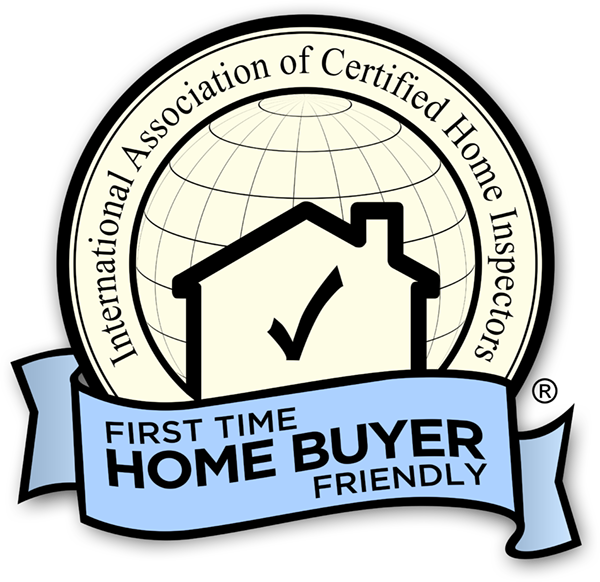
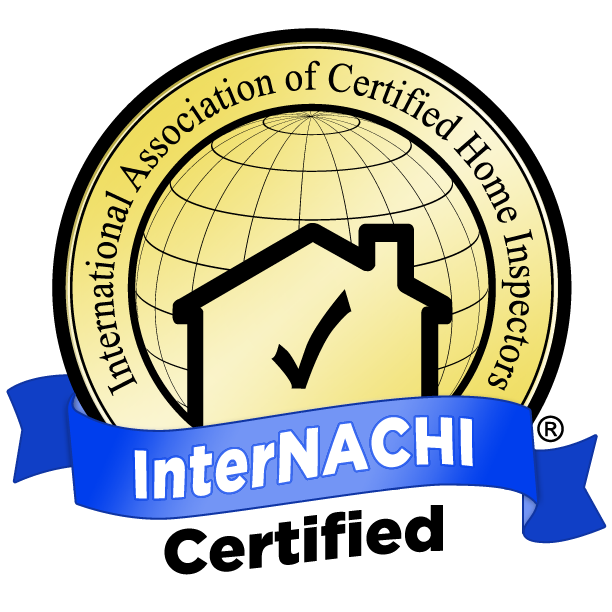

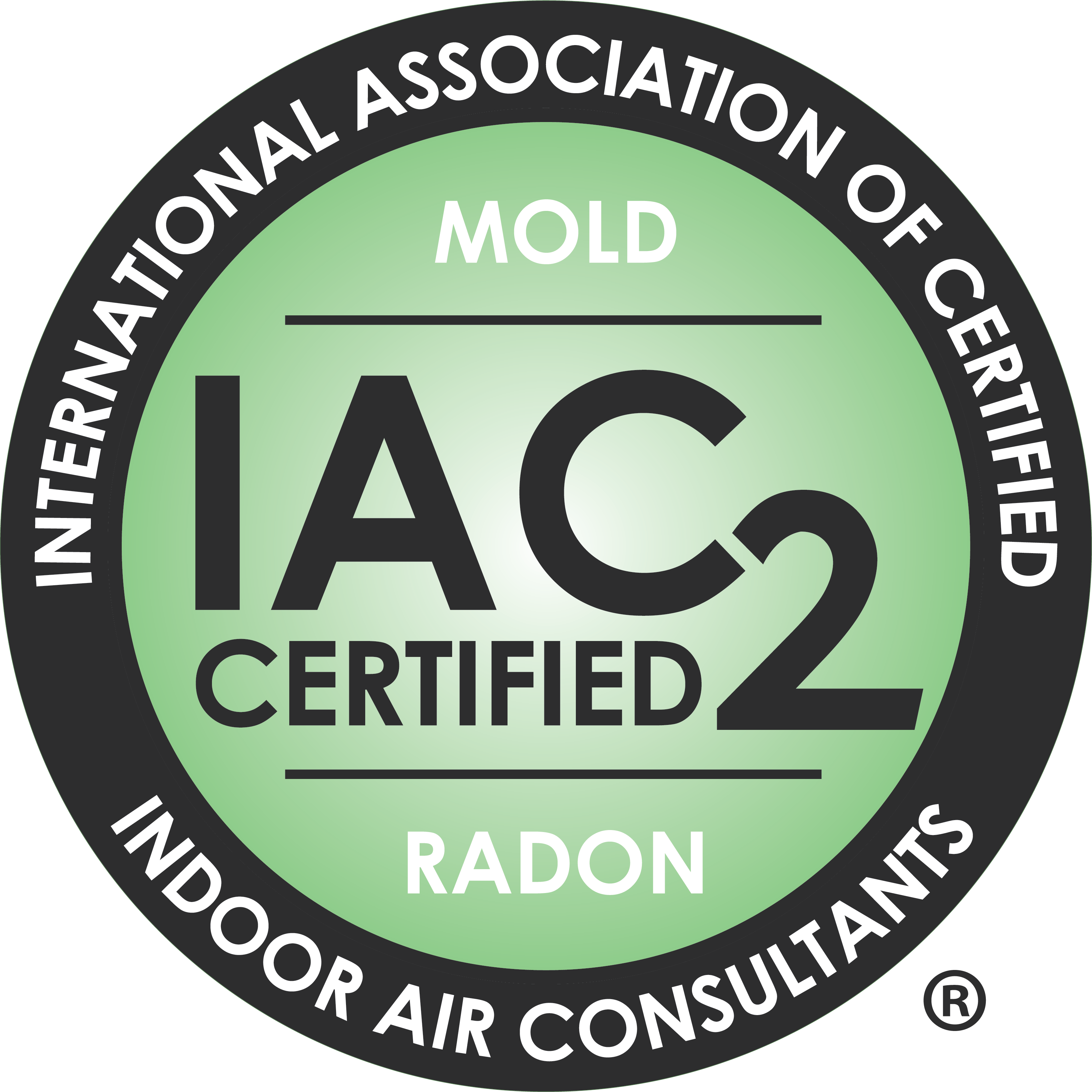
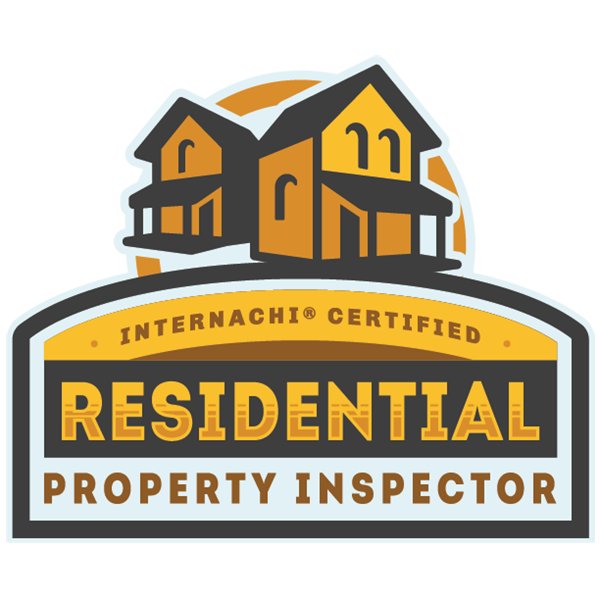
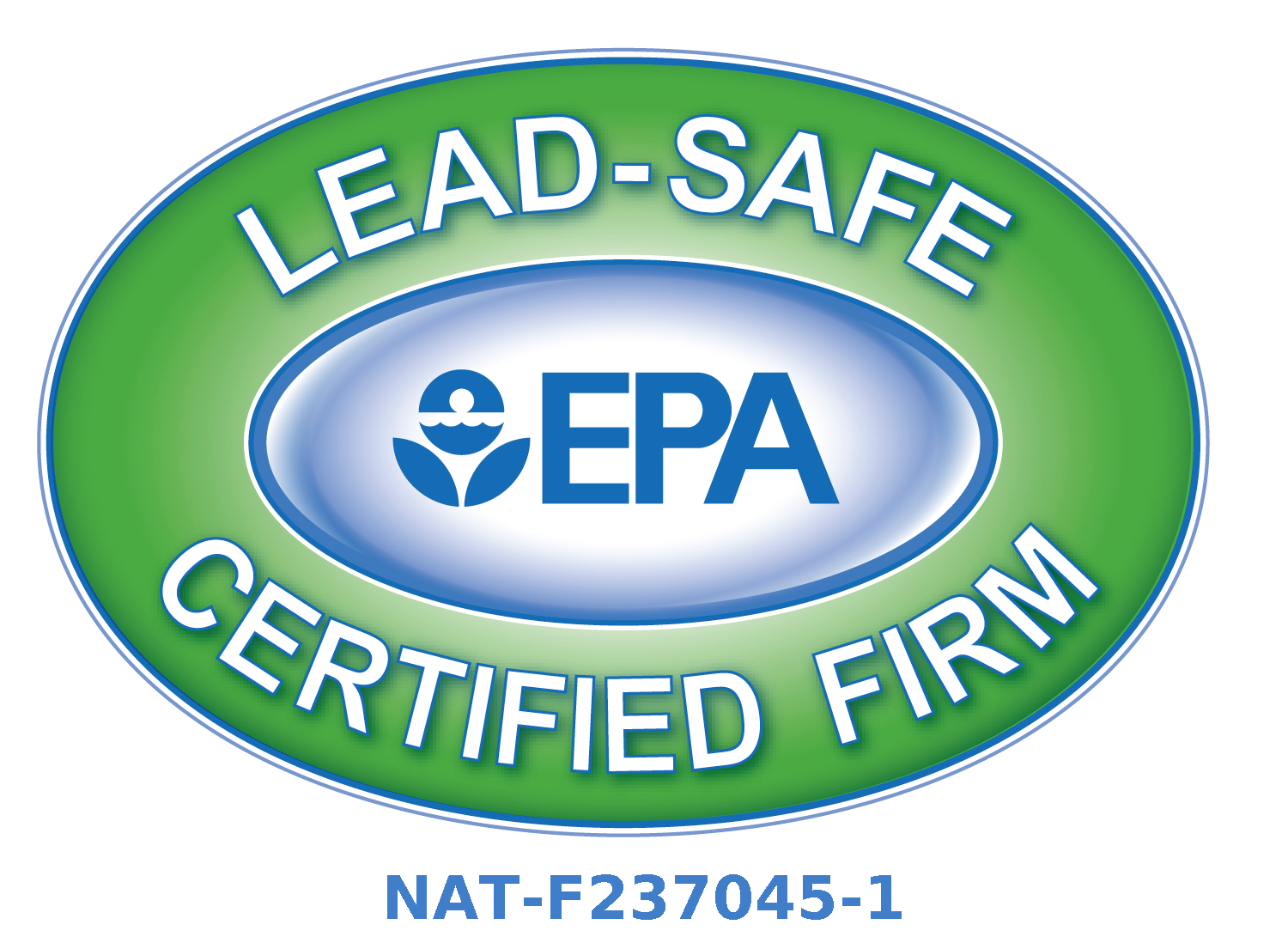
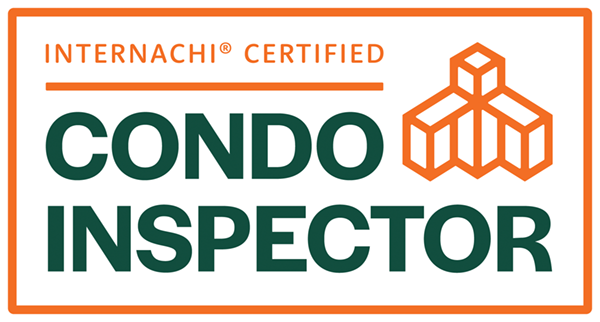
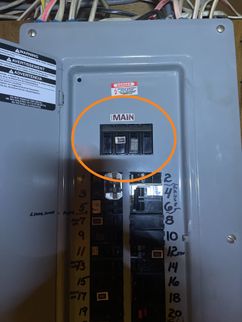
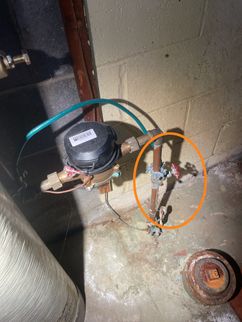
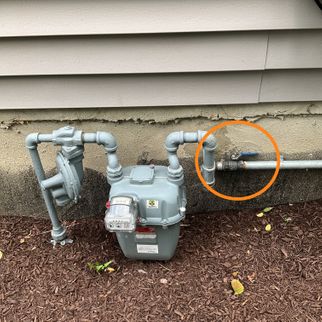
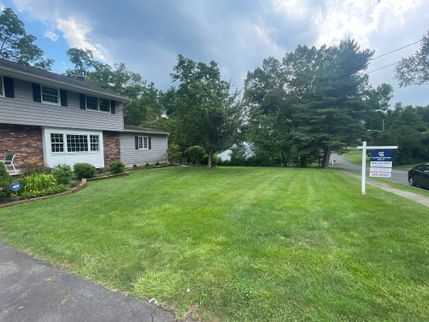
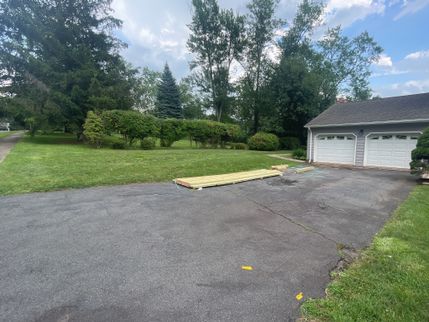
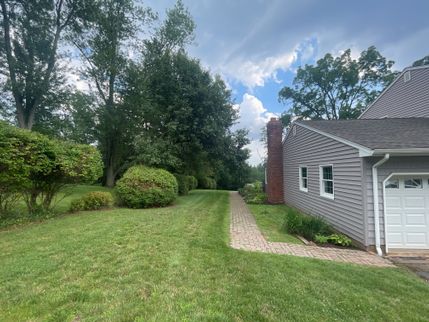
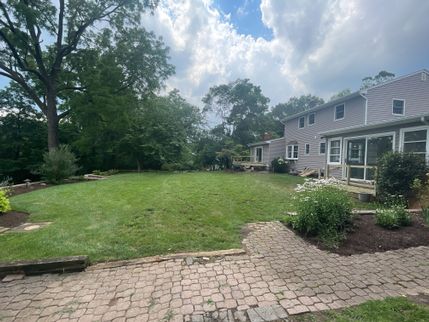
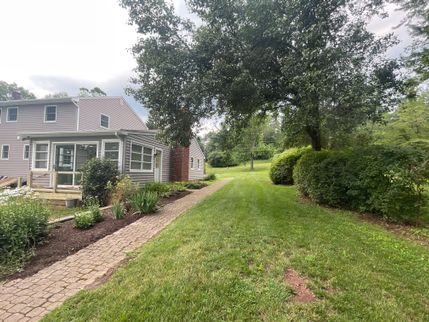
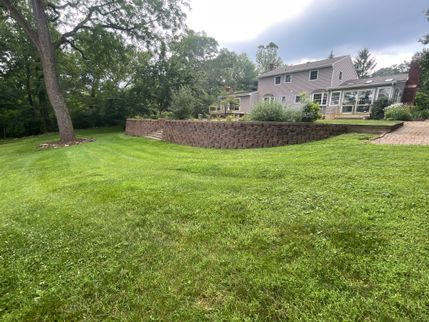

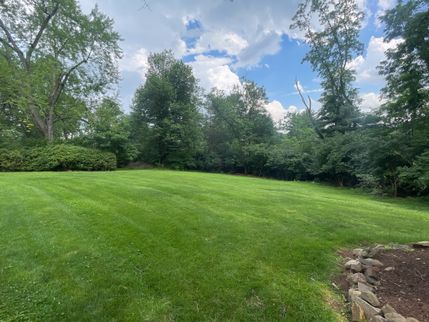
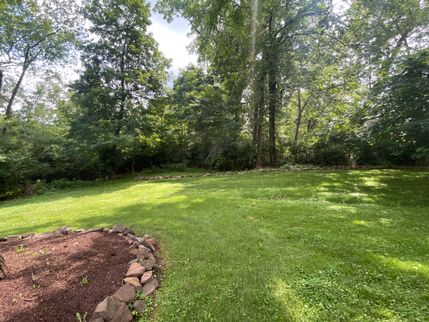
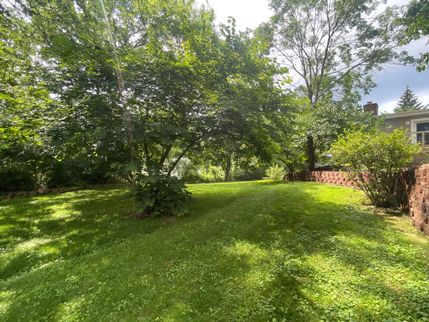
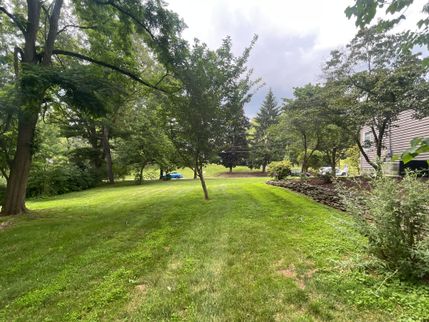
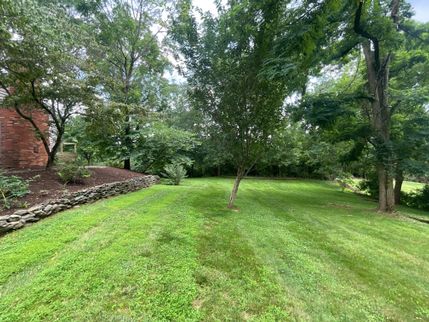
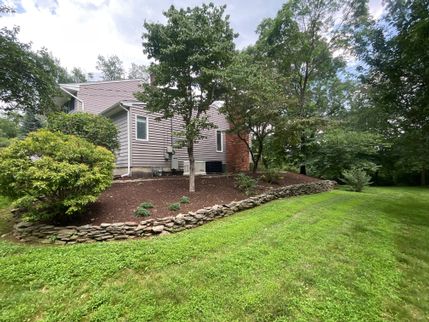

.jpg)
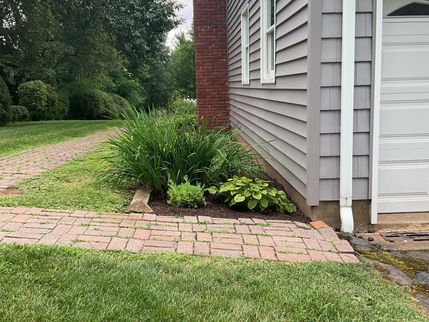
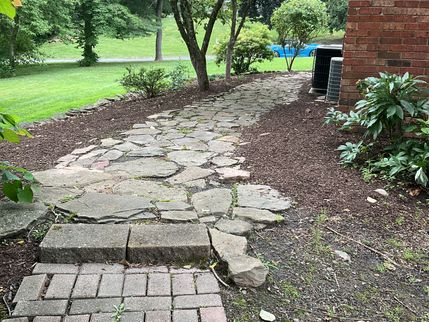
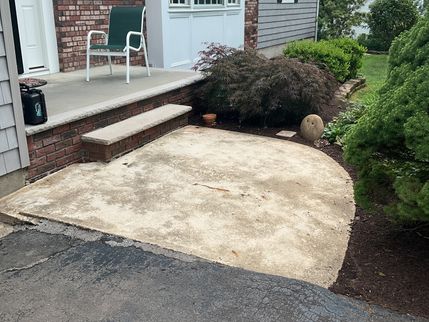
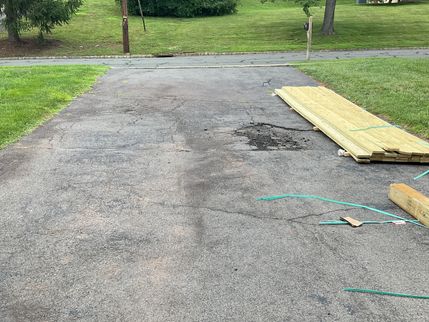

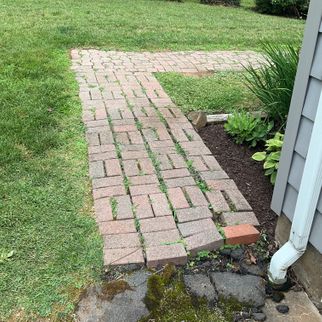
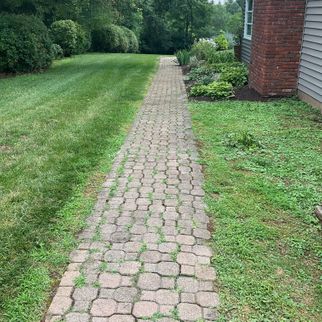
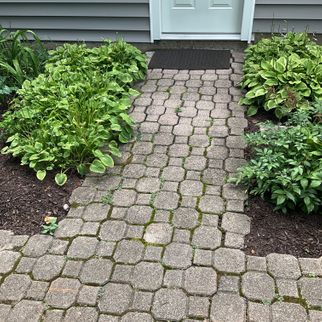
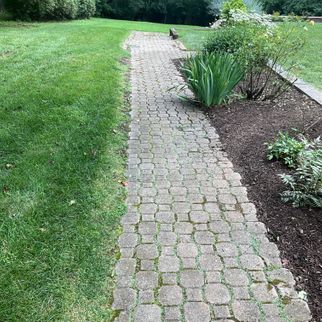


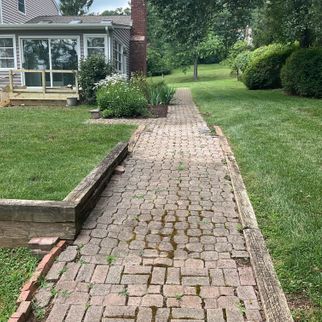
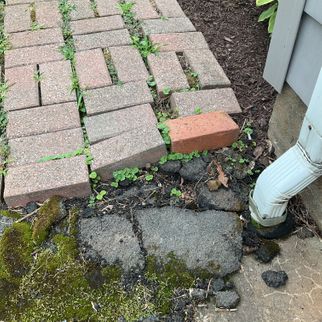
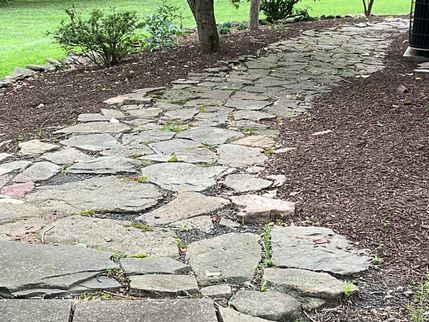
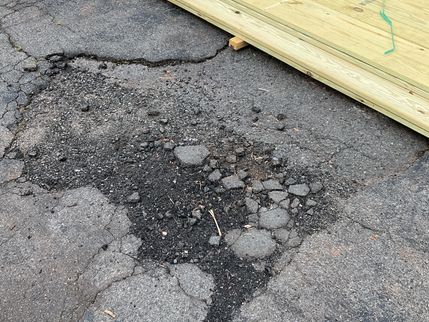
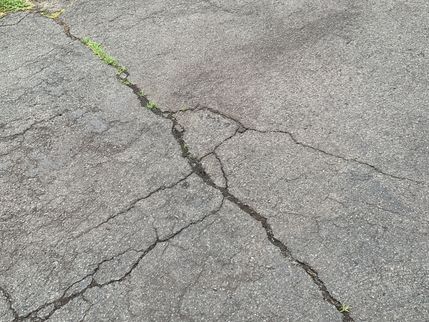
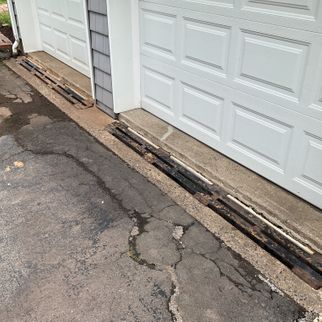
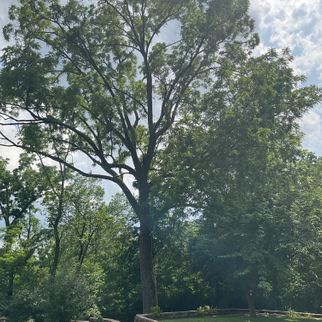
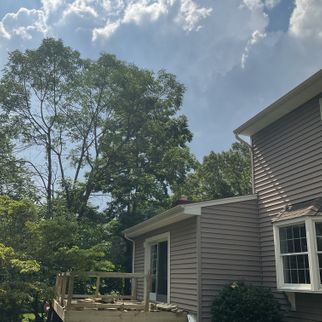
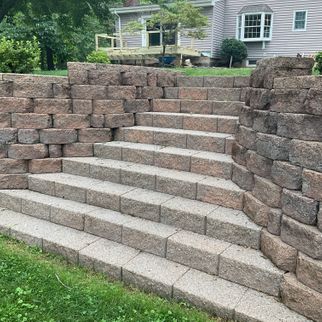
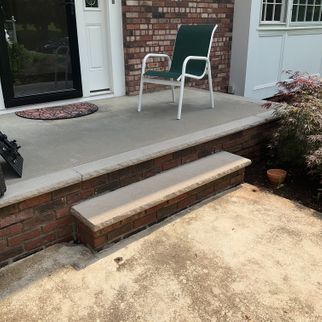
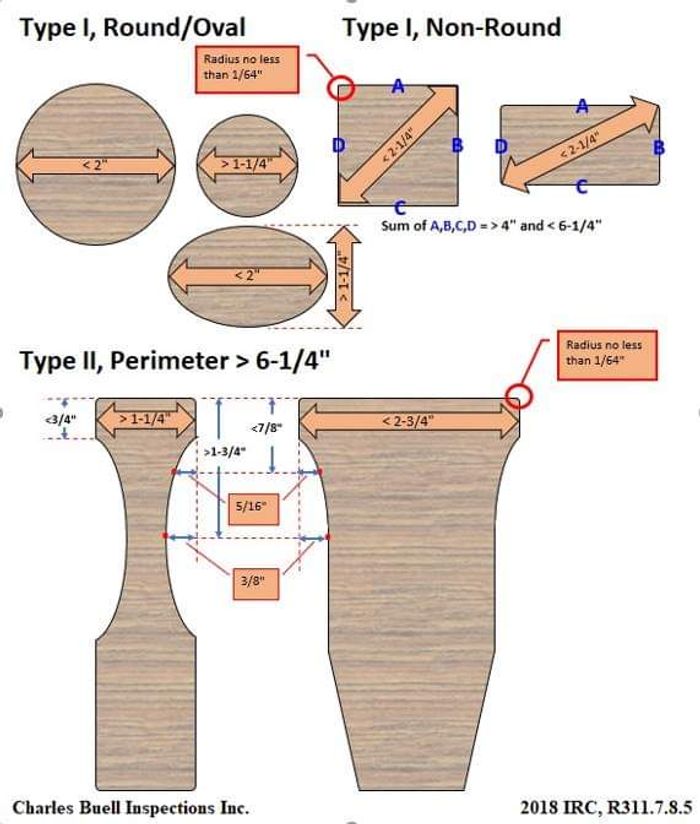
-700x500.jpg)
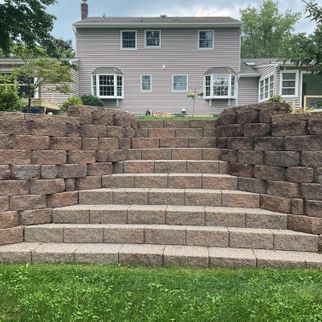
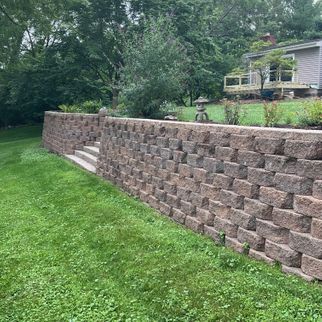
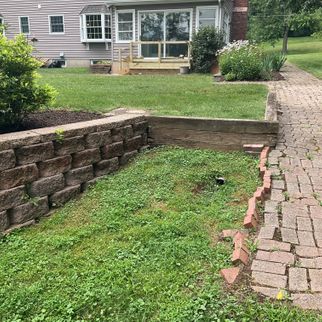
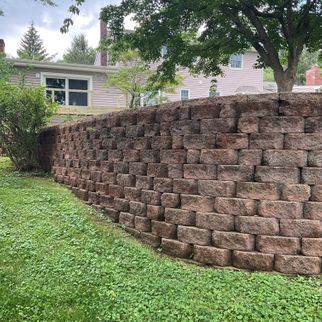

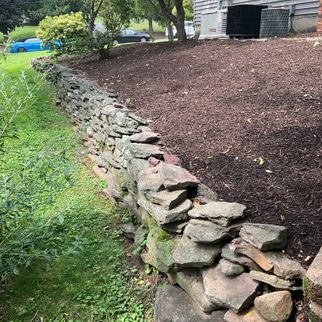
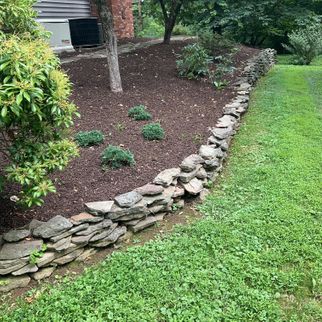

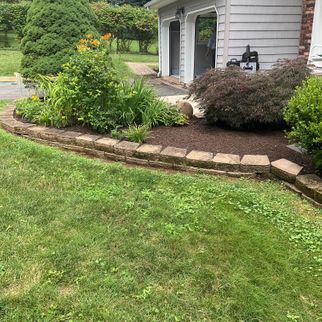
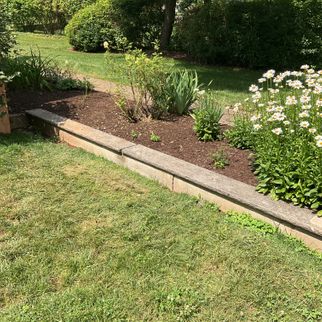
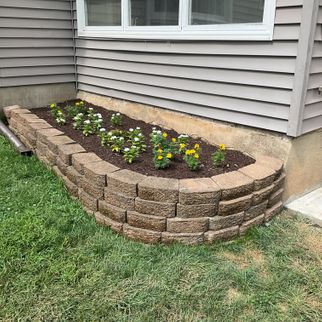
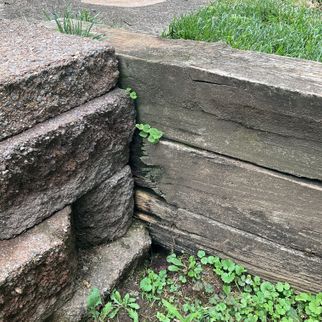
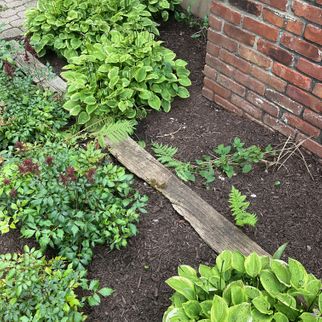
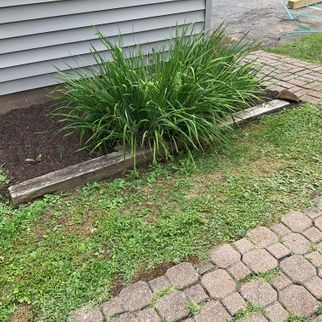
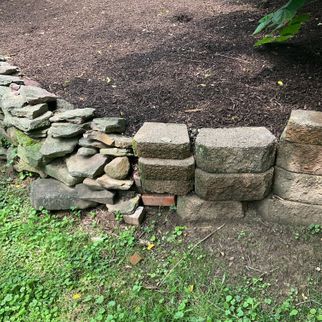
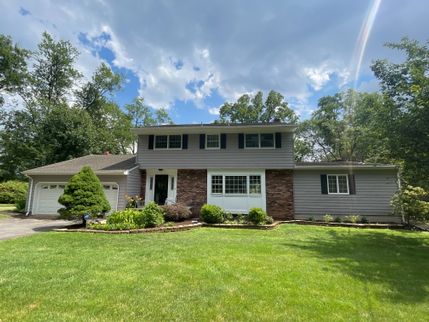
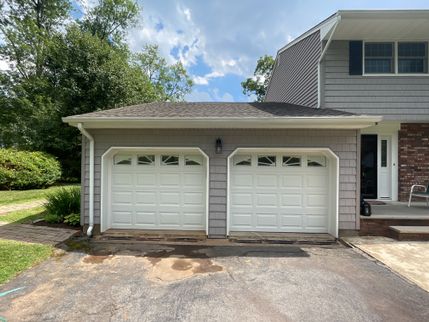
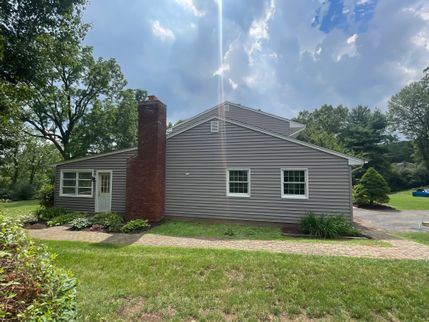
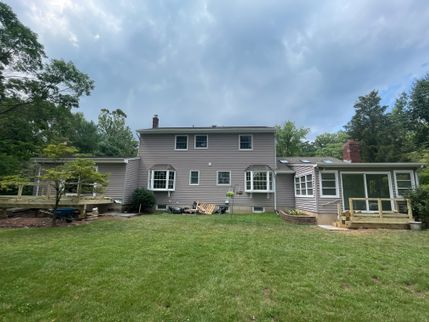

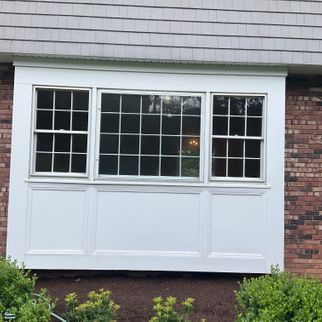
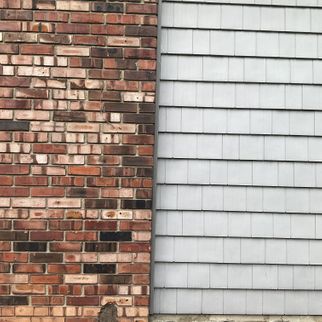
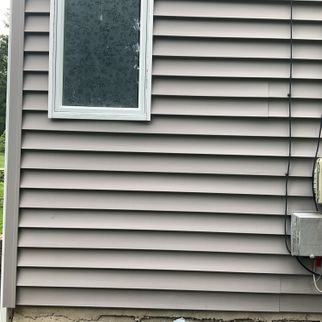
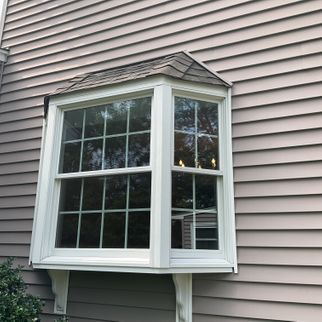
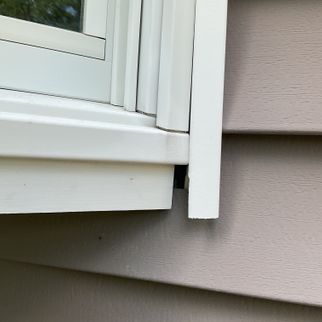
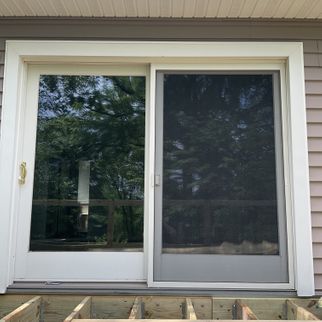
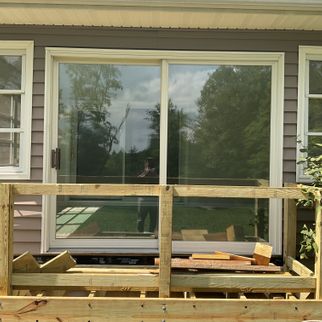
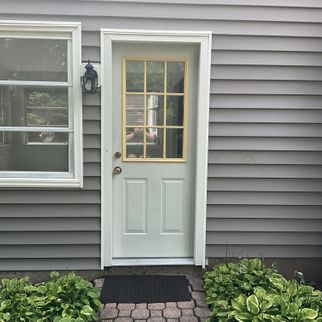
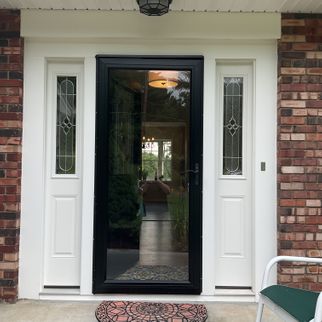
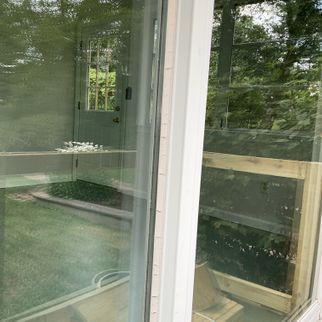

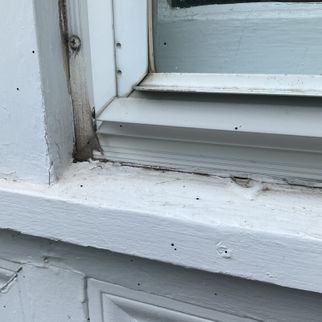

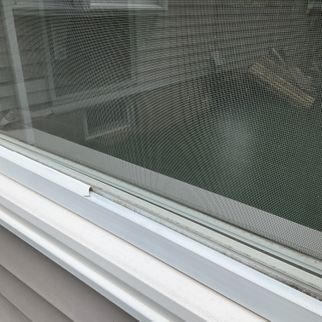
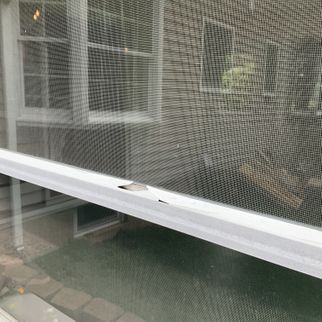
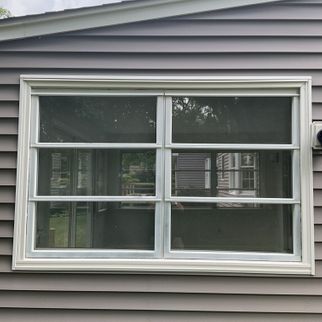
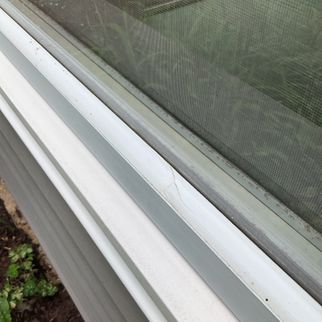
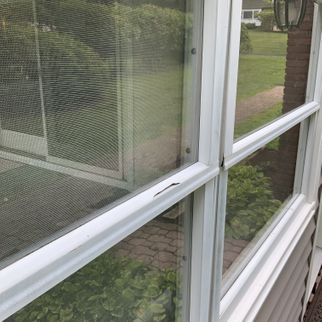
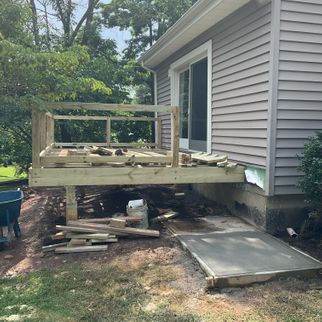

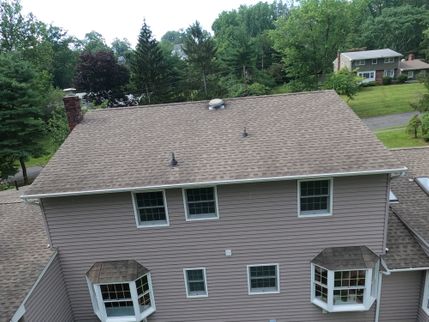
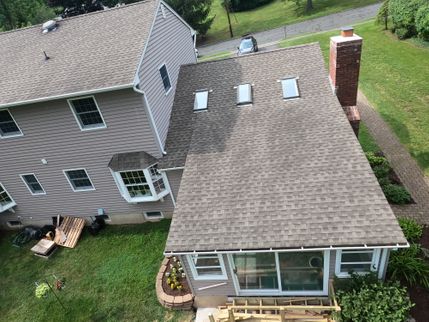
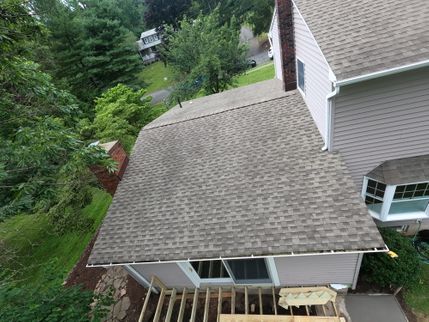
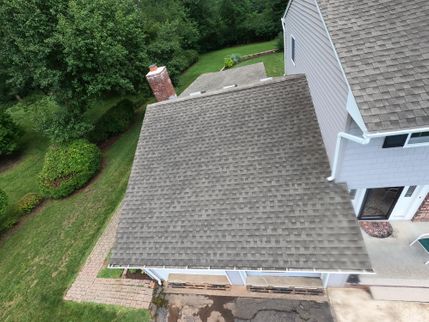
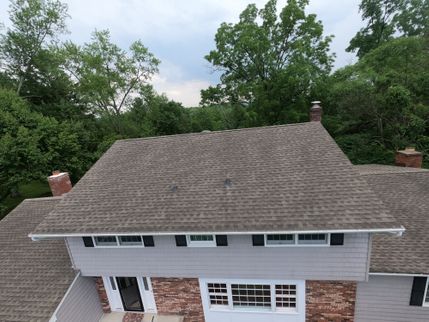
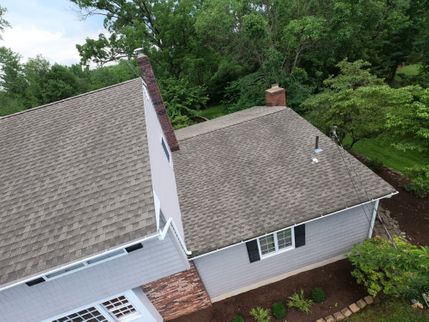
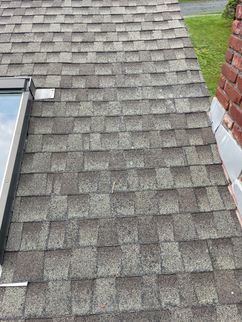
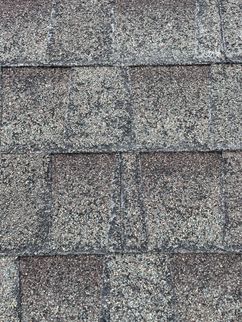
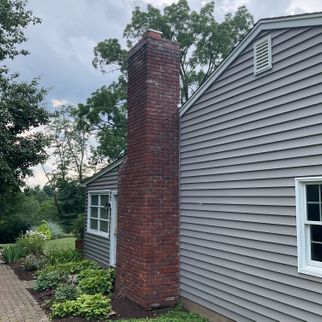
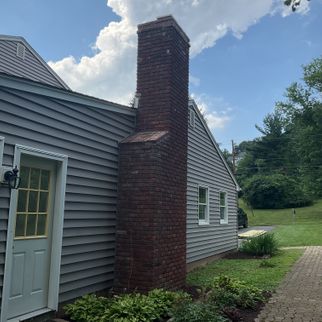
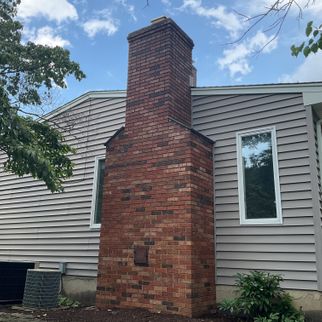

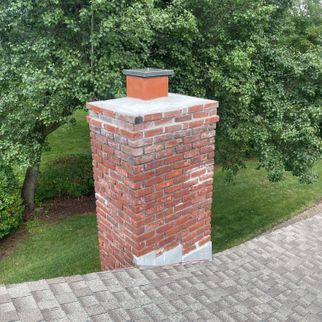
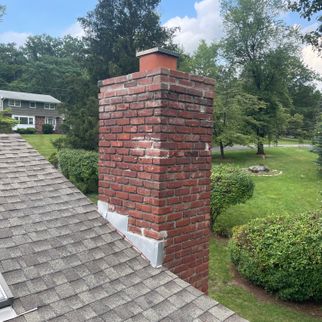
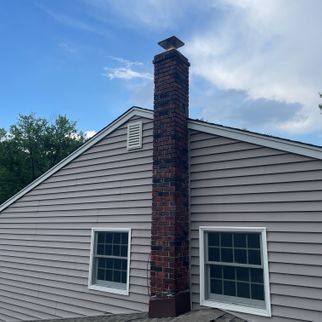
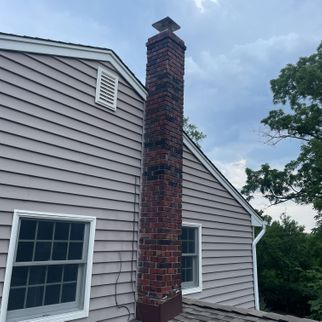
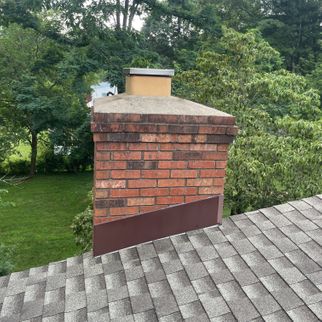
.jpg)
.jpg)
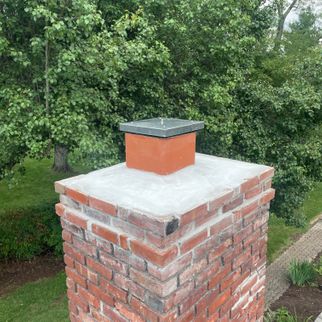
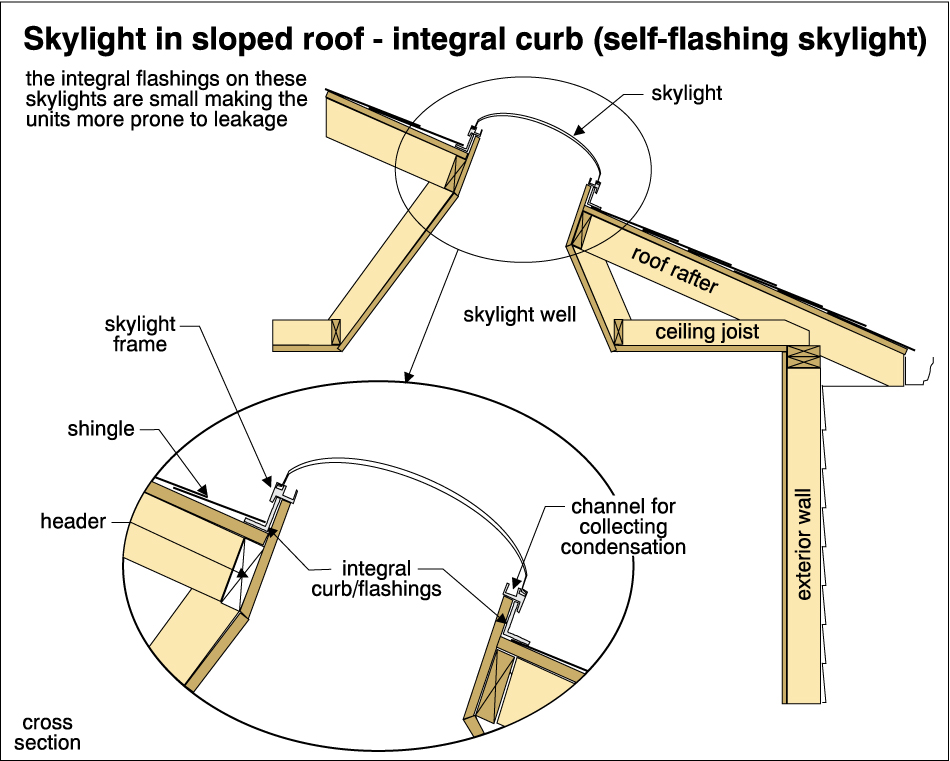

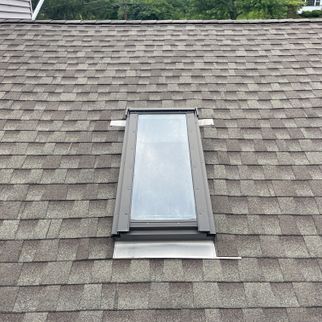
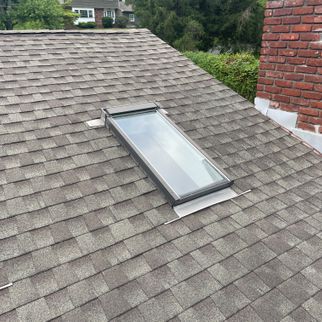
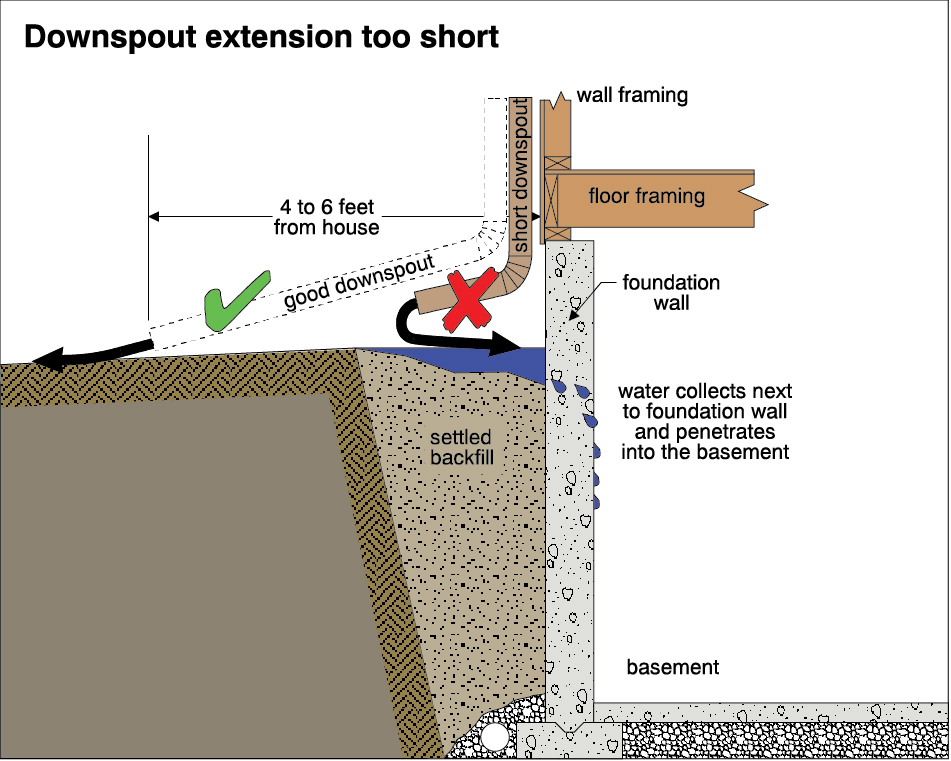
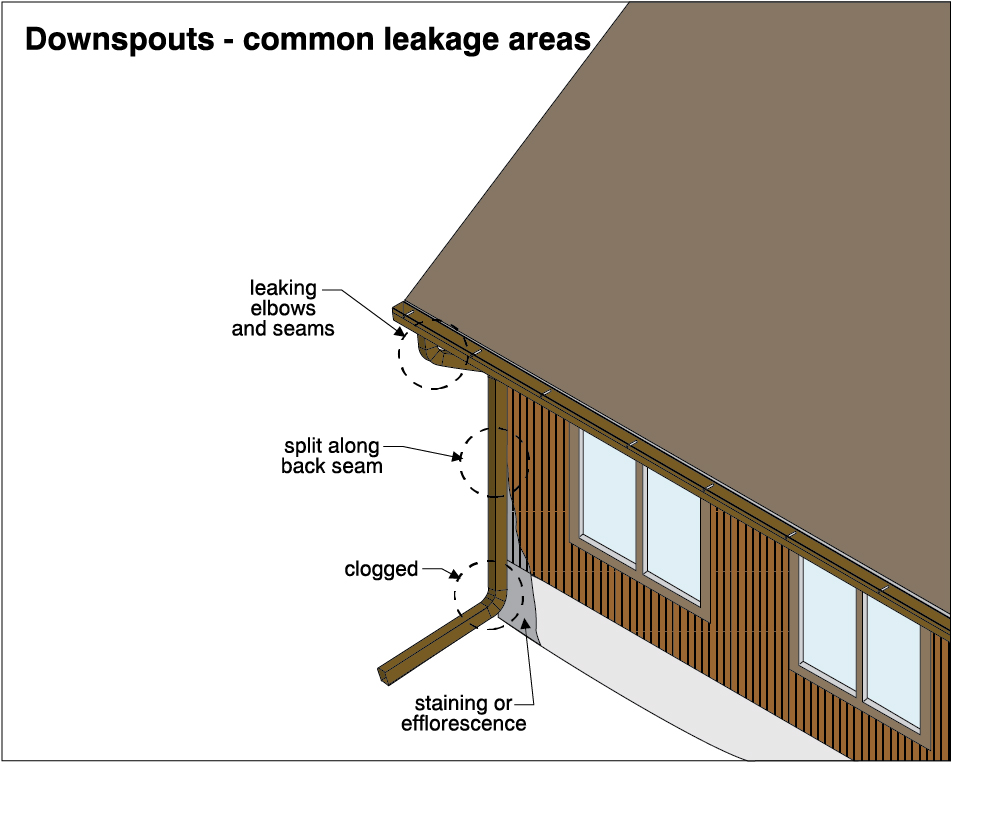
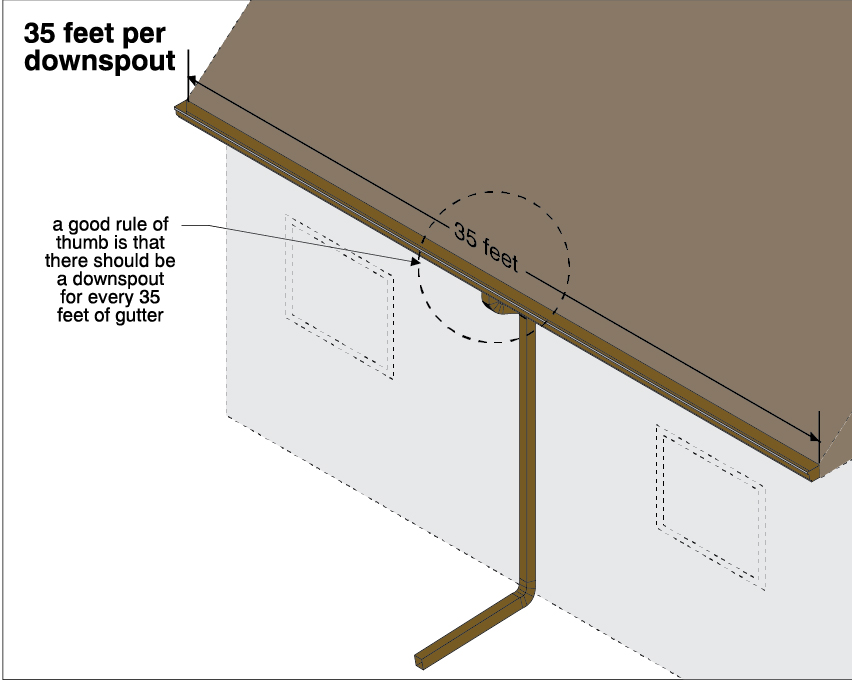
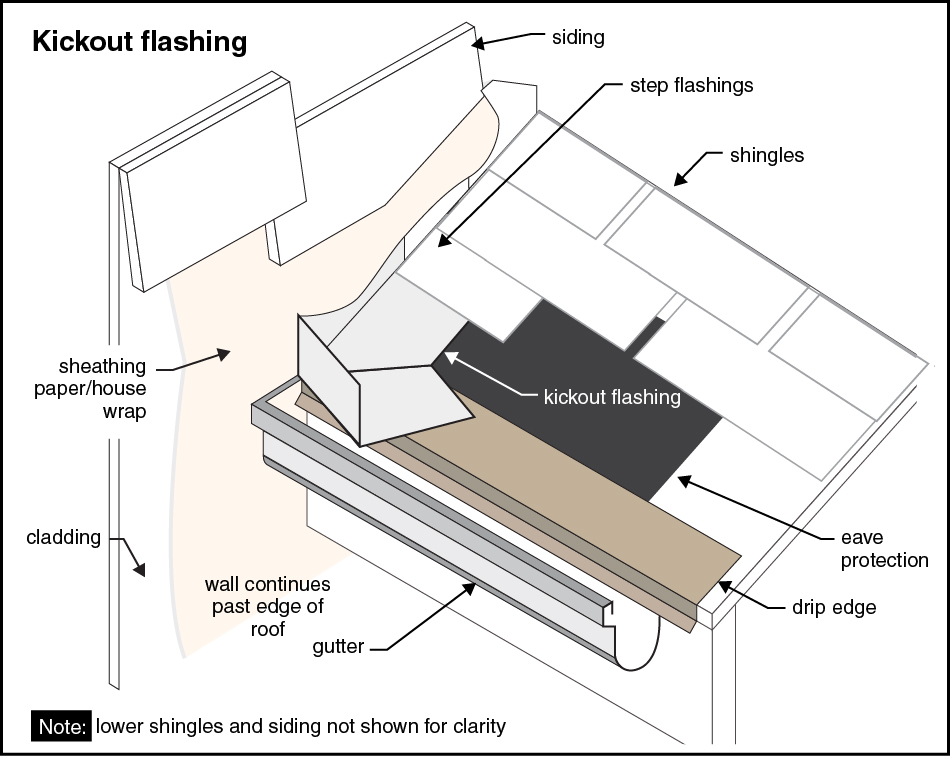
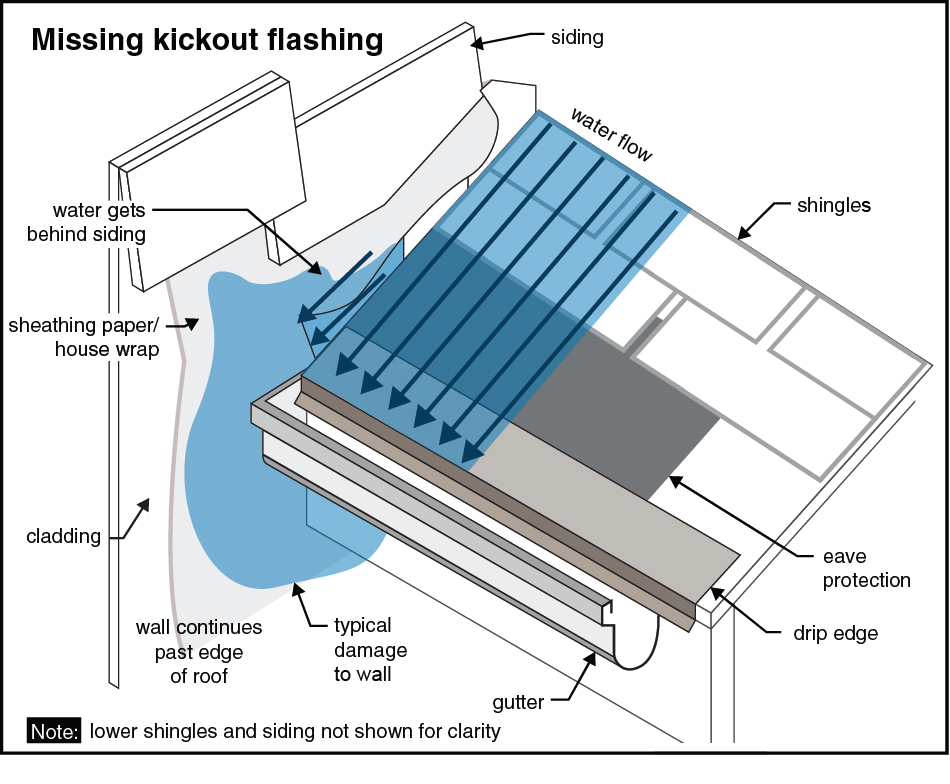
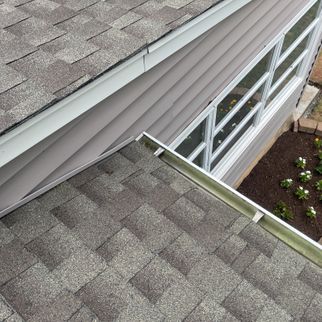
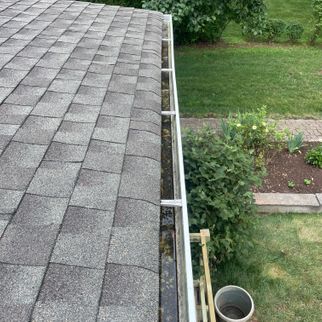
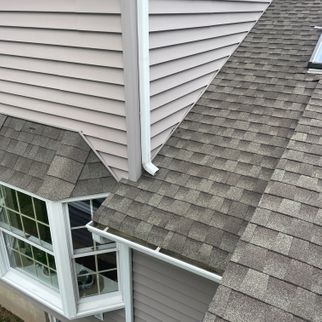
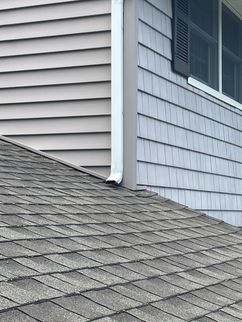
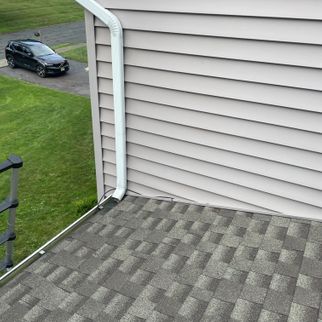
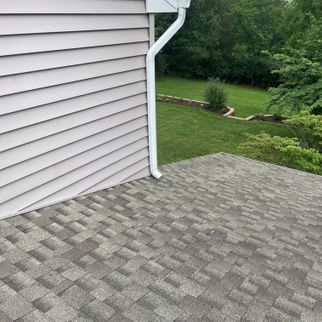
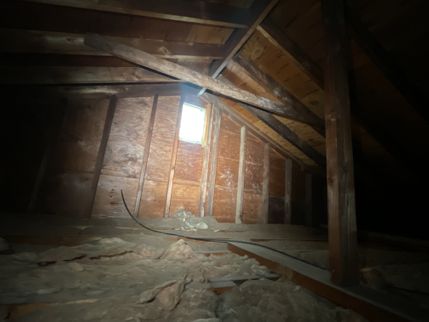

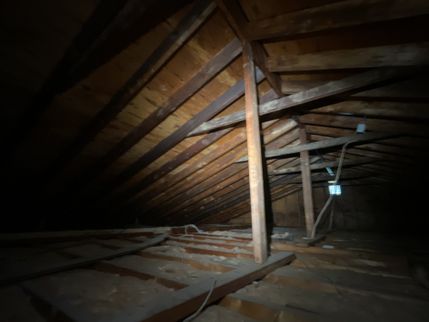
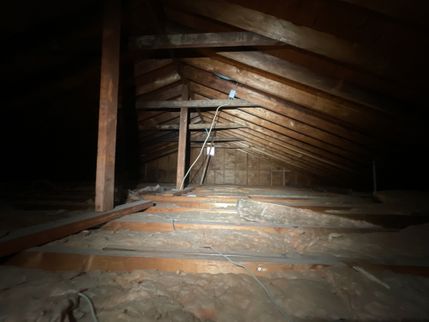
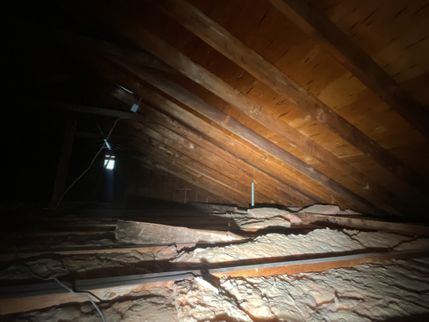

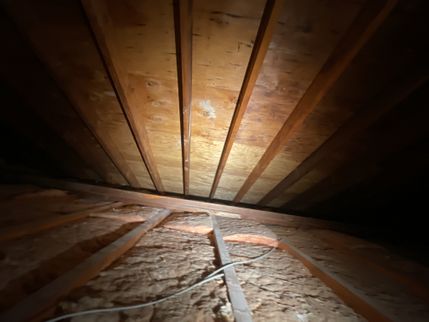
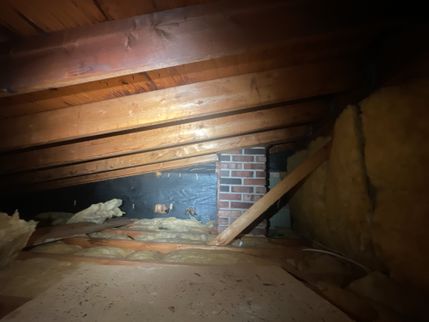
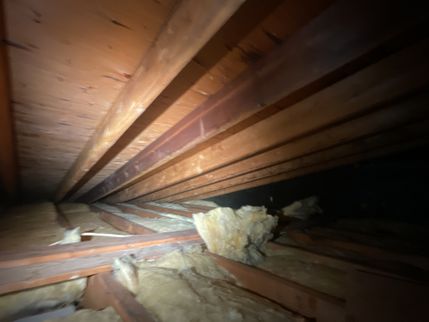
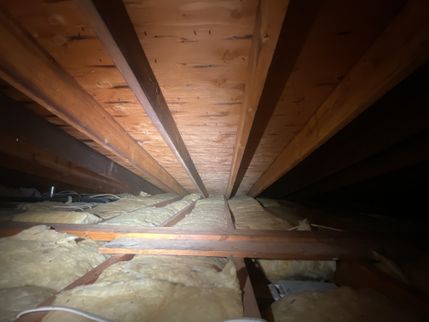
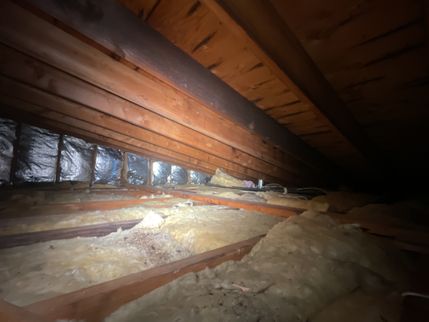
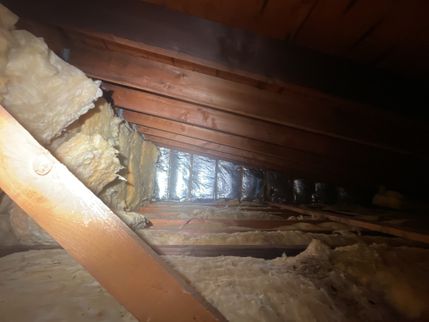

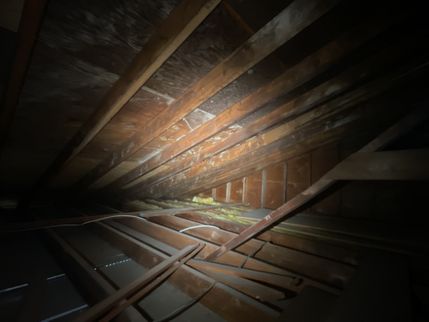
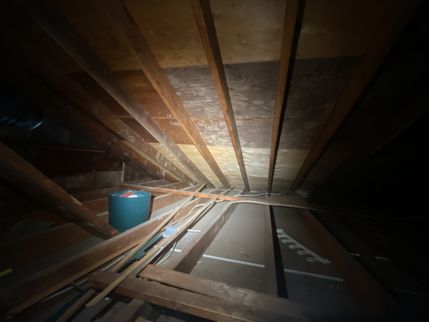
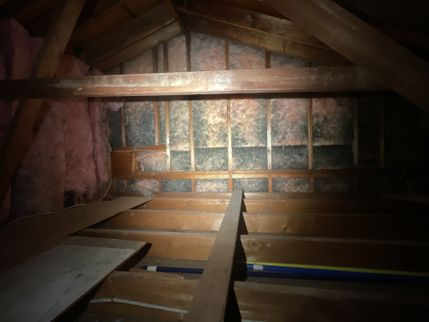
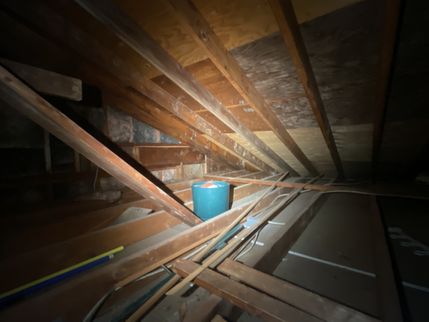
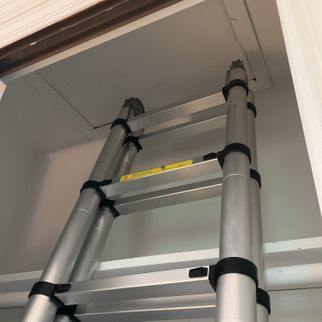
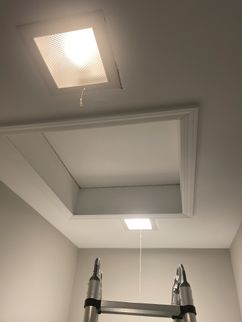
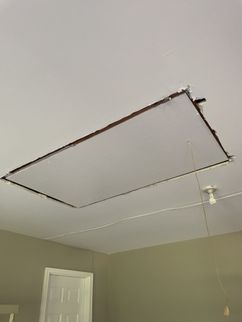
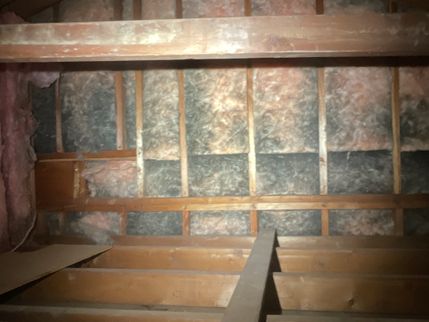
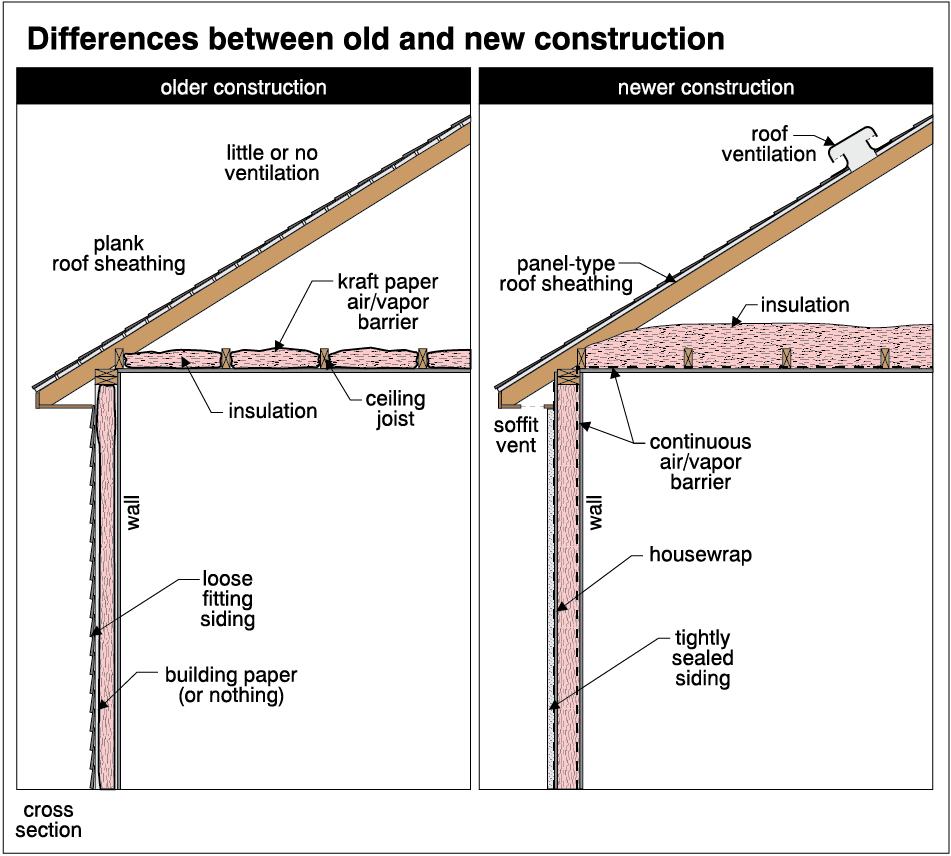
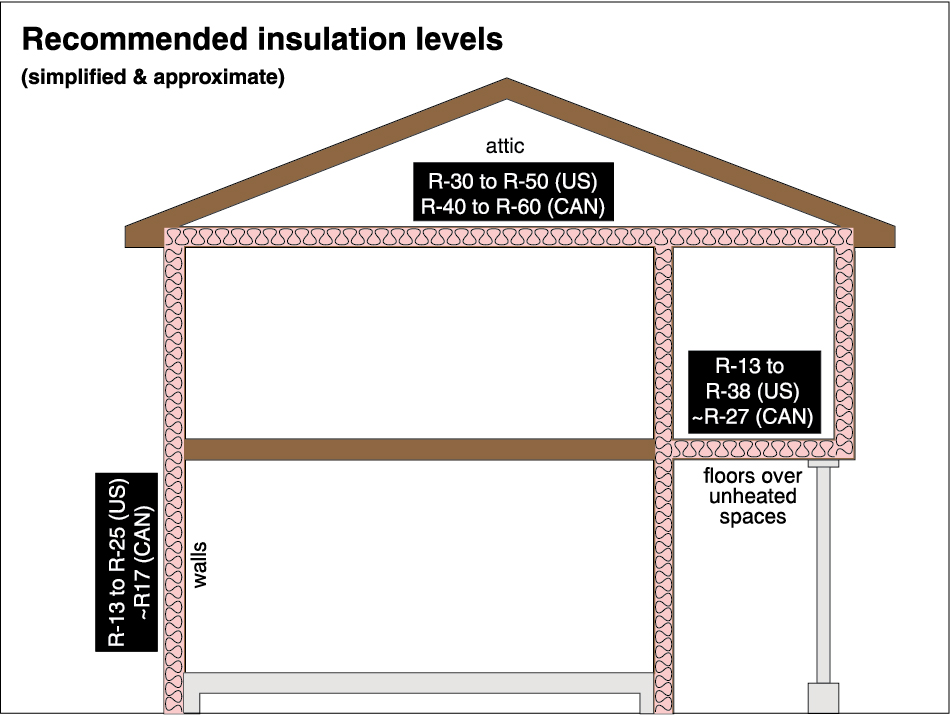
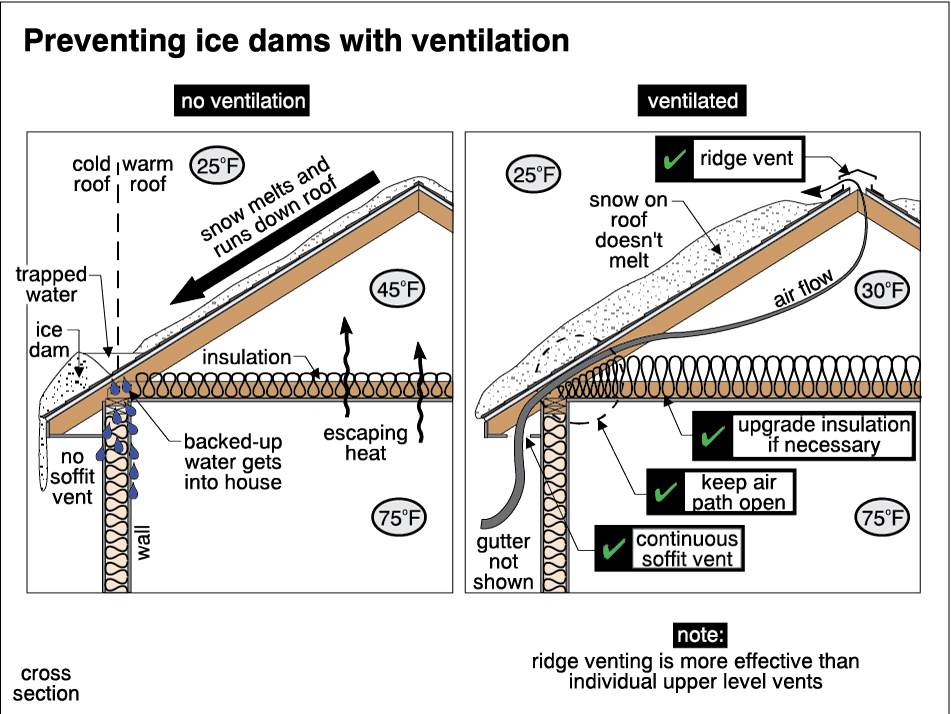

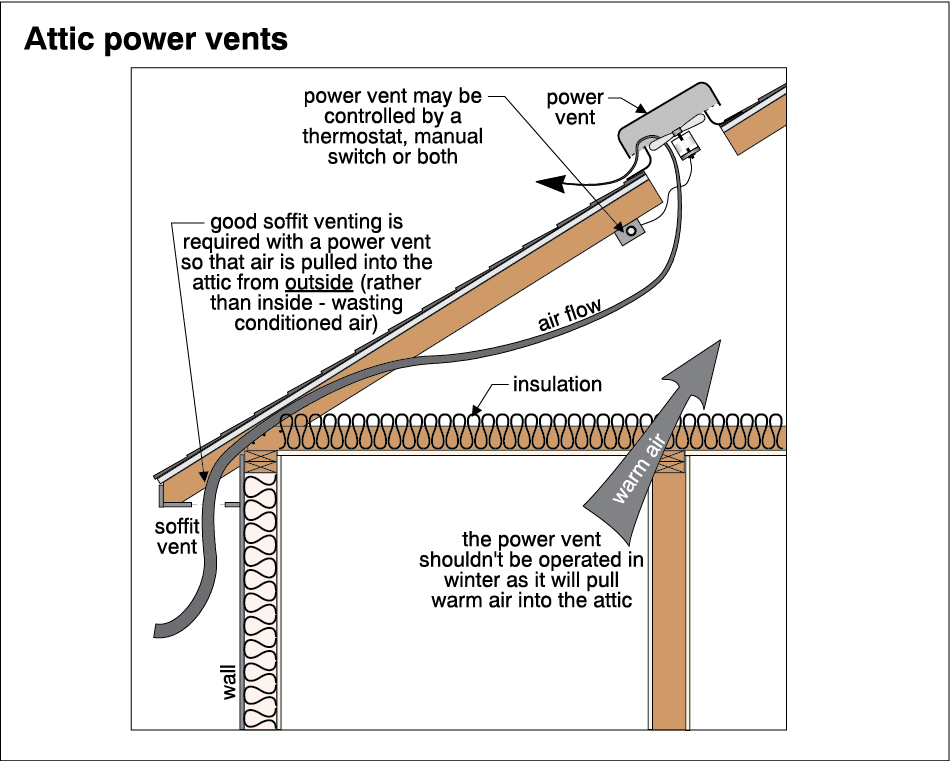
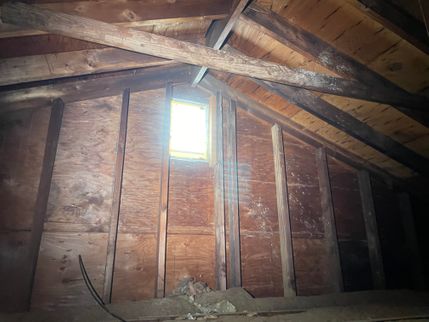
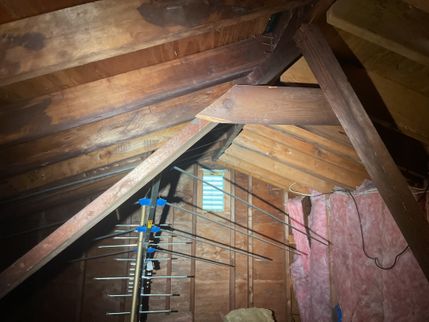
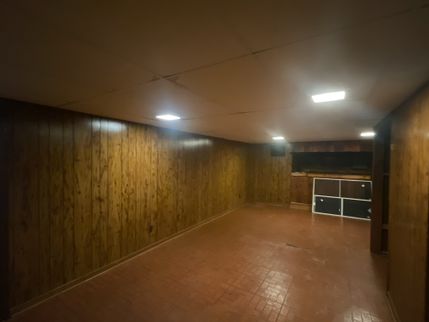
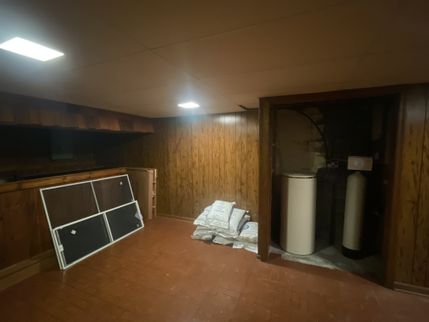
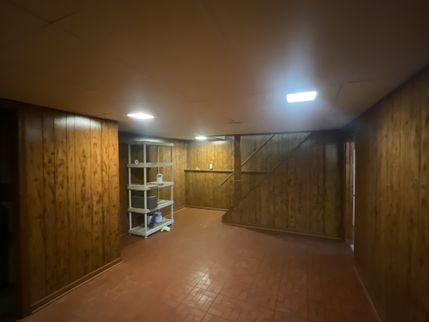
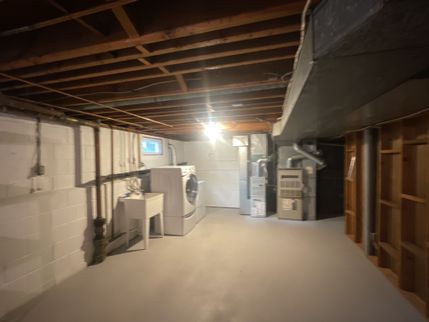
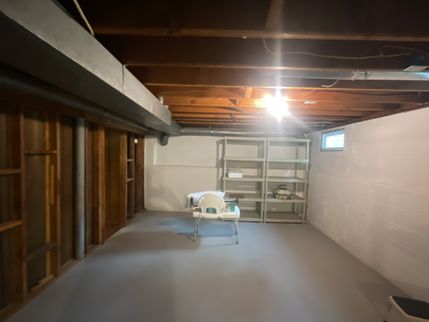
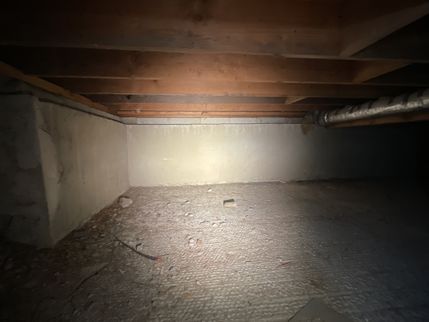
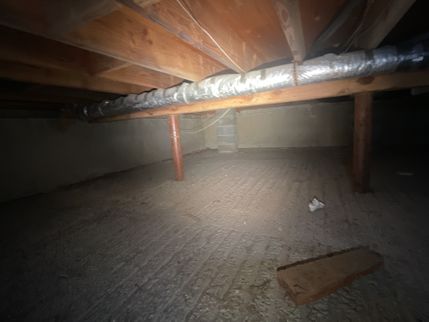
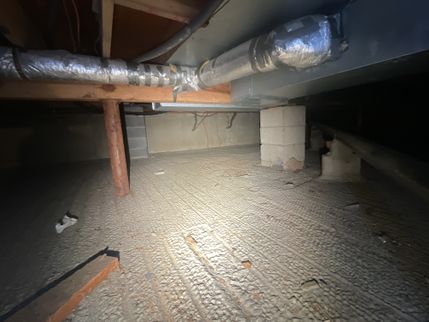
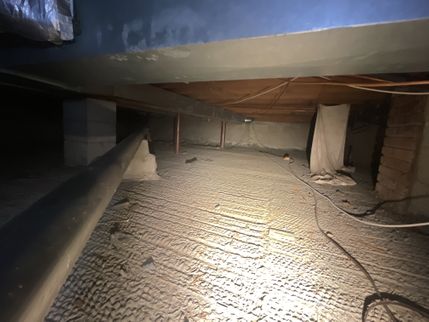
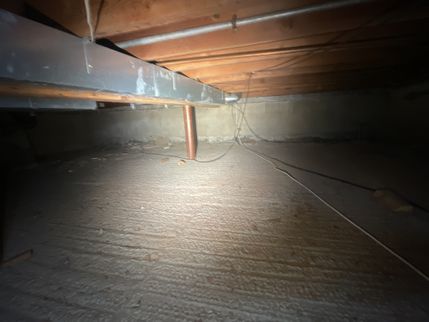
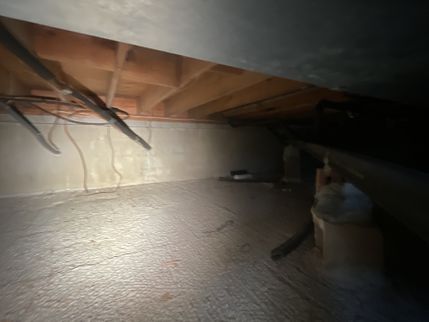
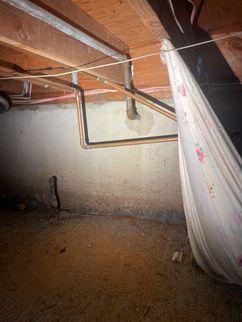
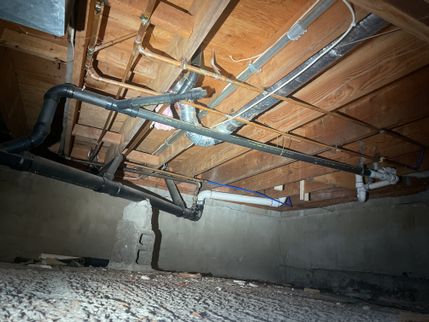
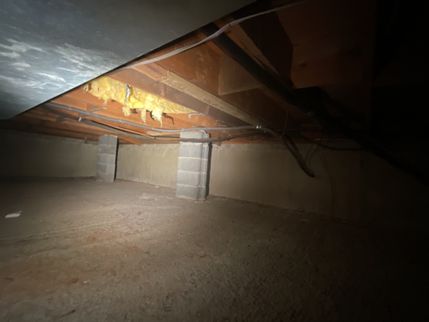
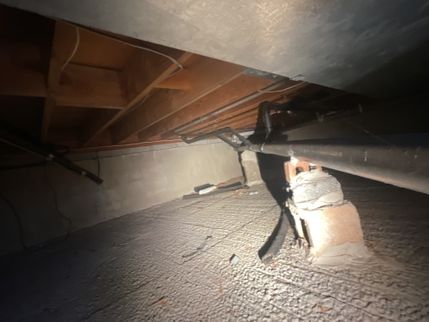

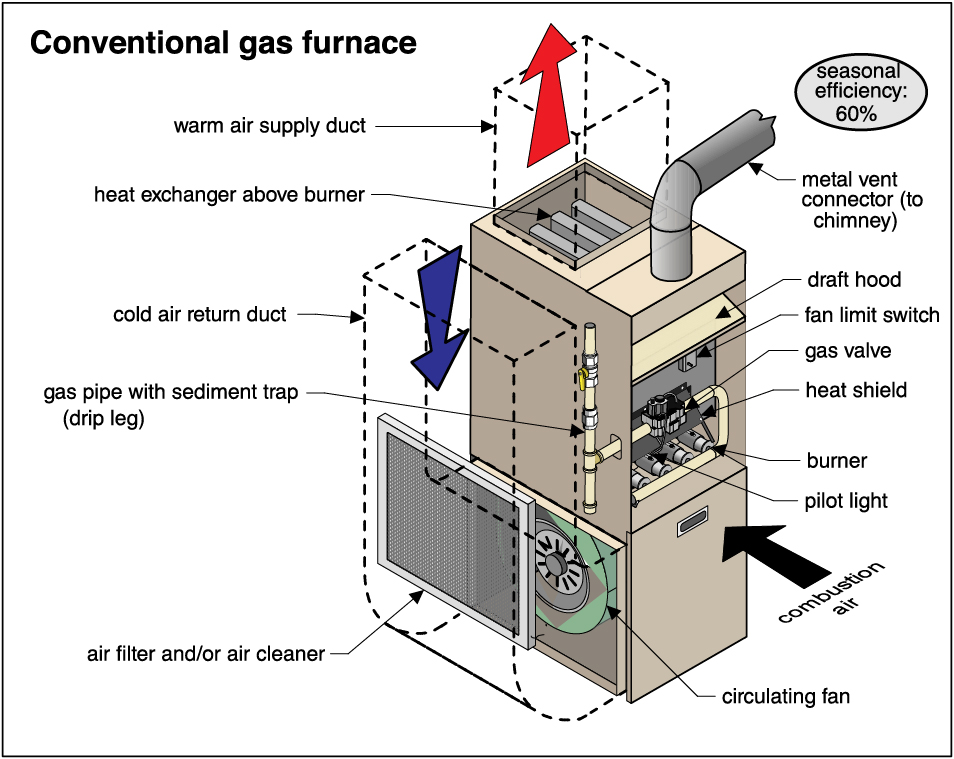

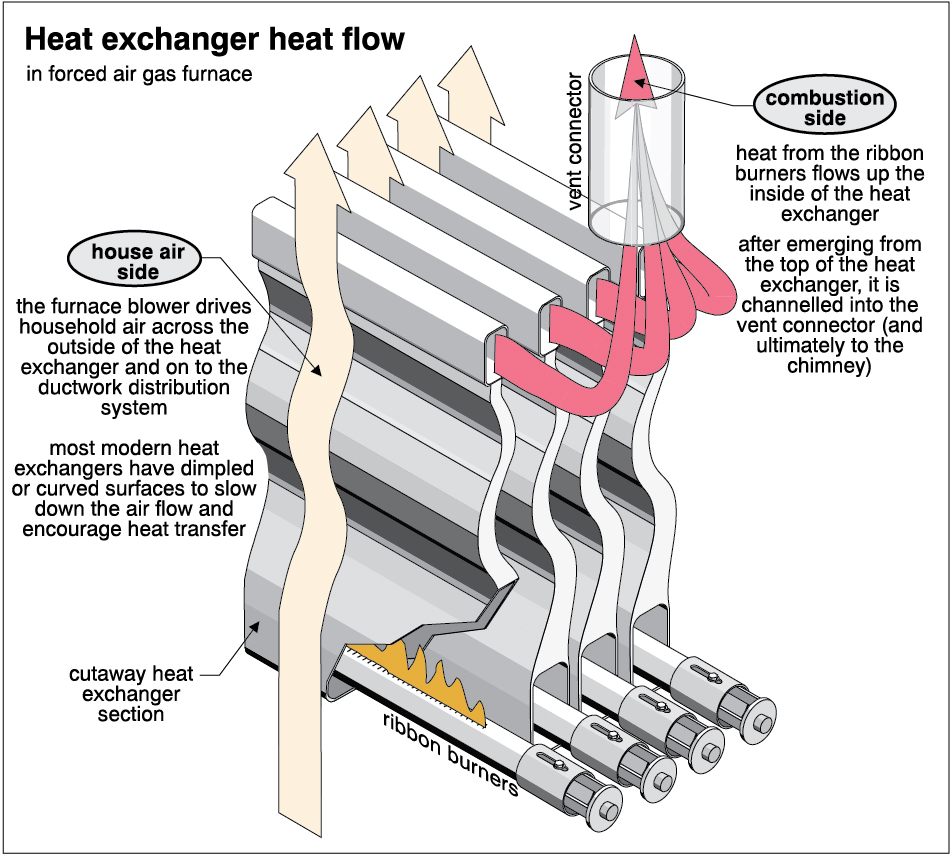
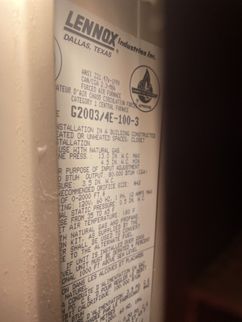
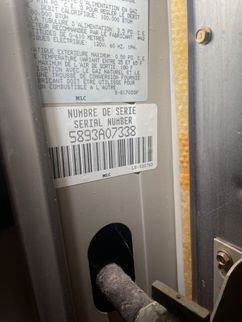
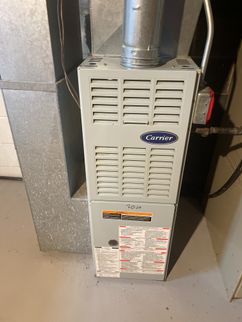

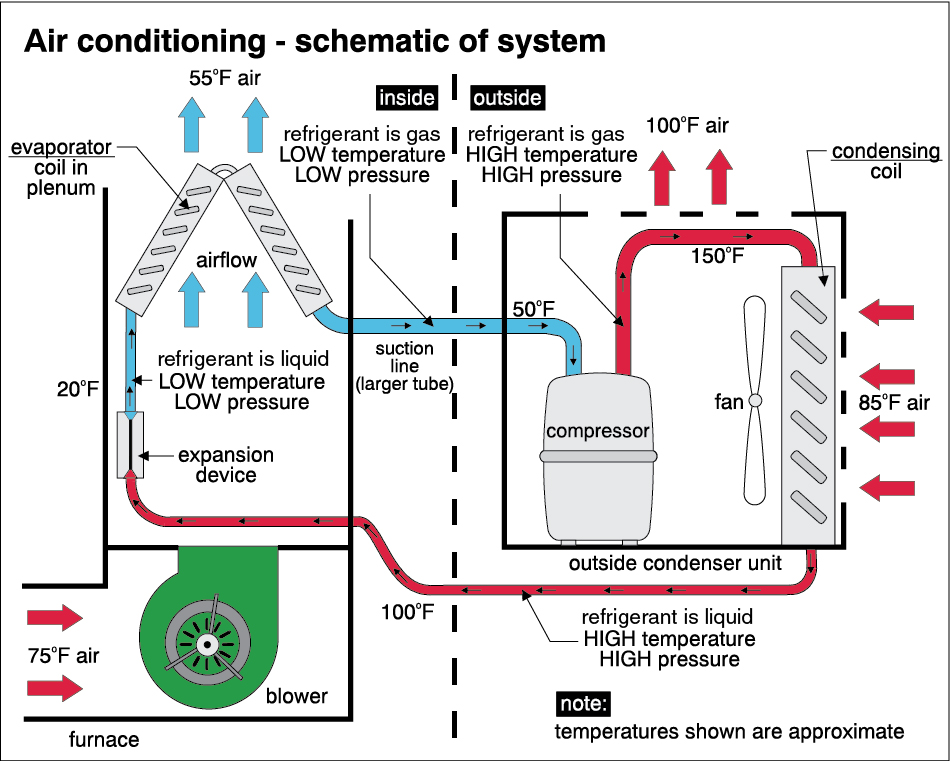
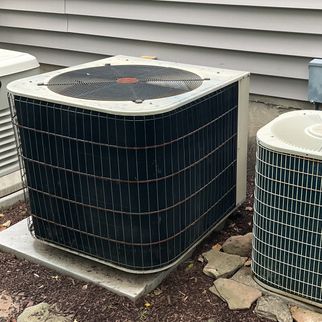
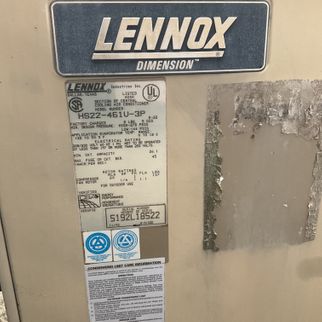

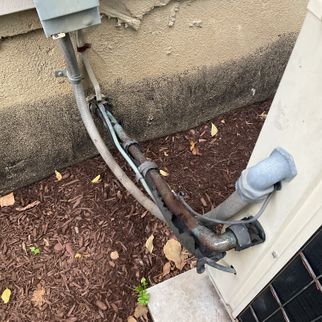
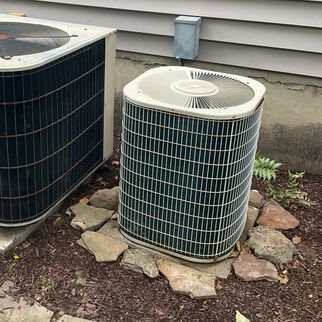
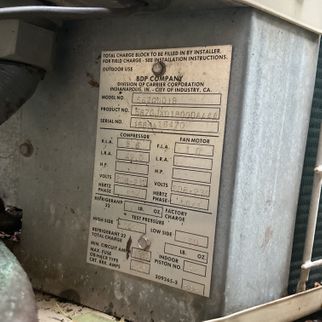
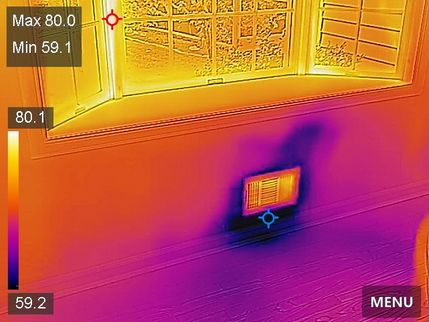
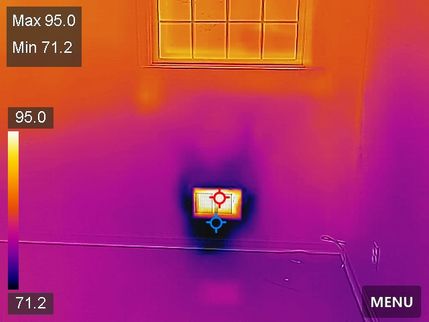
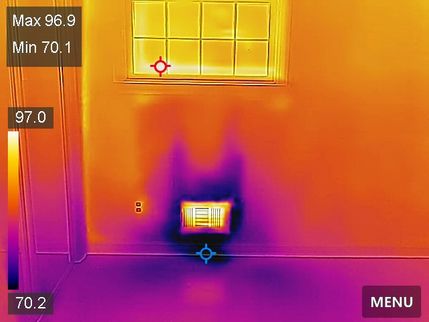

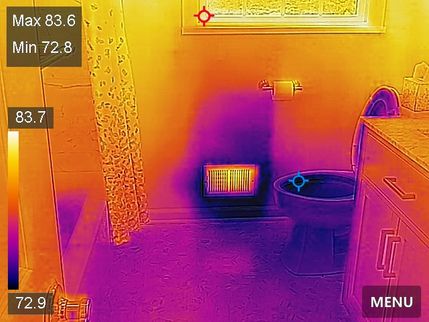
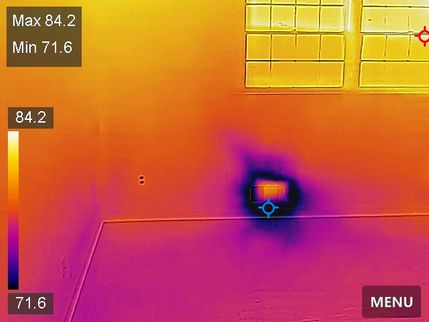
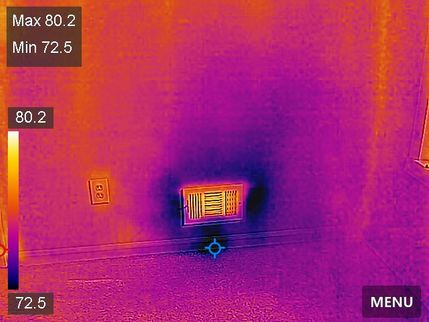
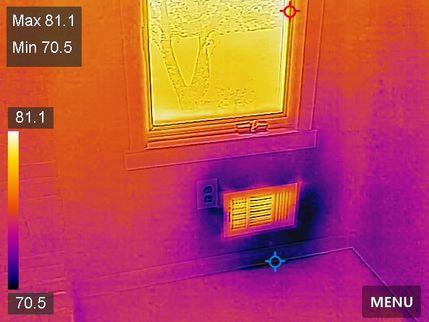
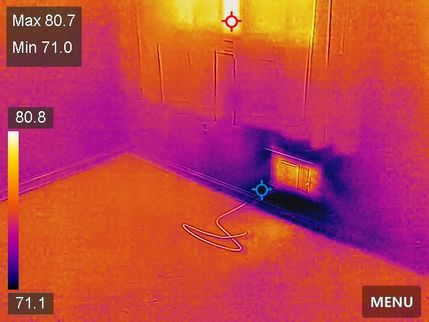
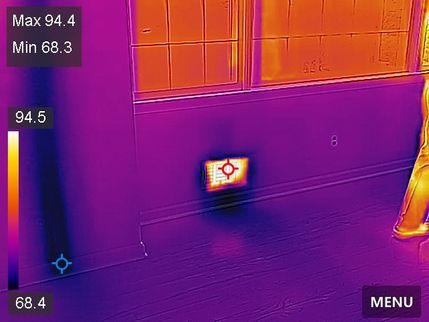
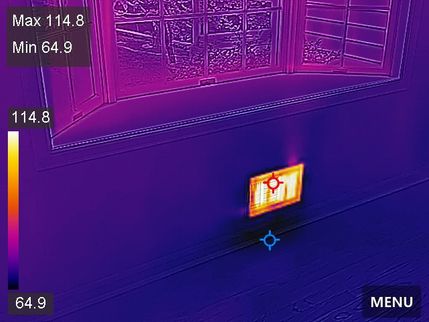
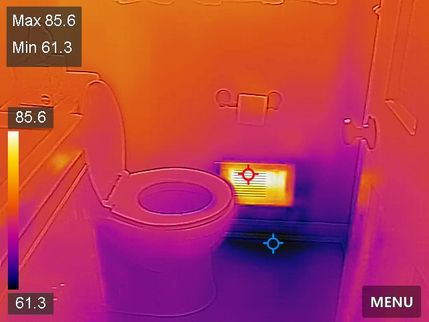
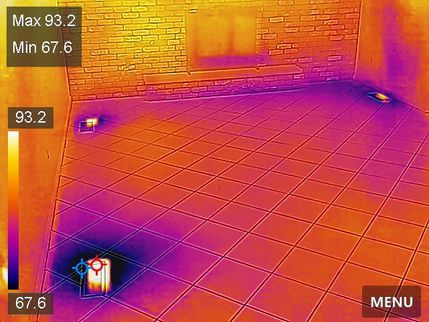
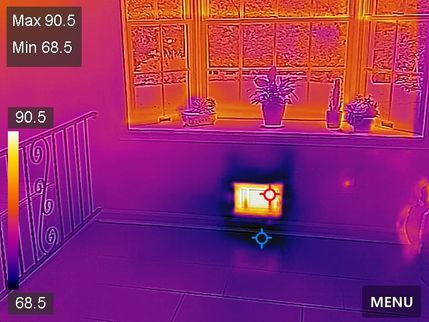
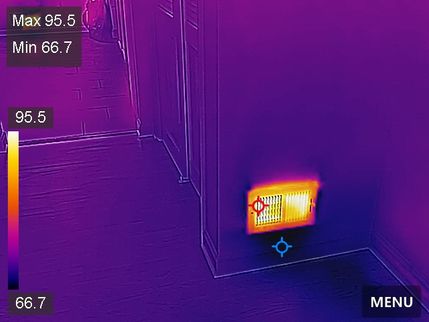
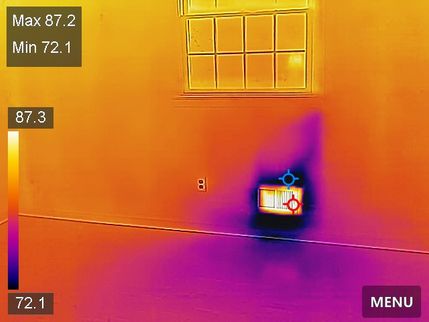
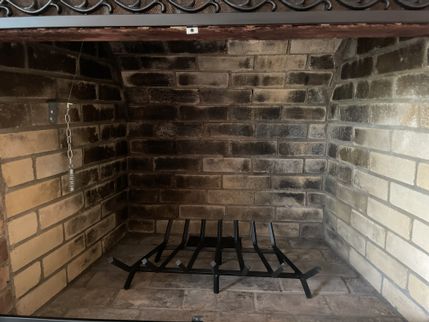

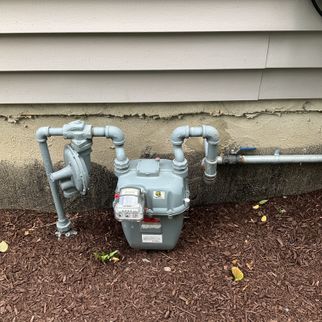

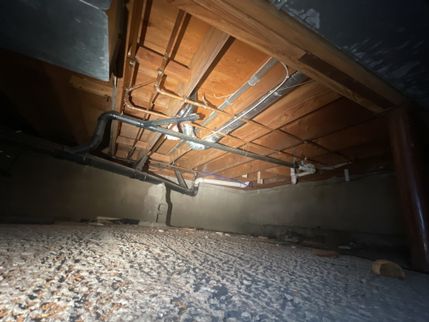
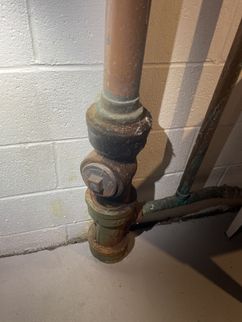
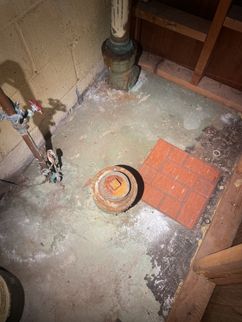
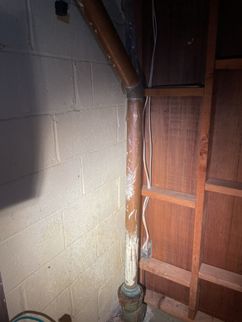
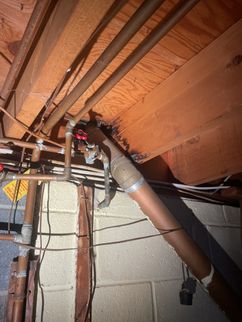
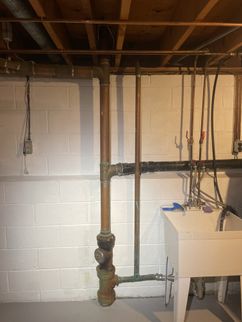
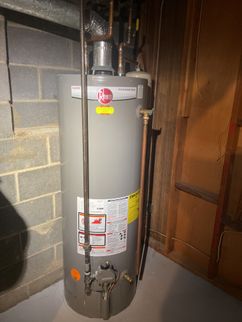

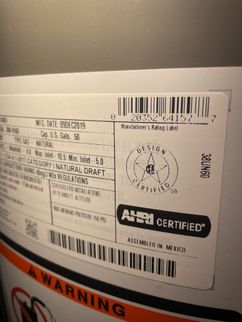
 (1) (1).jpg)
 (1).jpg)
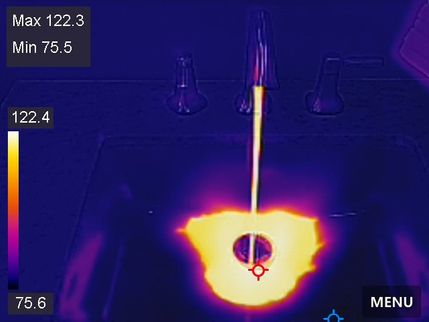

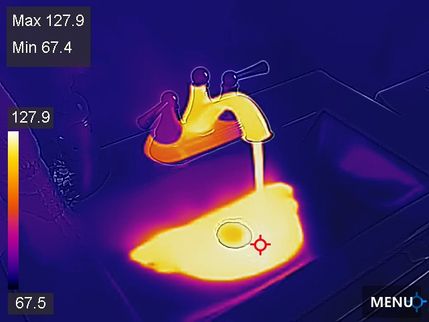
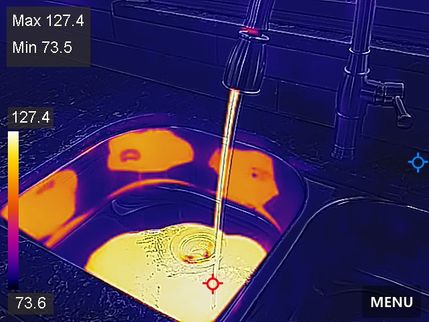
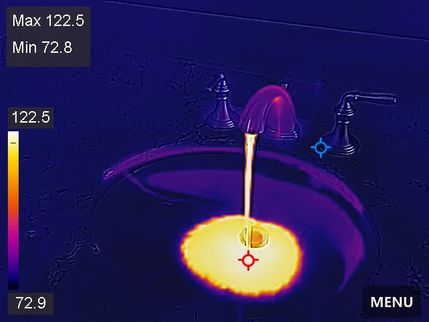
.jpg)
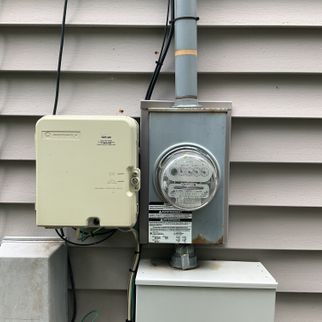
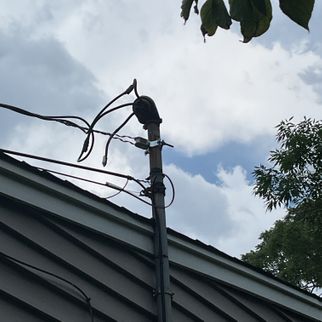
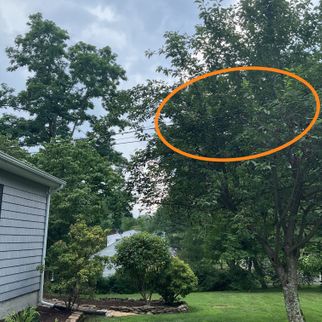
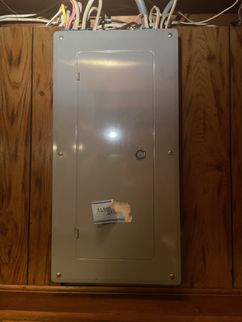
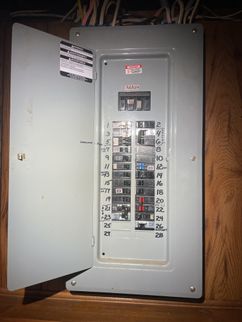
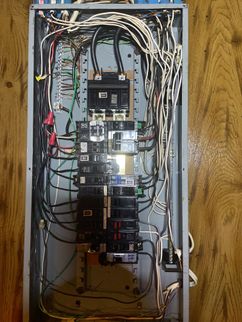
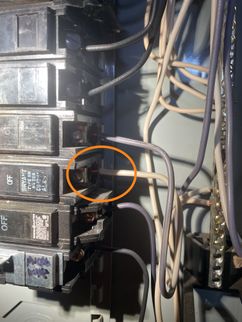
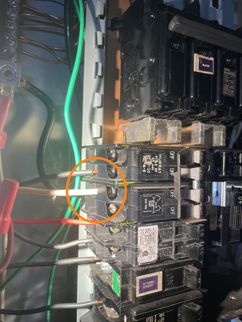
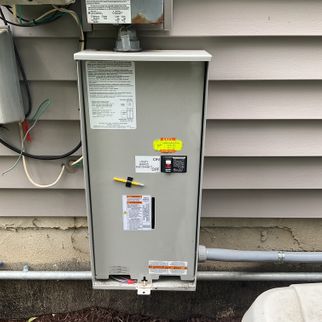
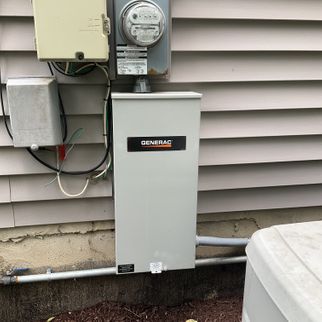

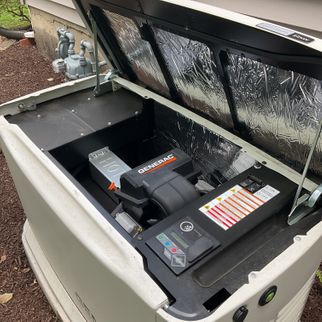
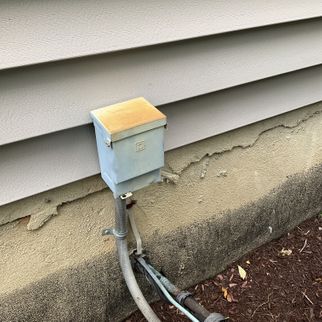
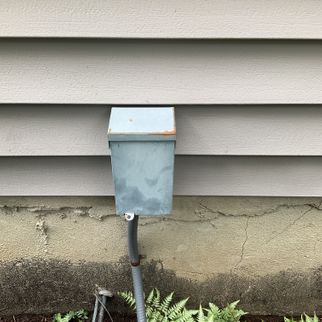
.jpg)
.png)
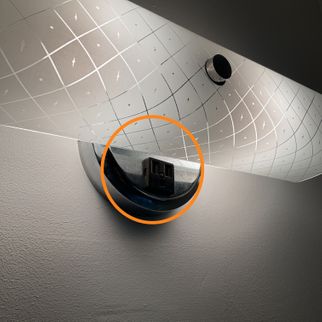
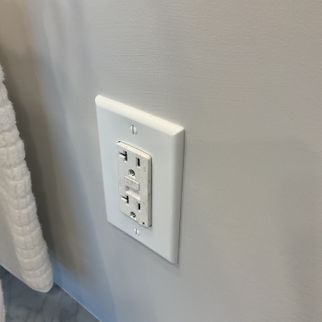
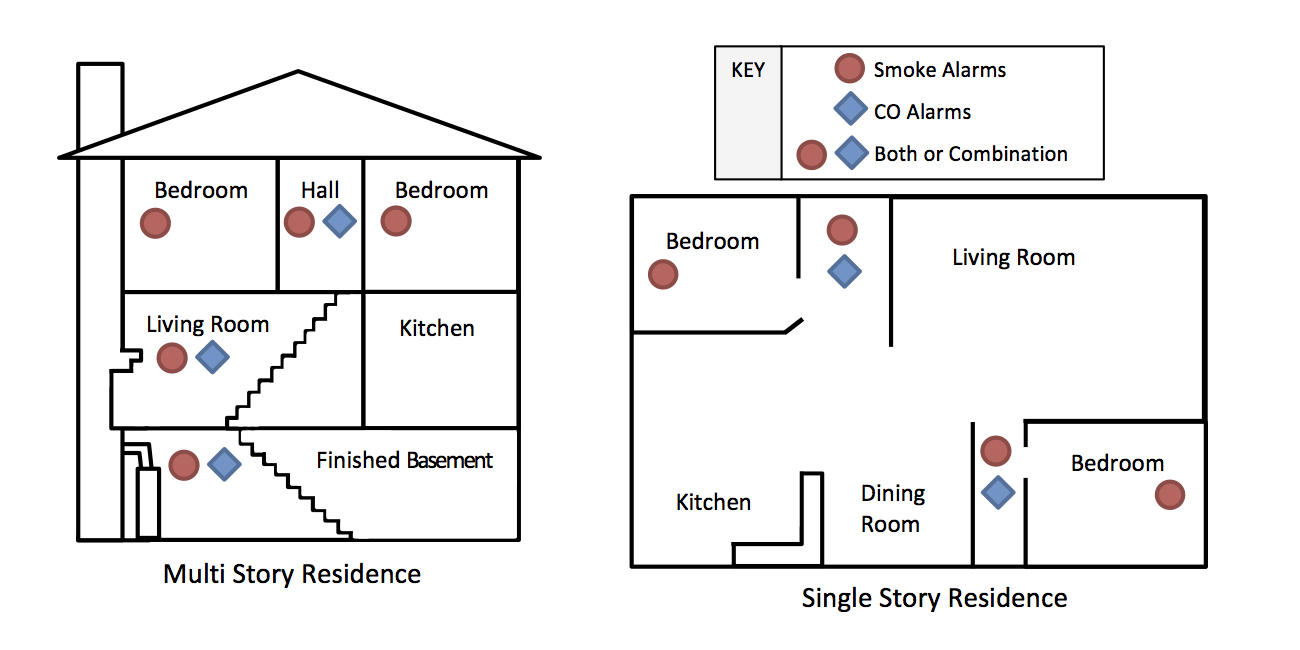
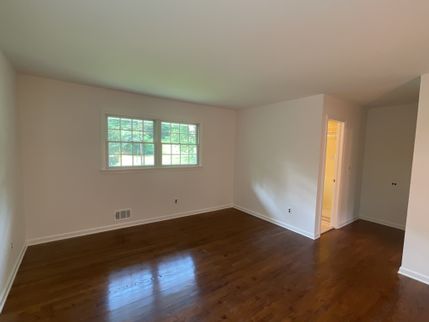
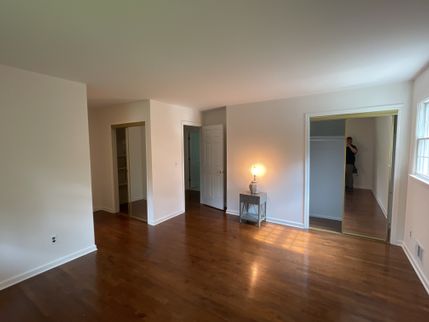
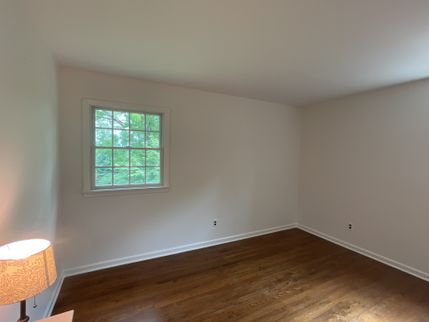
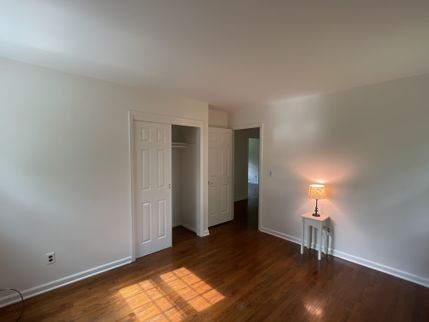
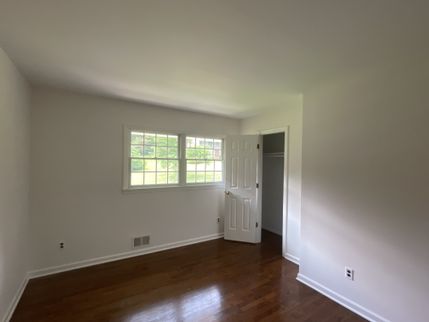
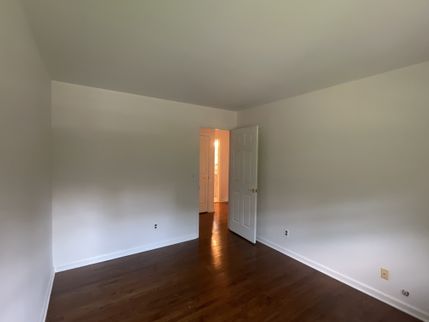
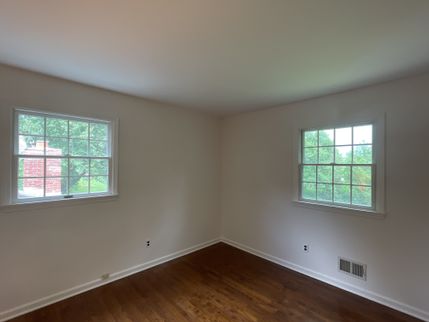

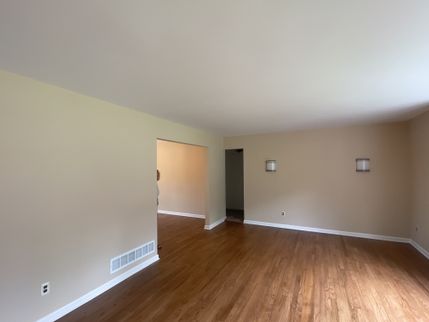
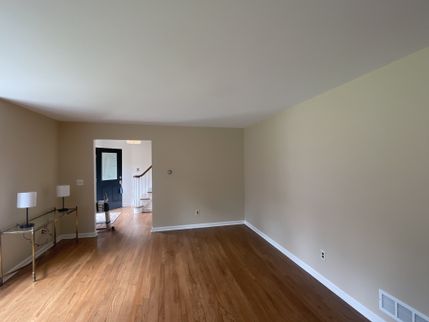
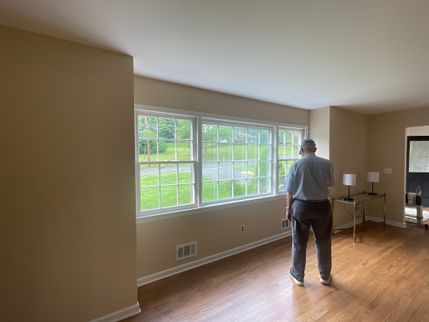
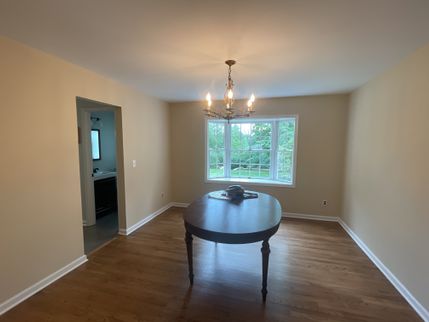
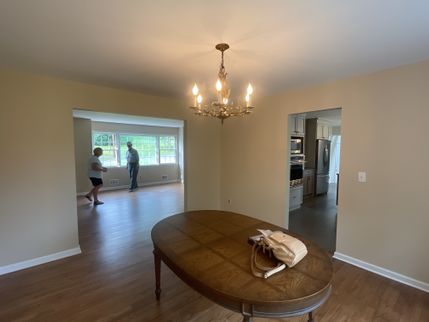
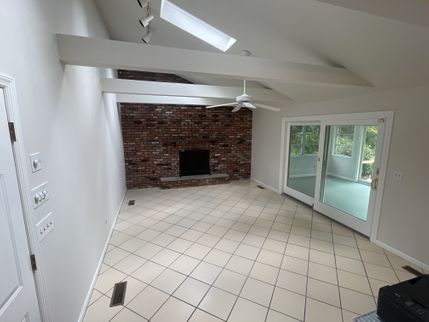
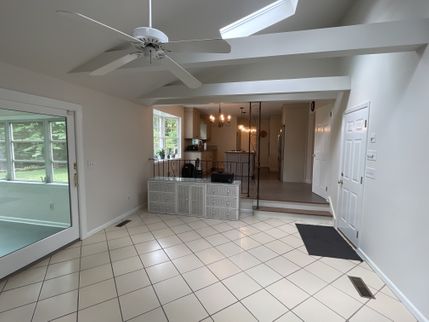
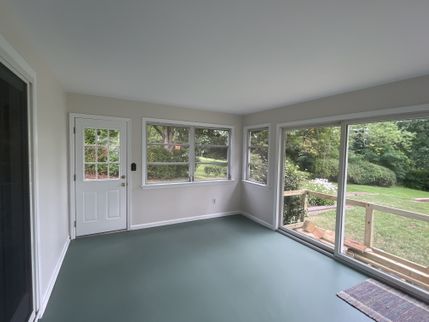

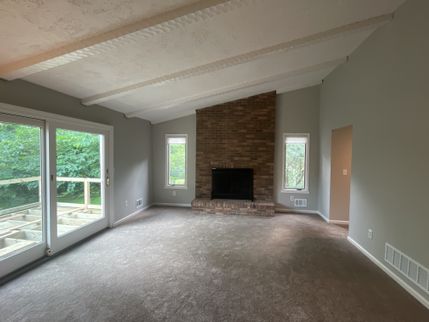
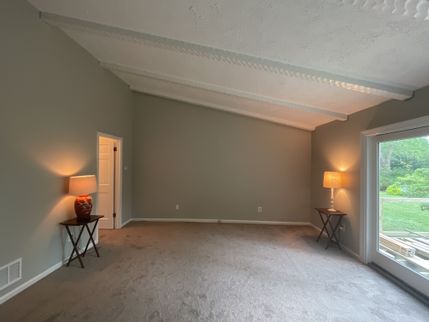
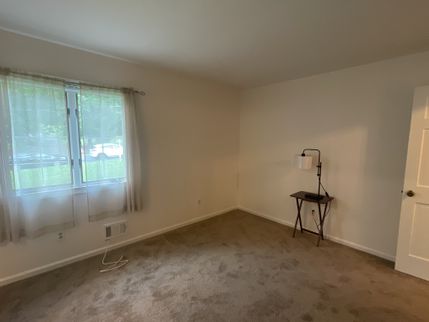
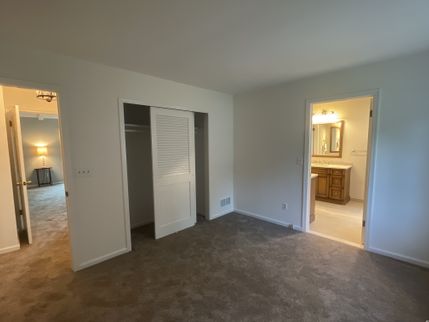
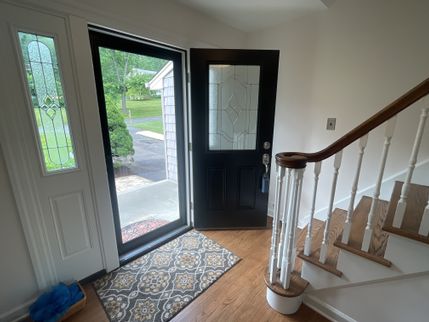
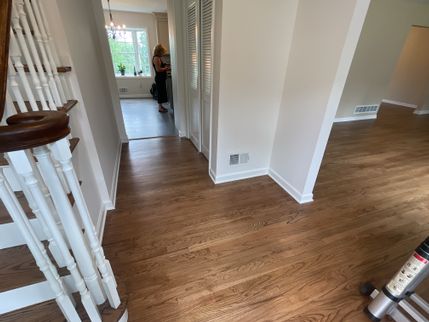
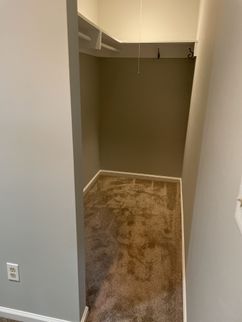
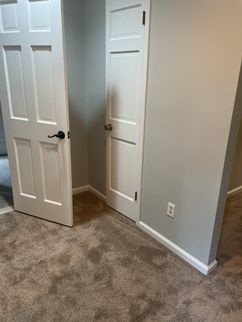
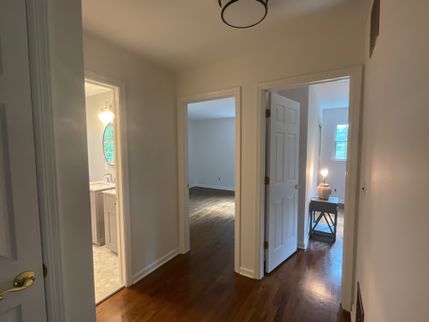
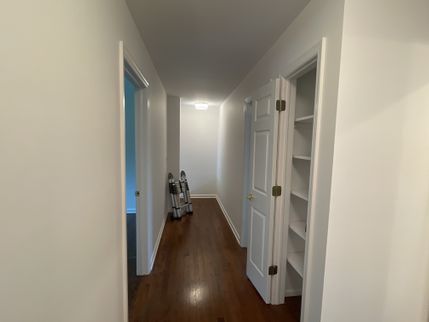
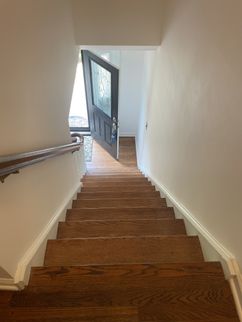
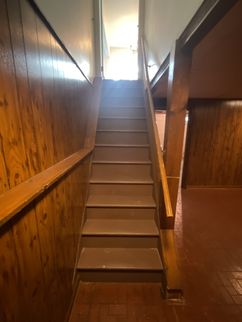
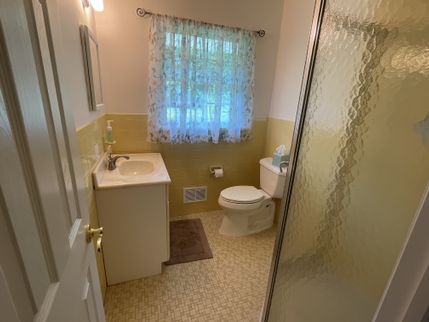
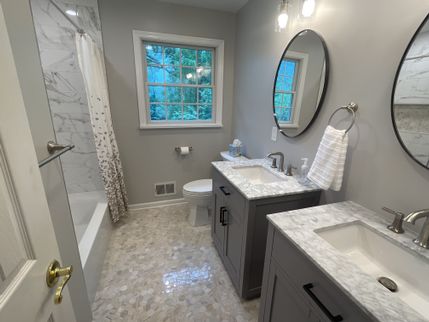
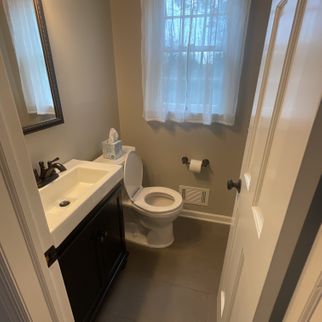
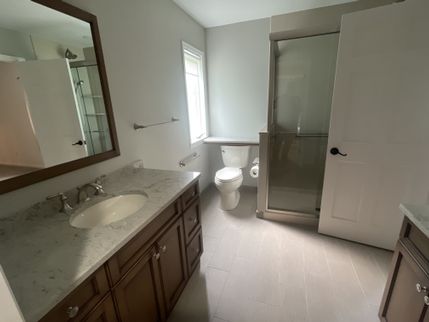
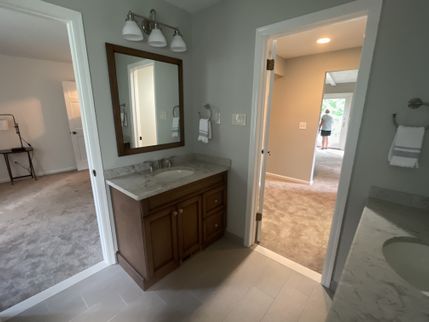

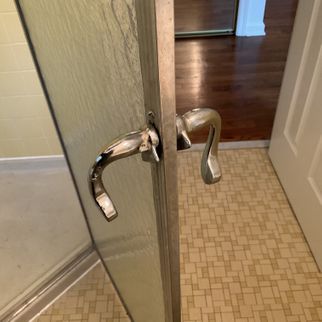
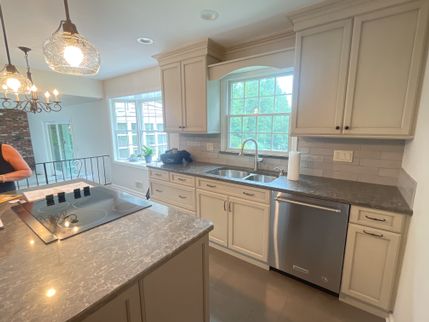
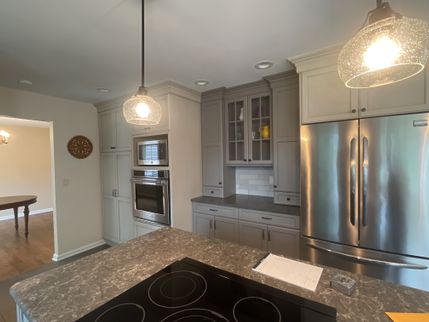
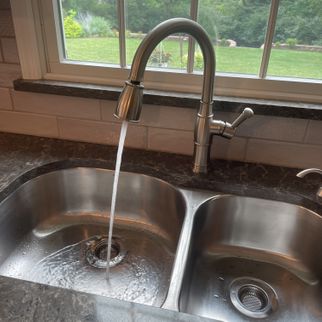
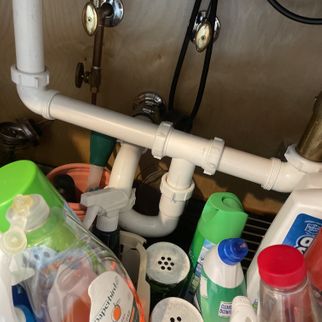
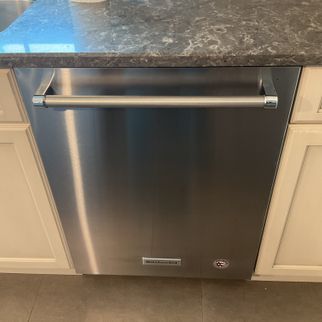
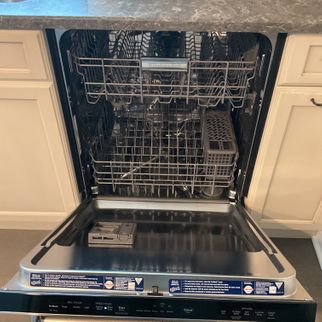
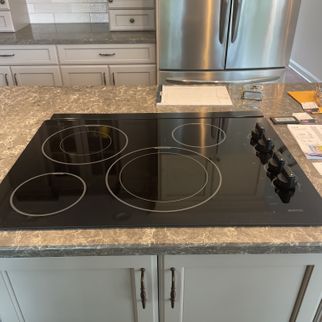
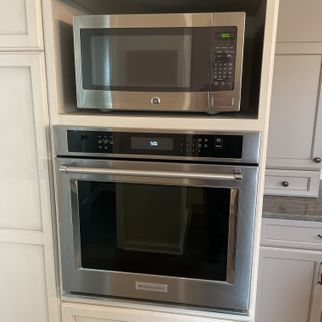
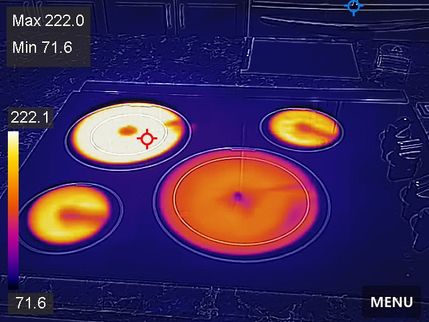
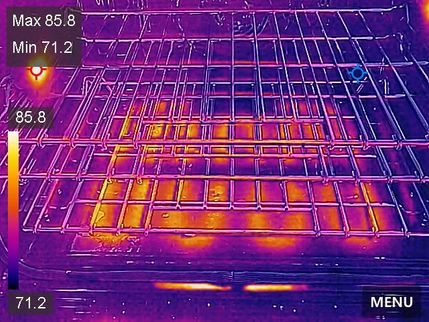
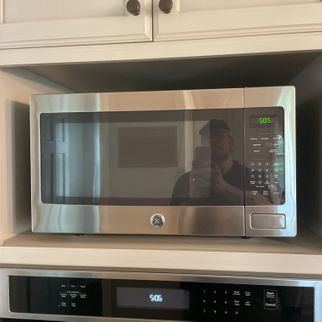
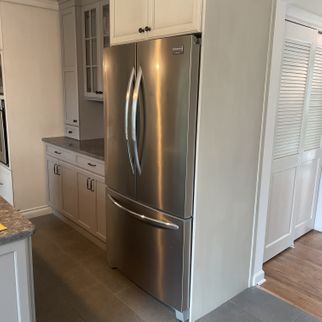

.png)
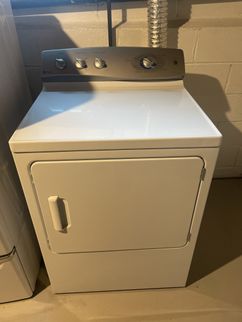
.png)
